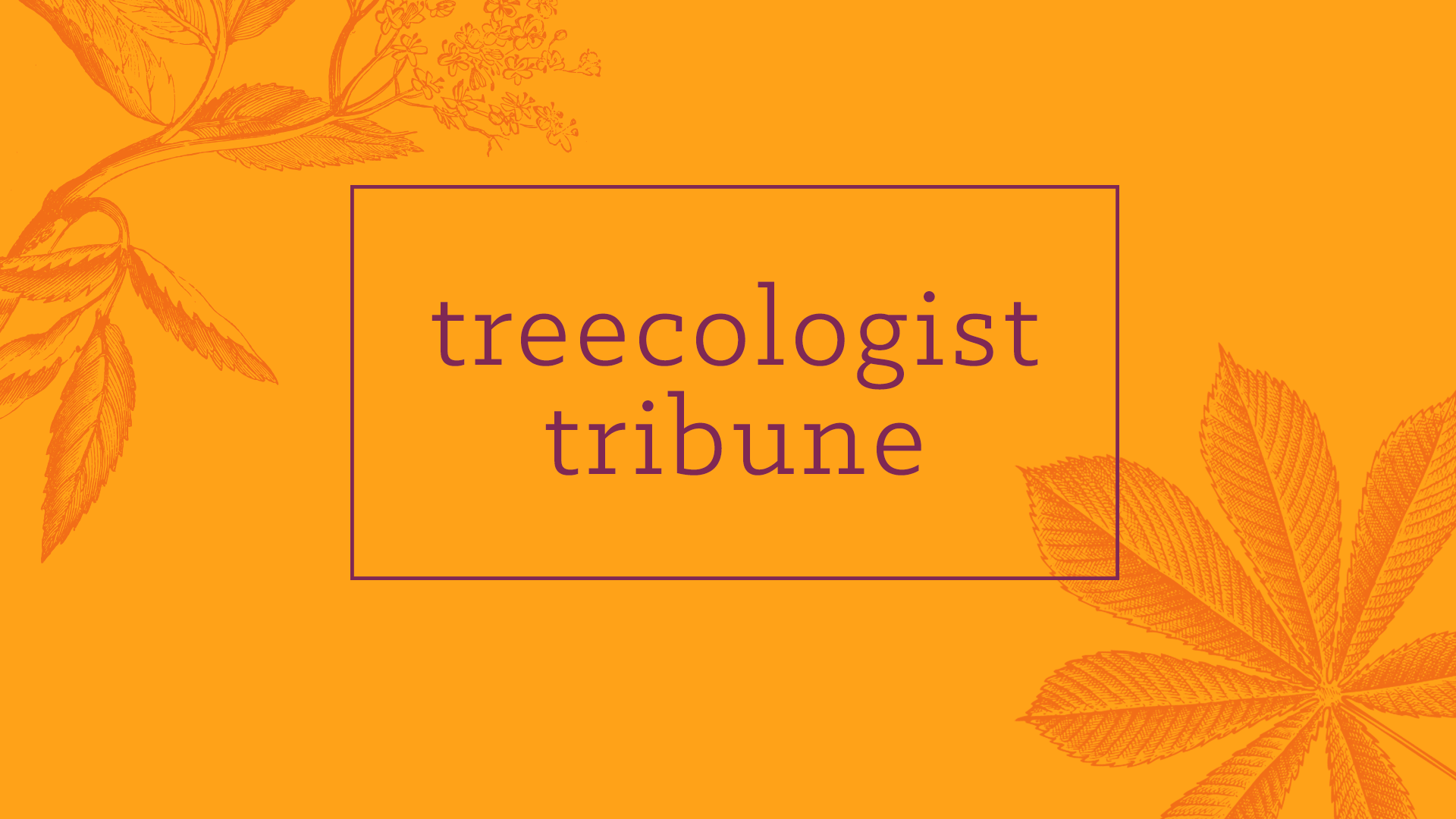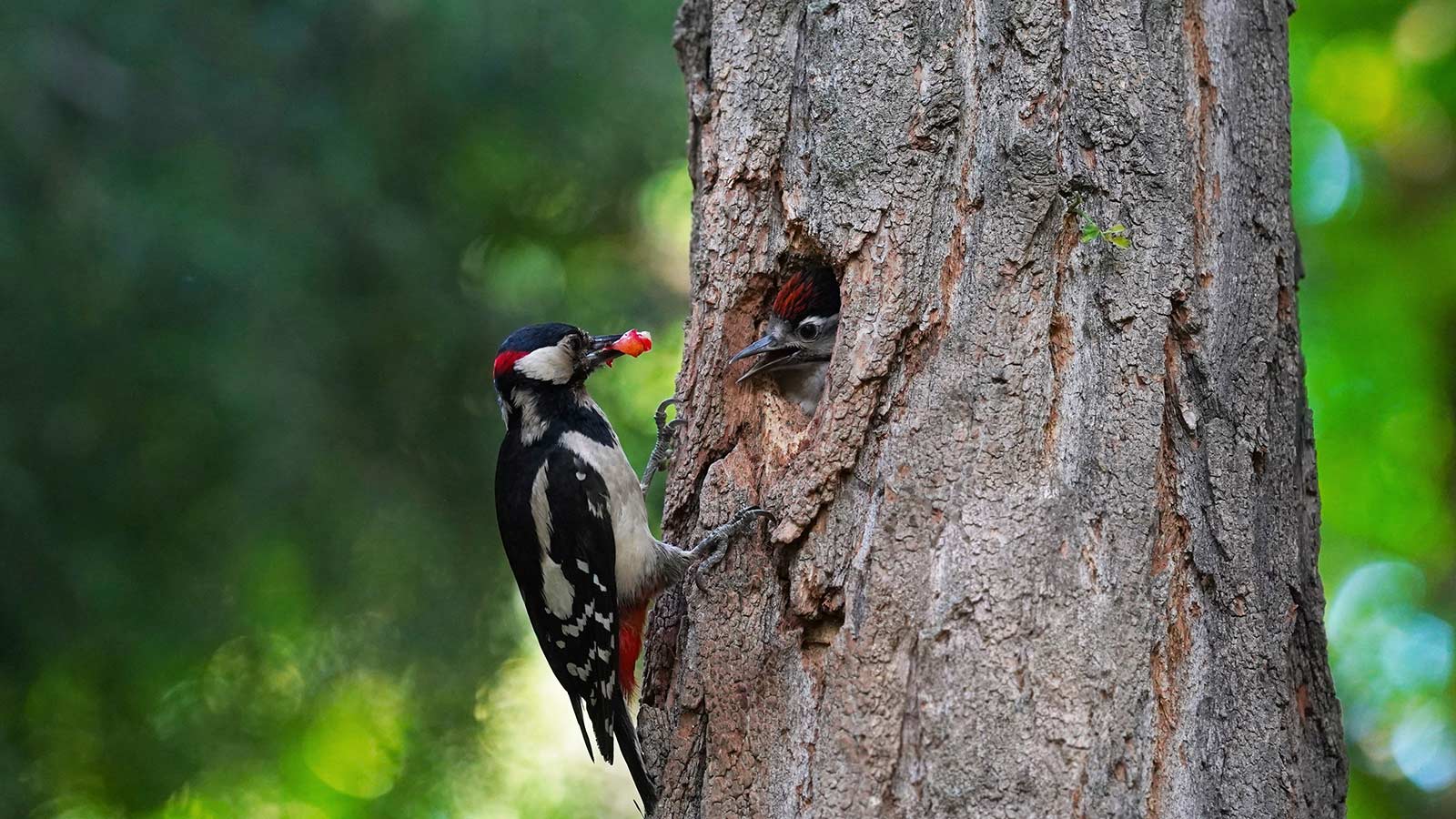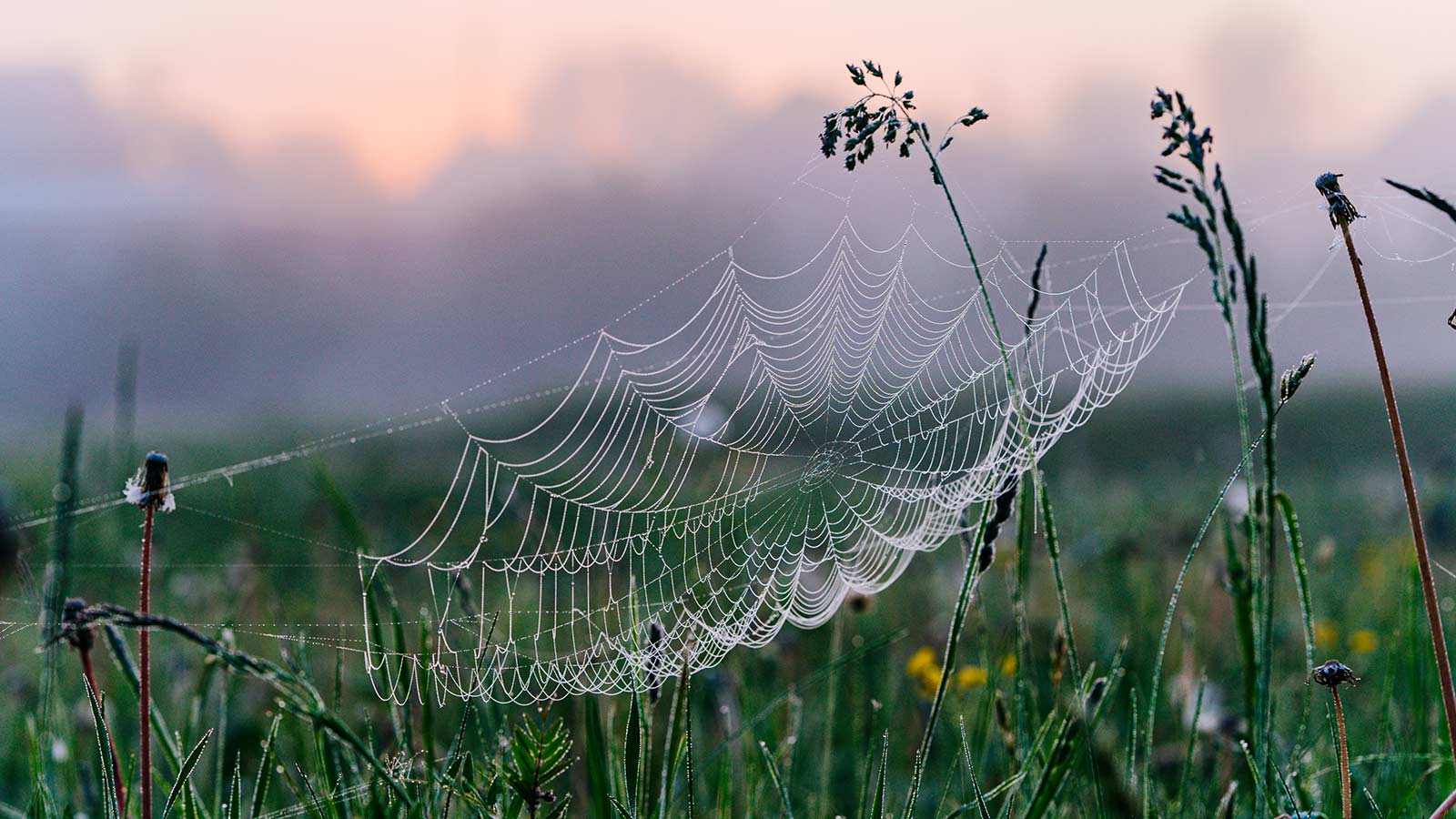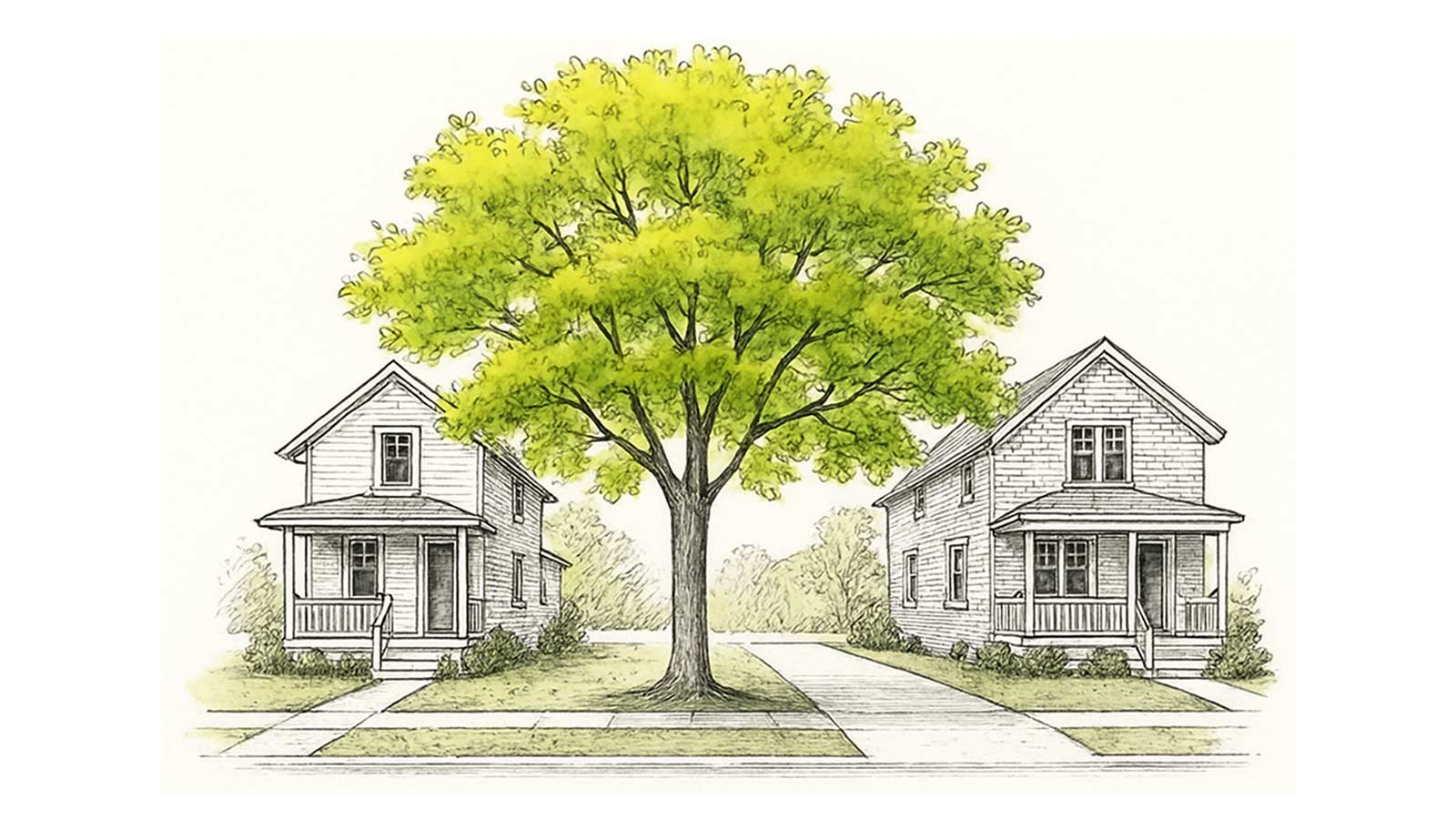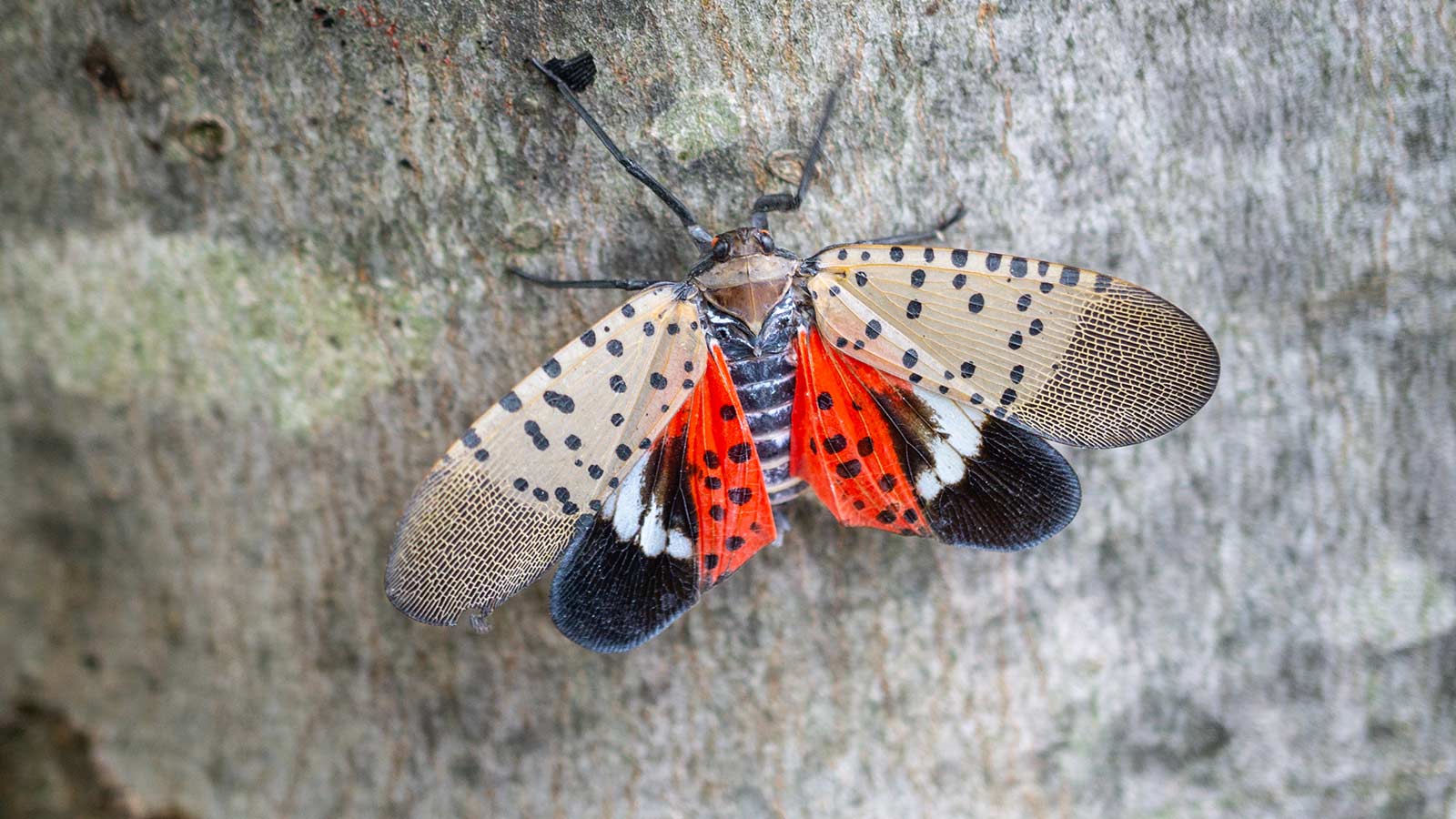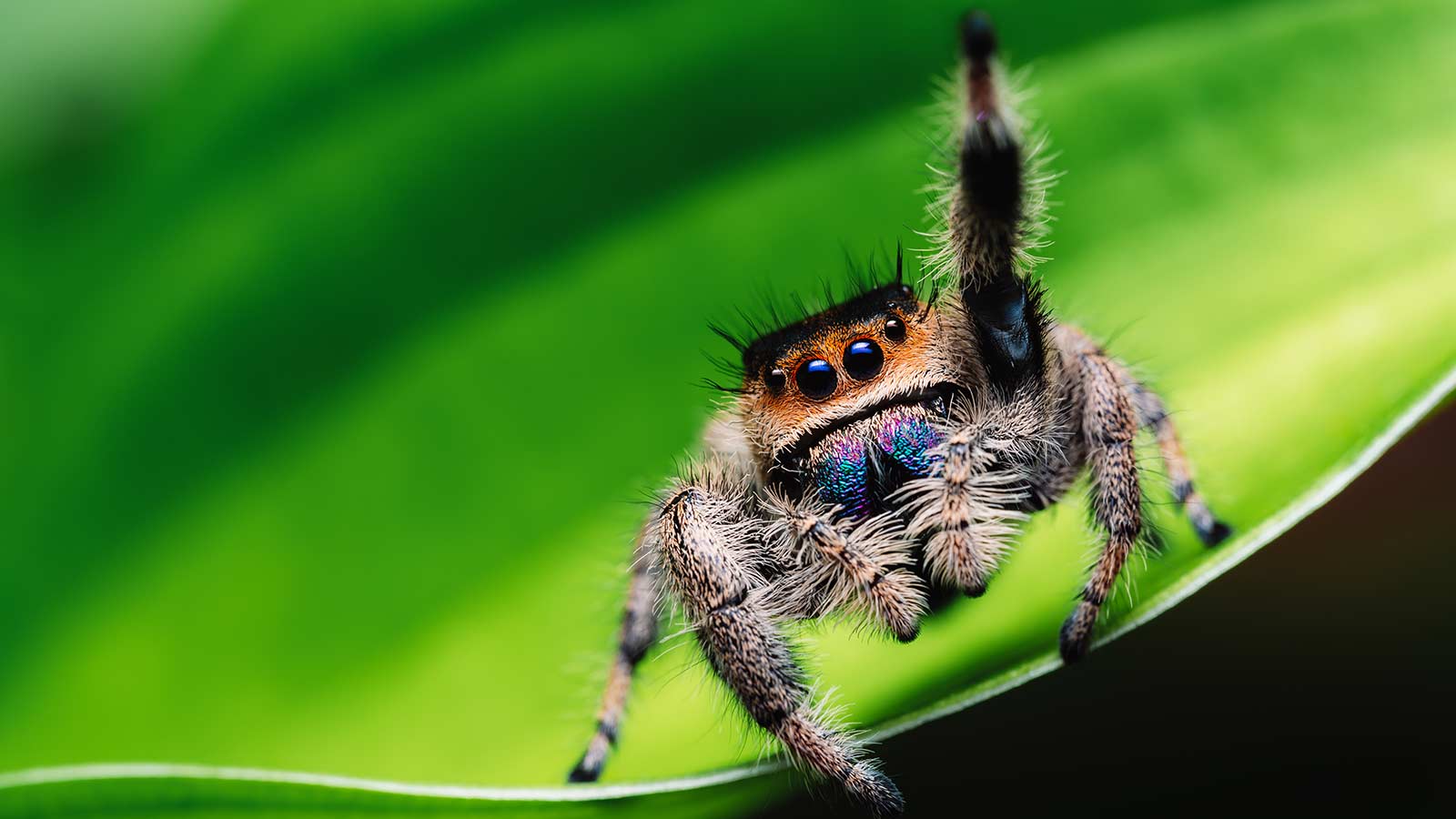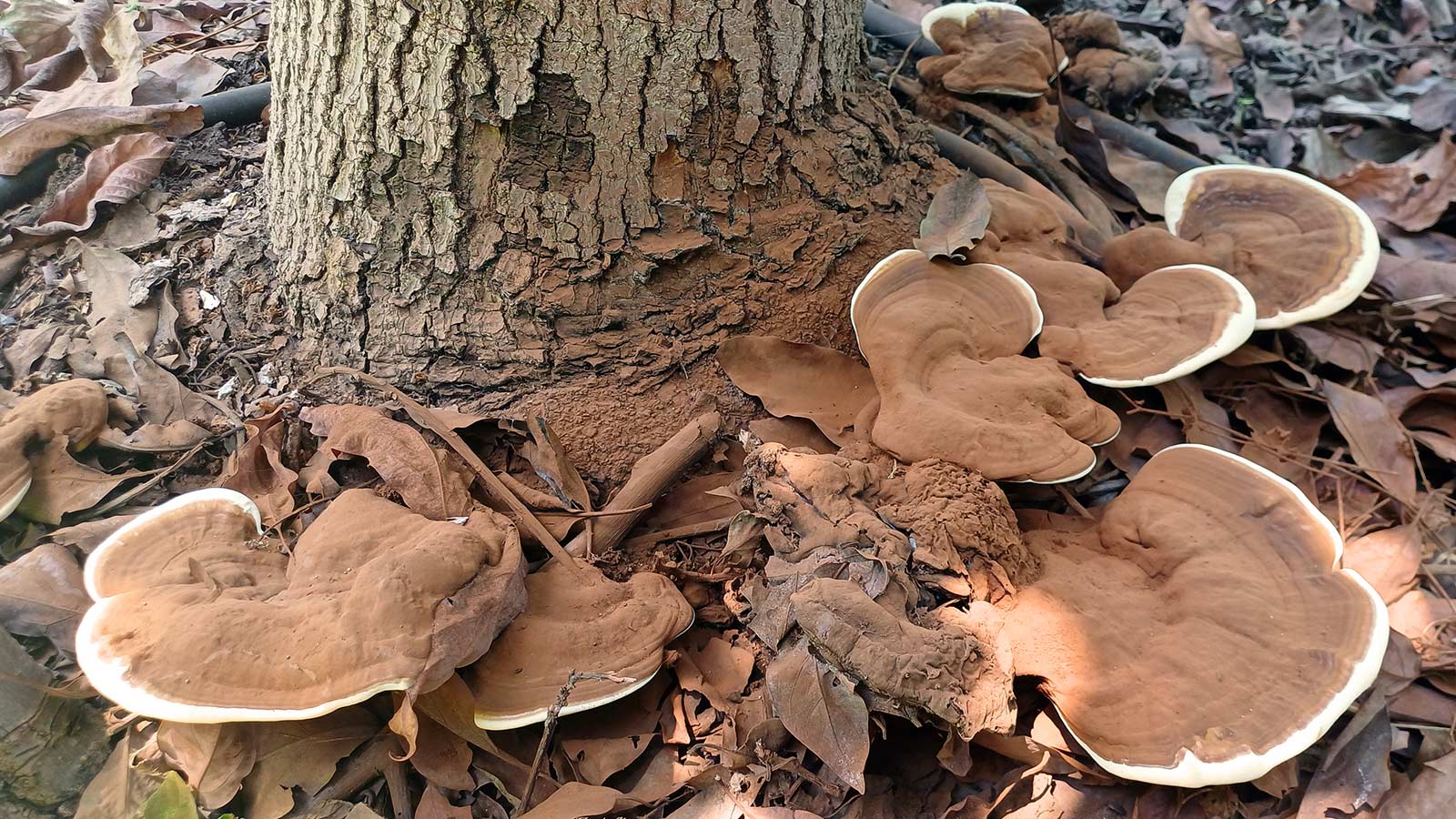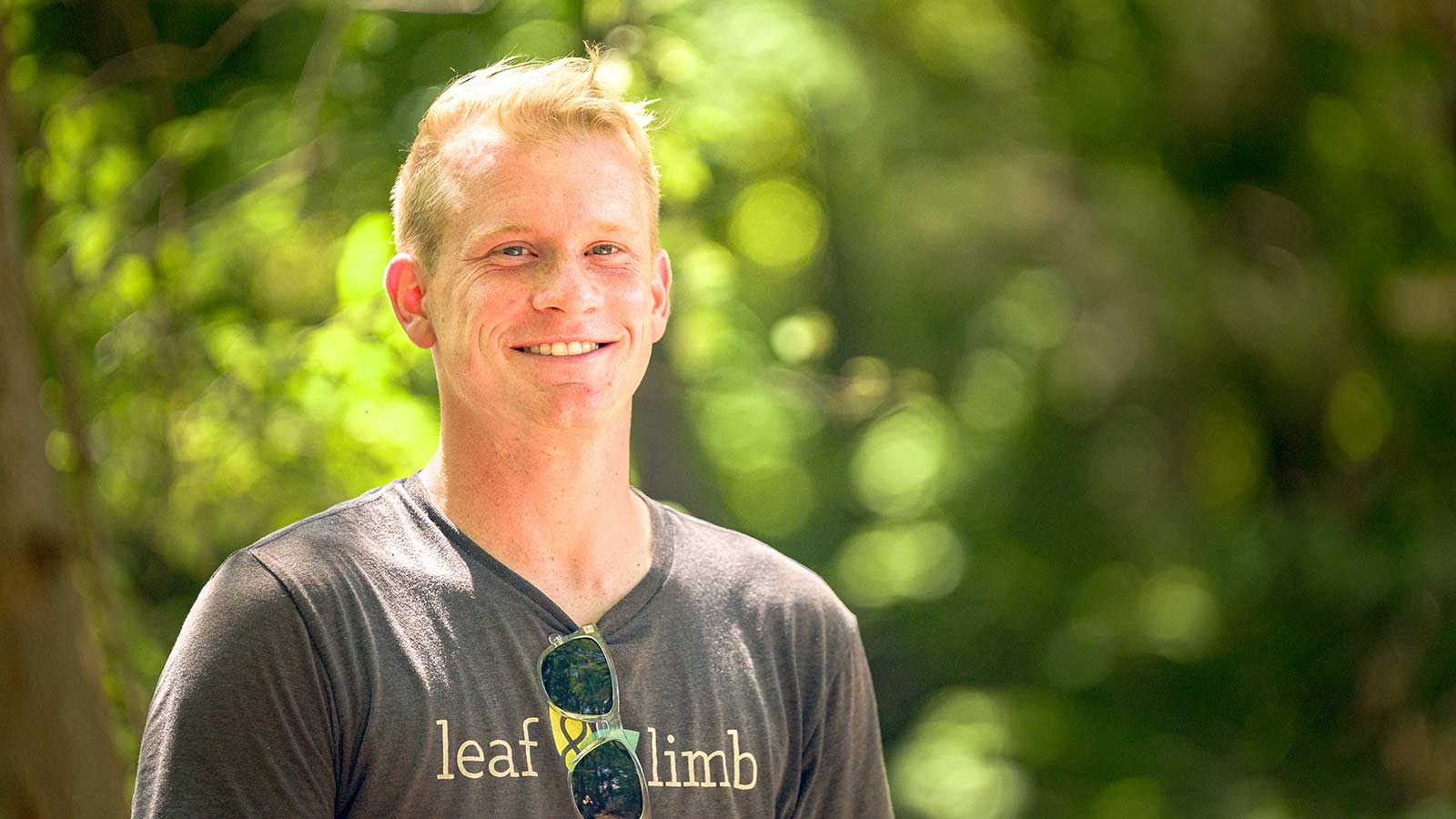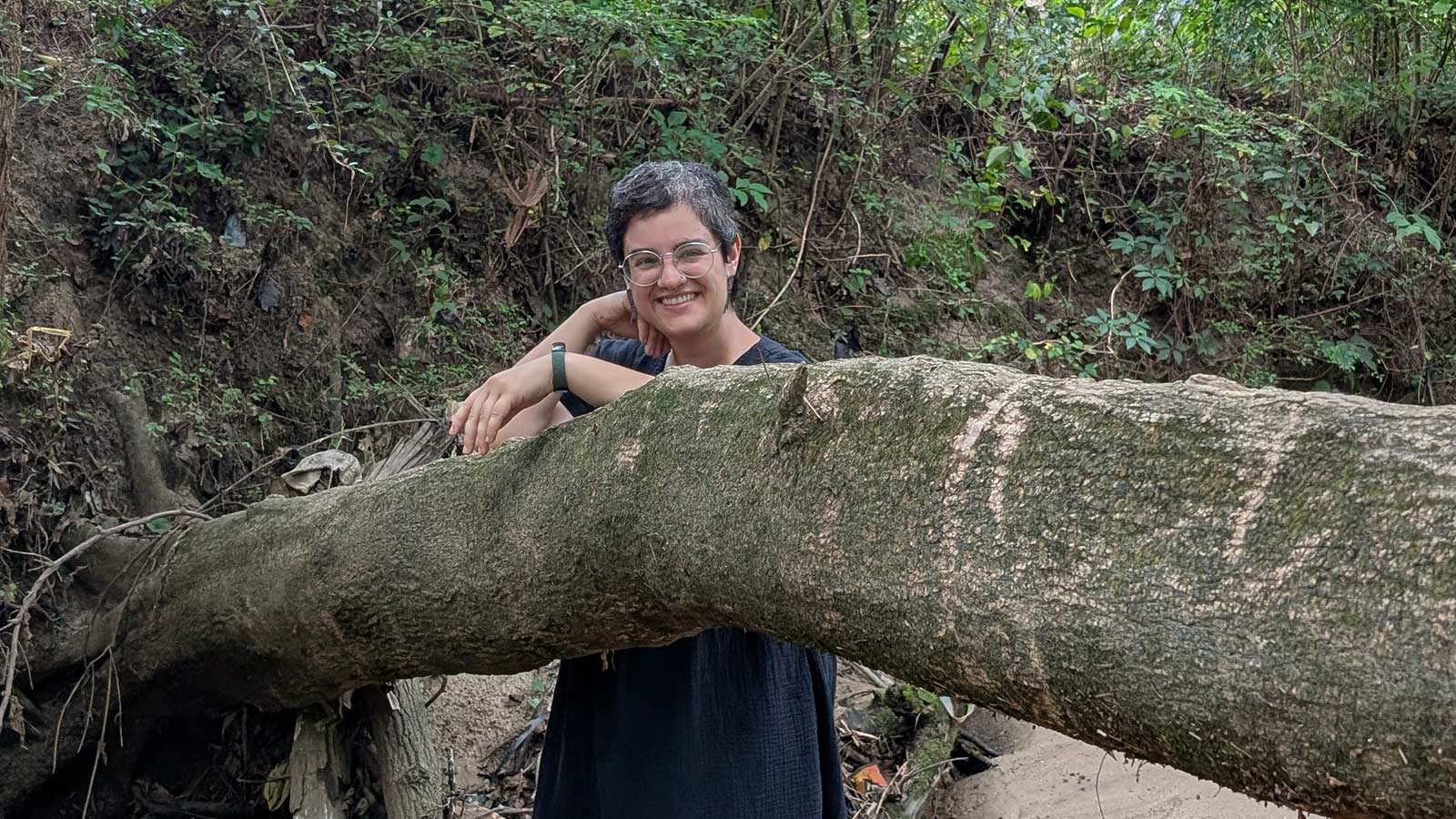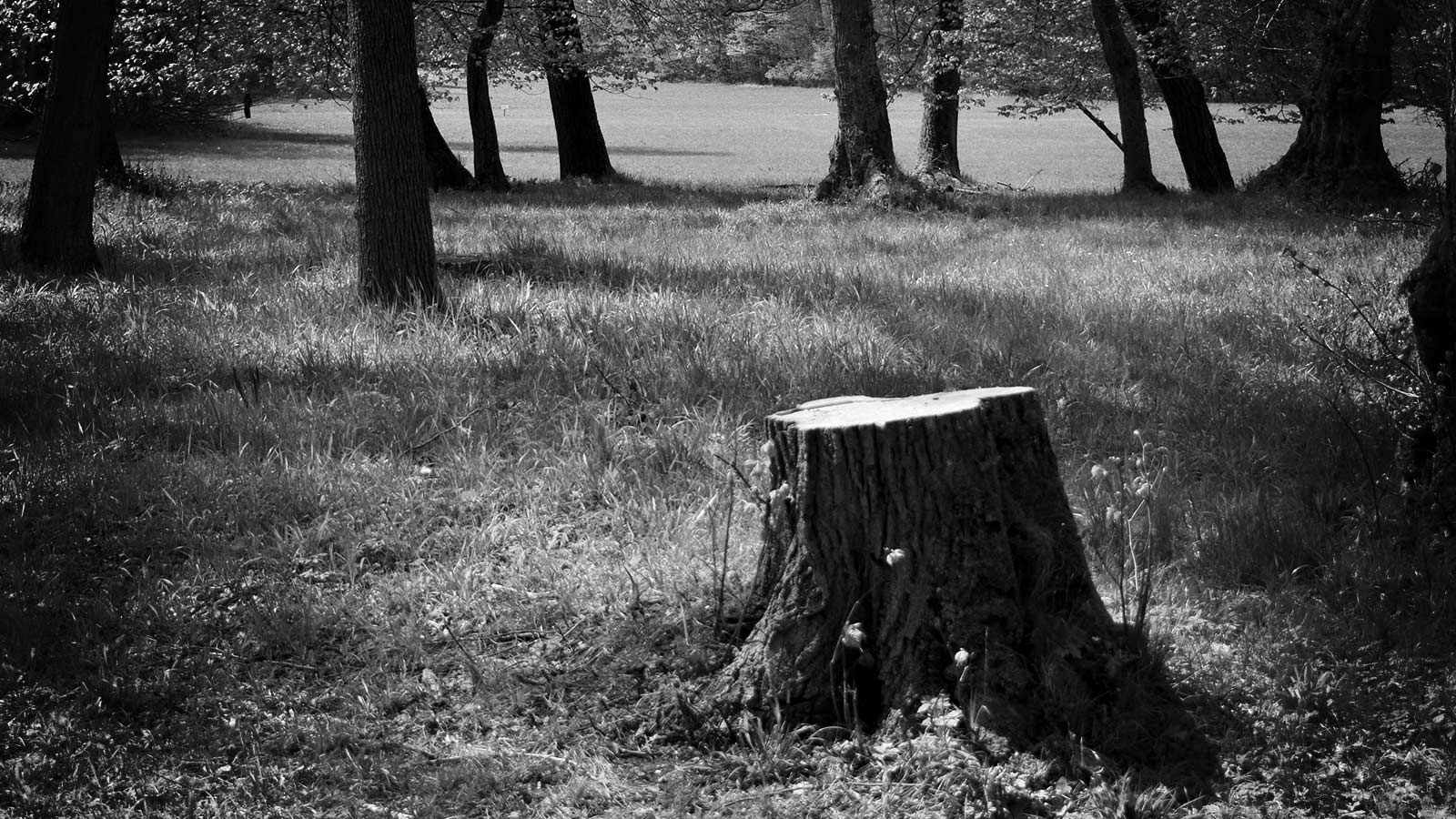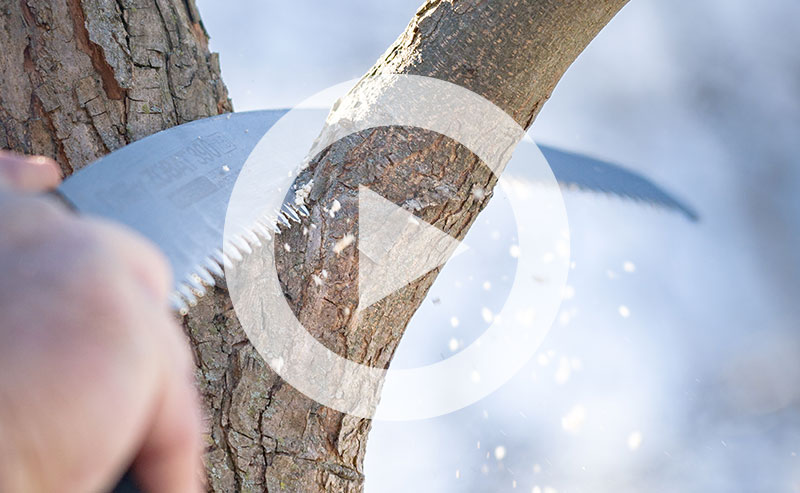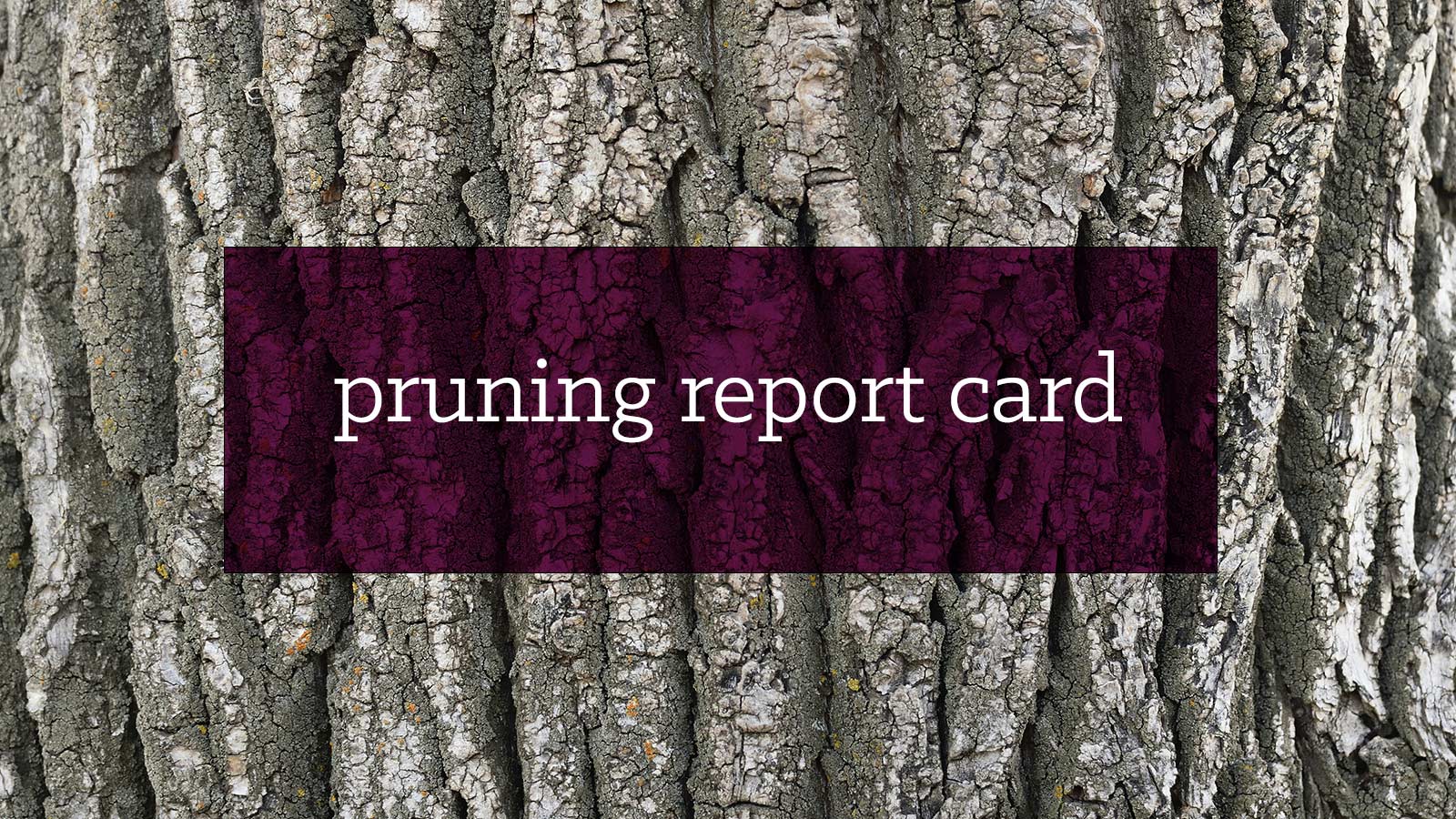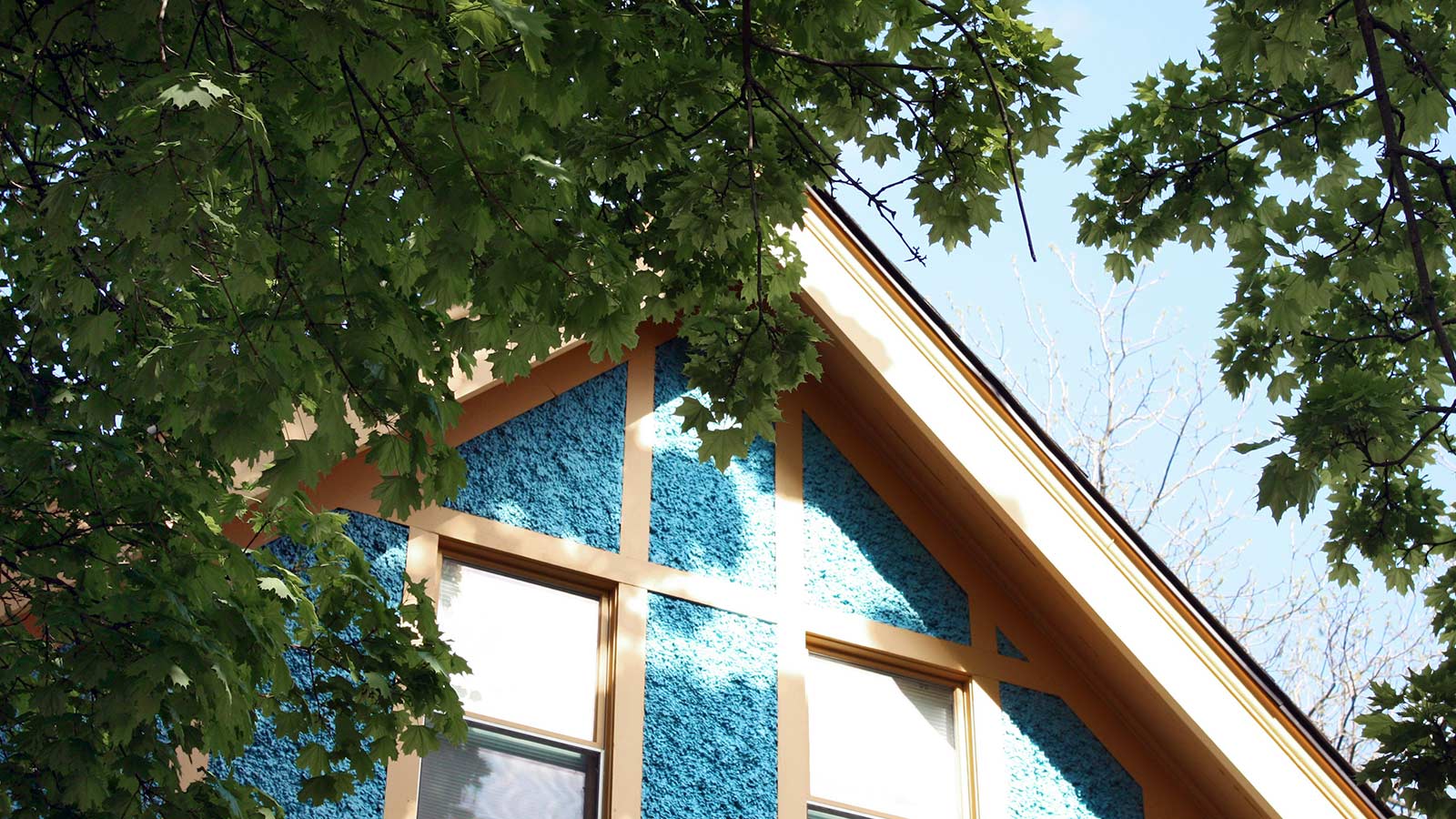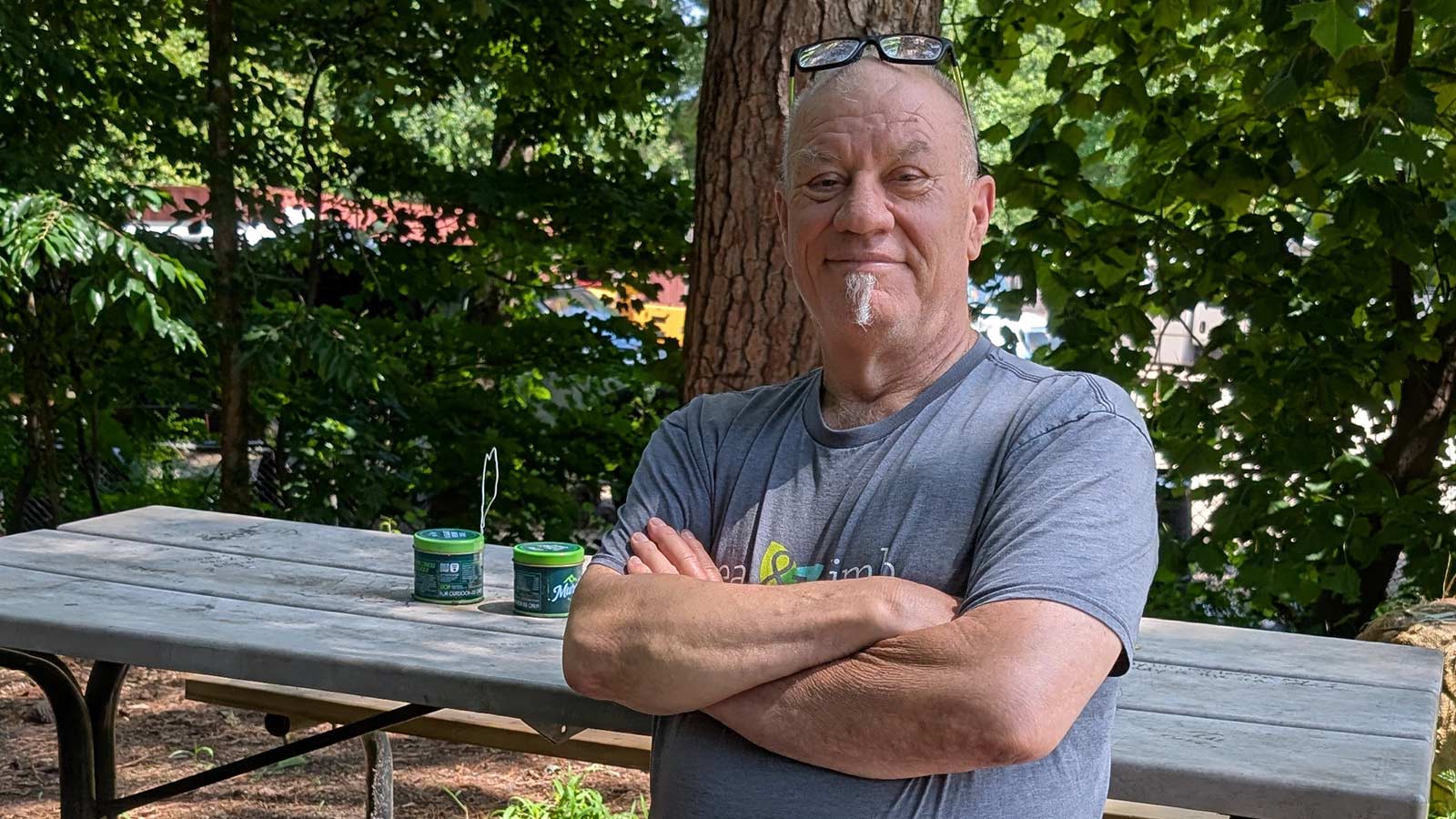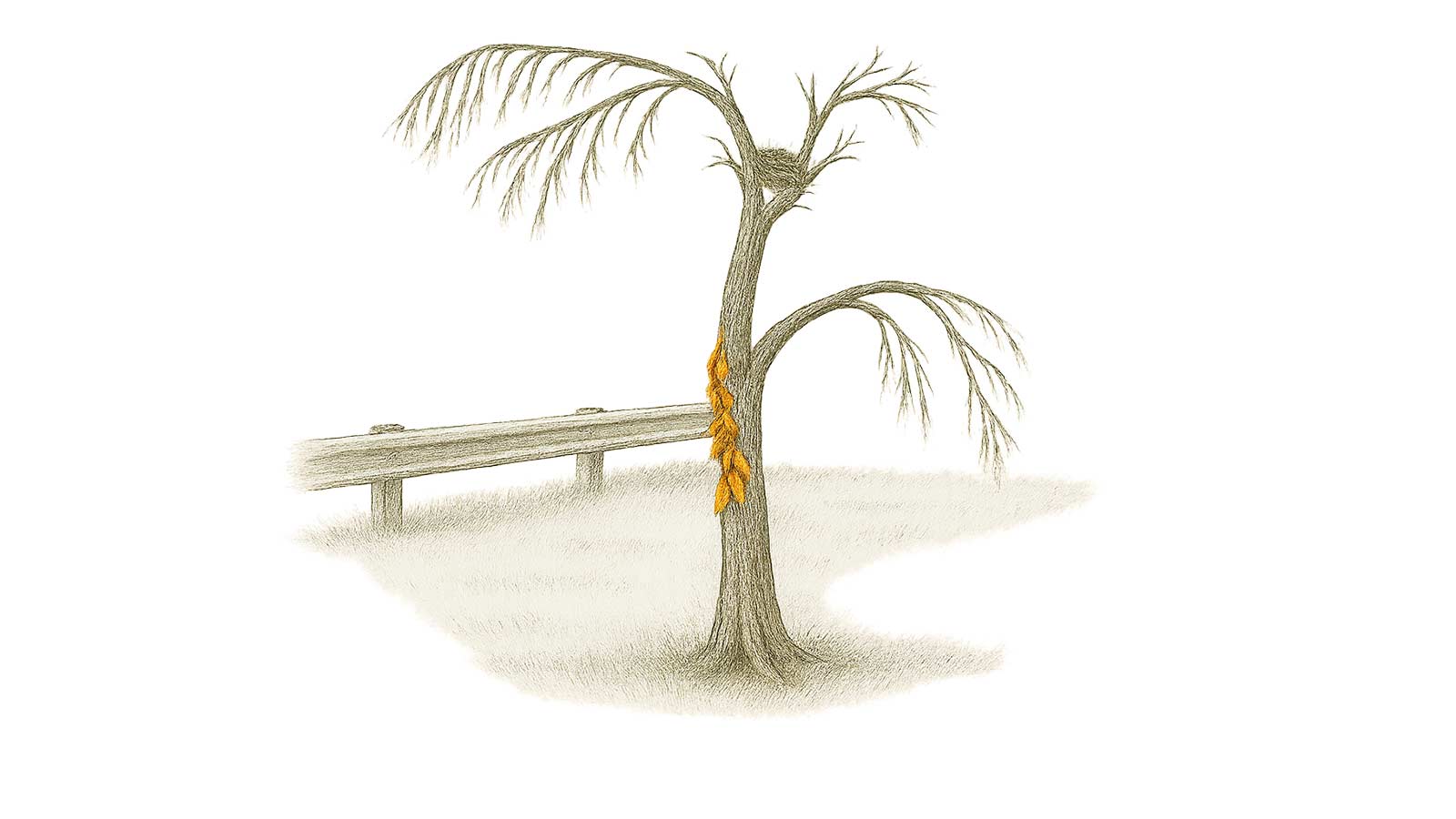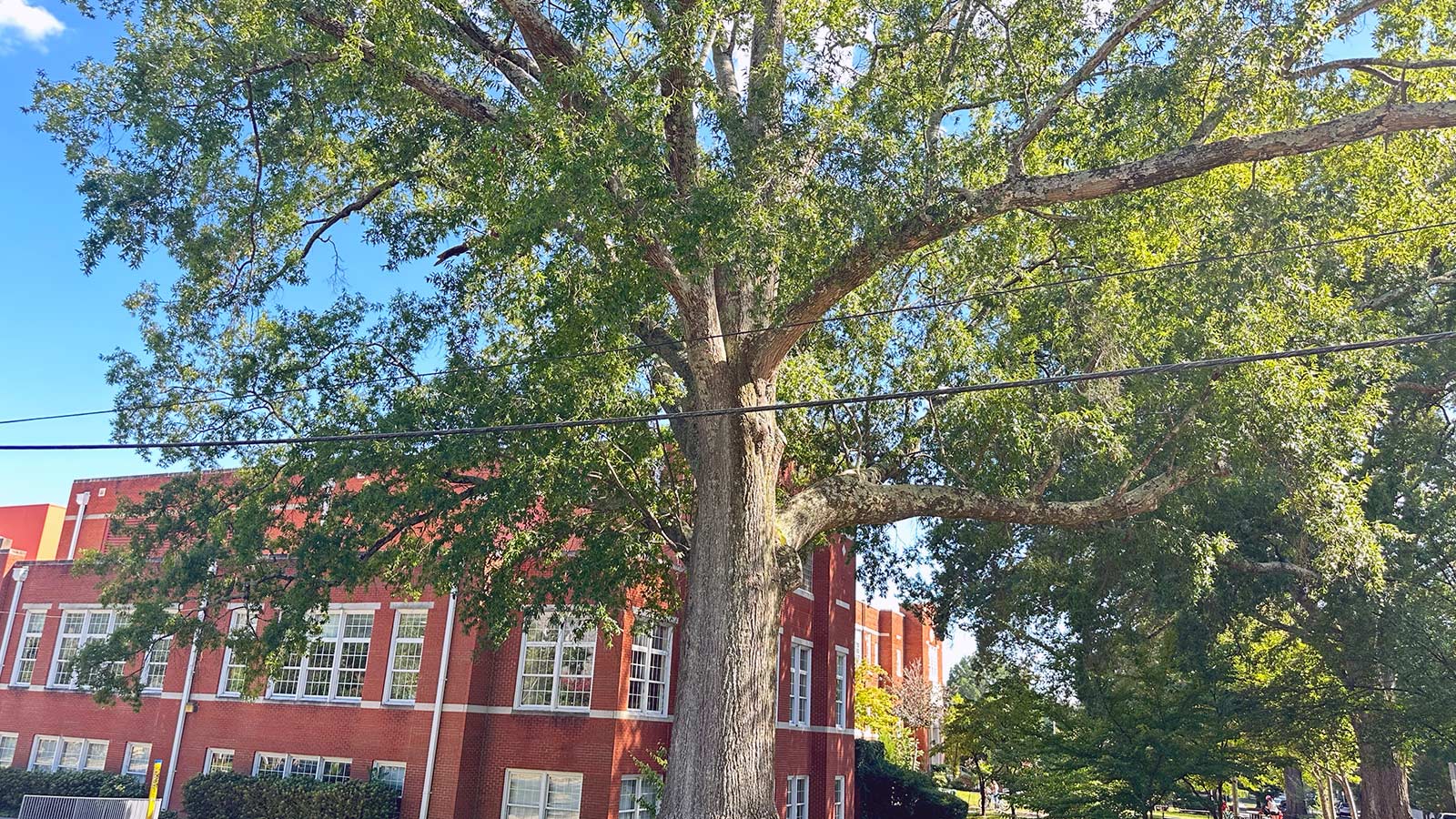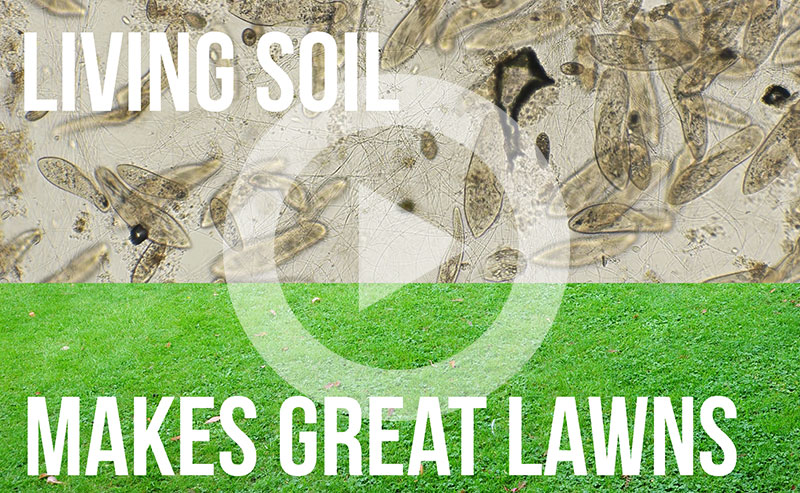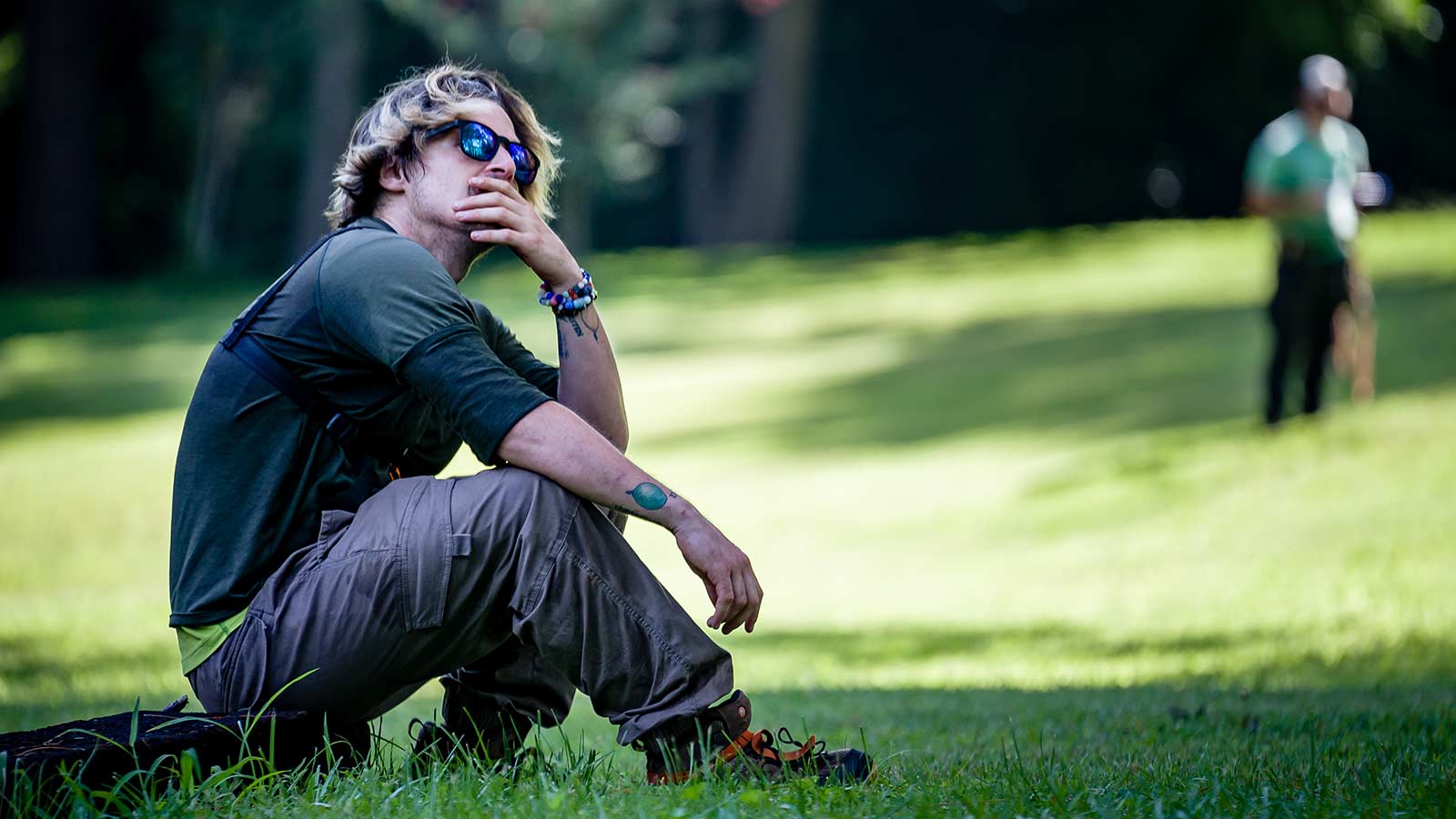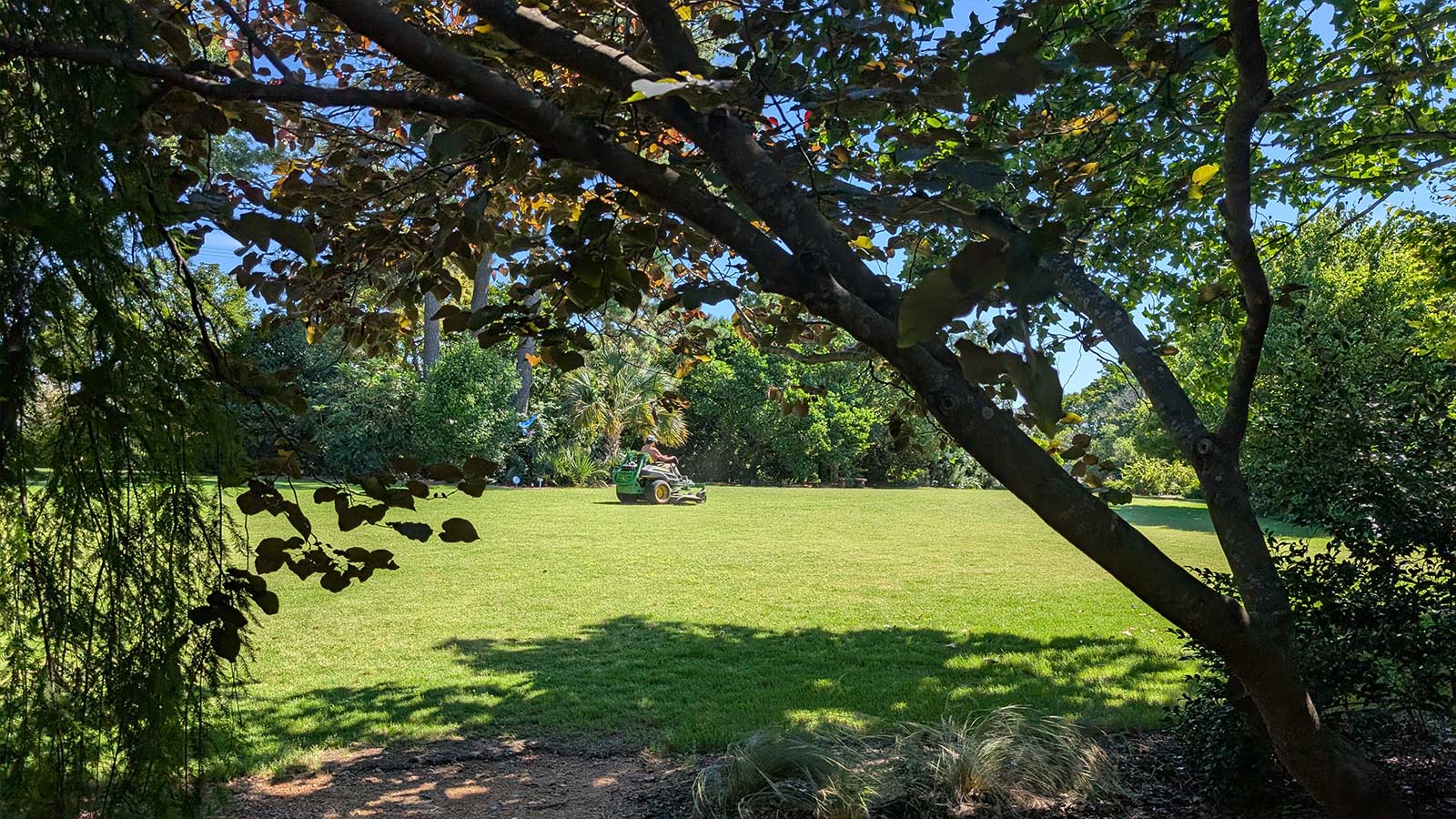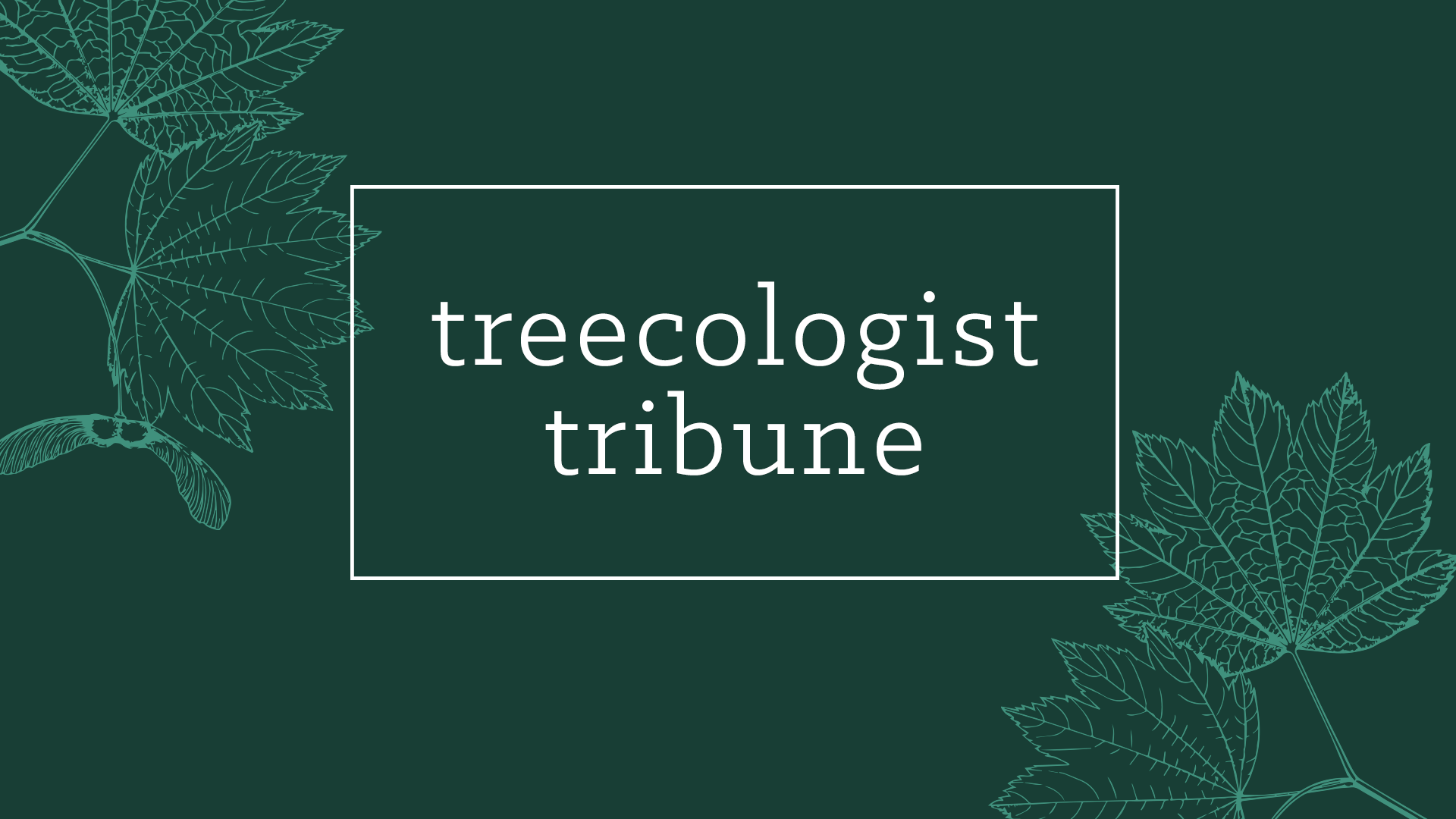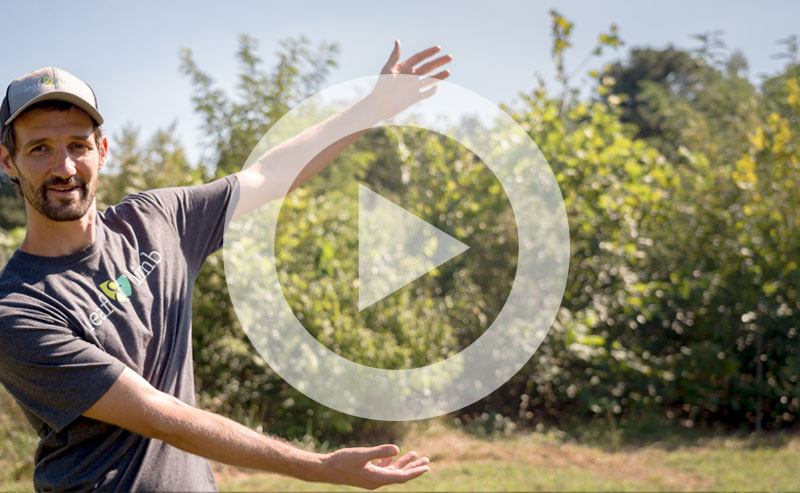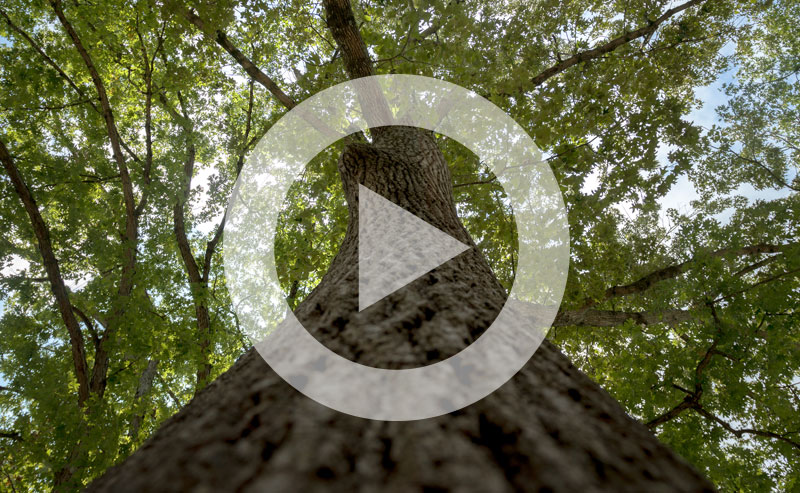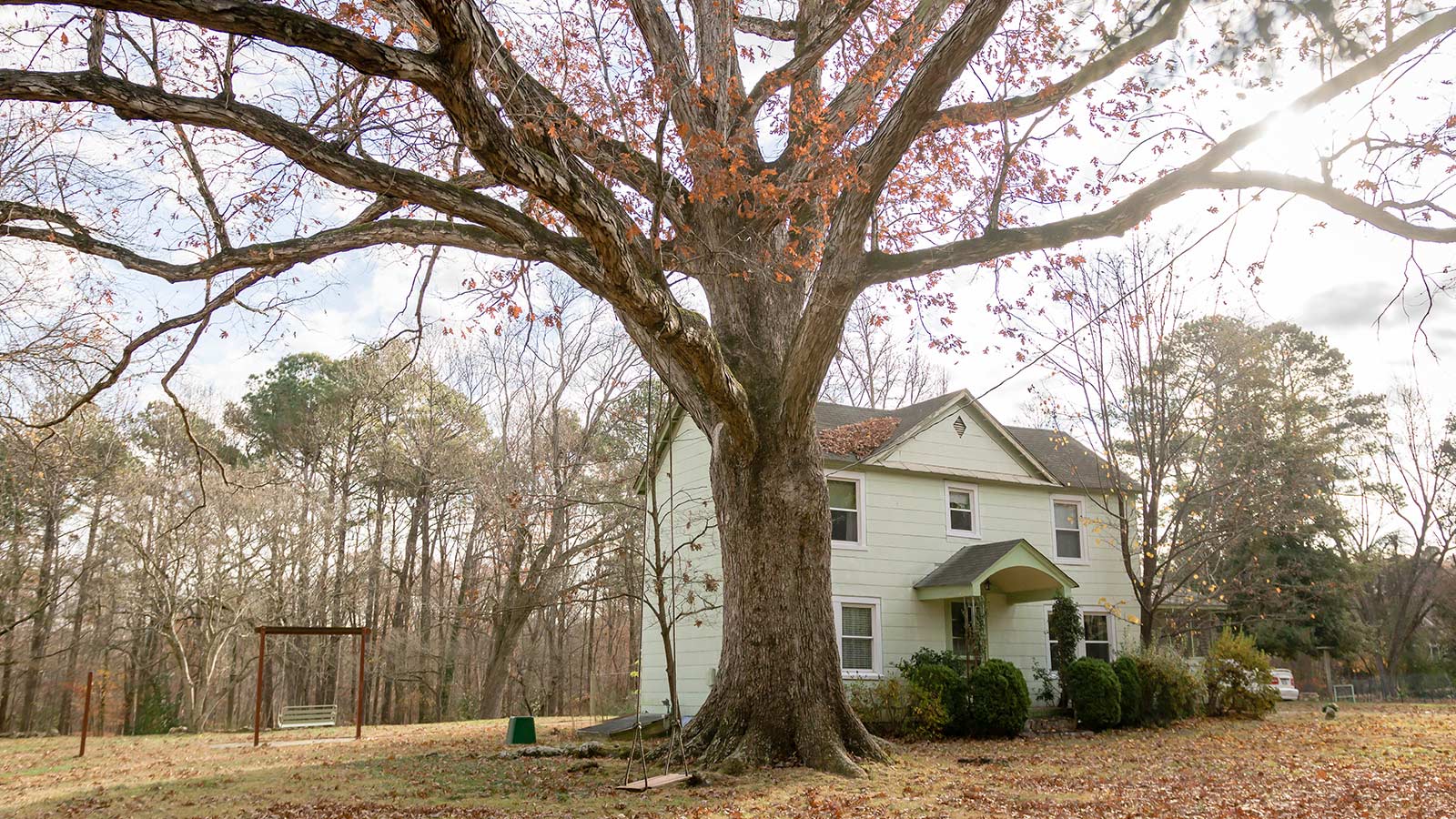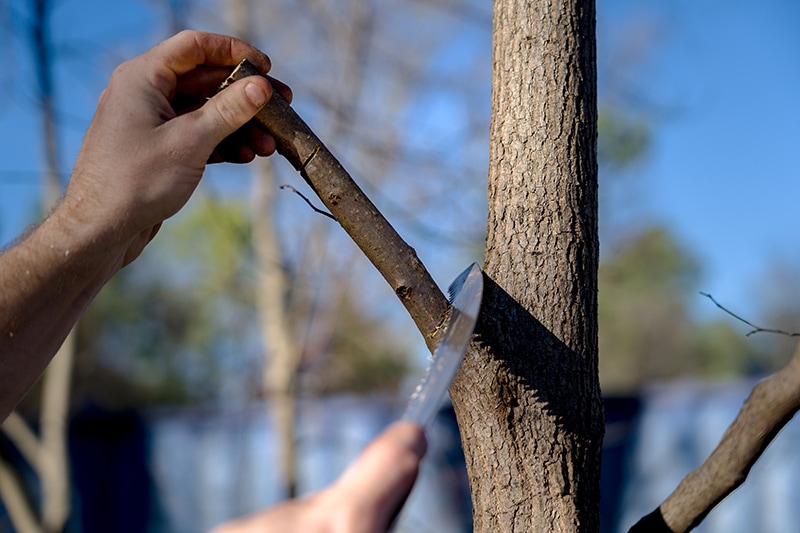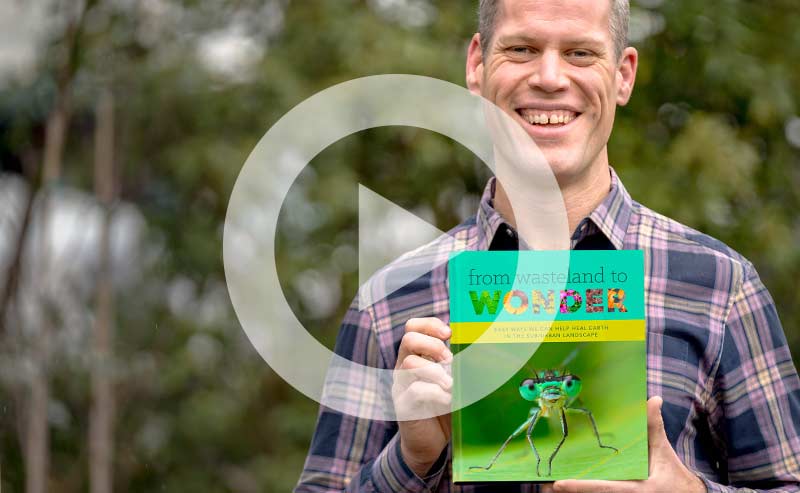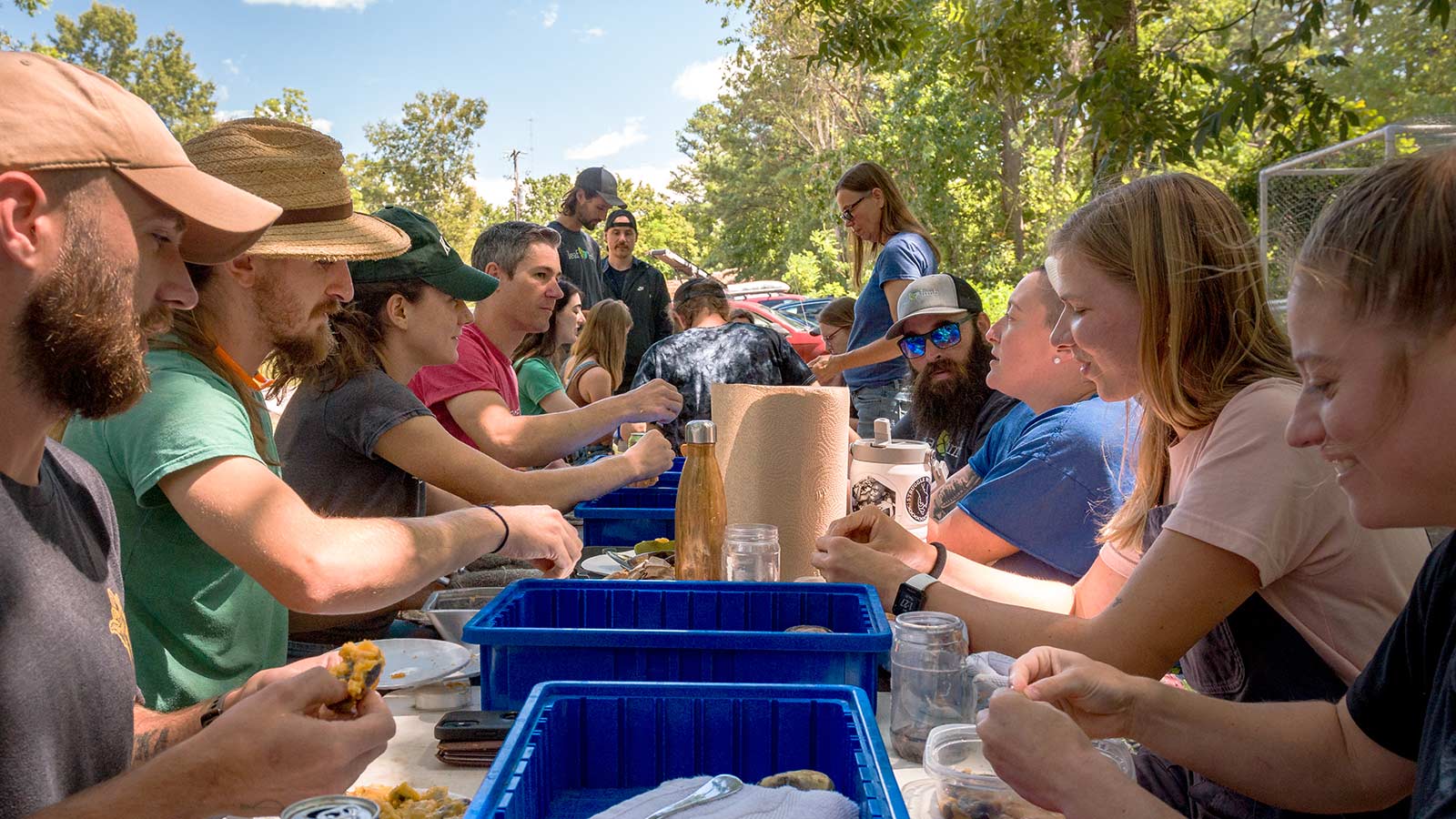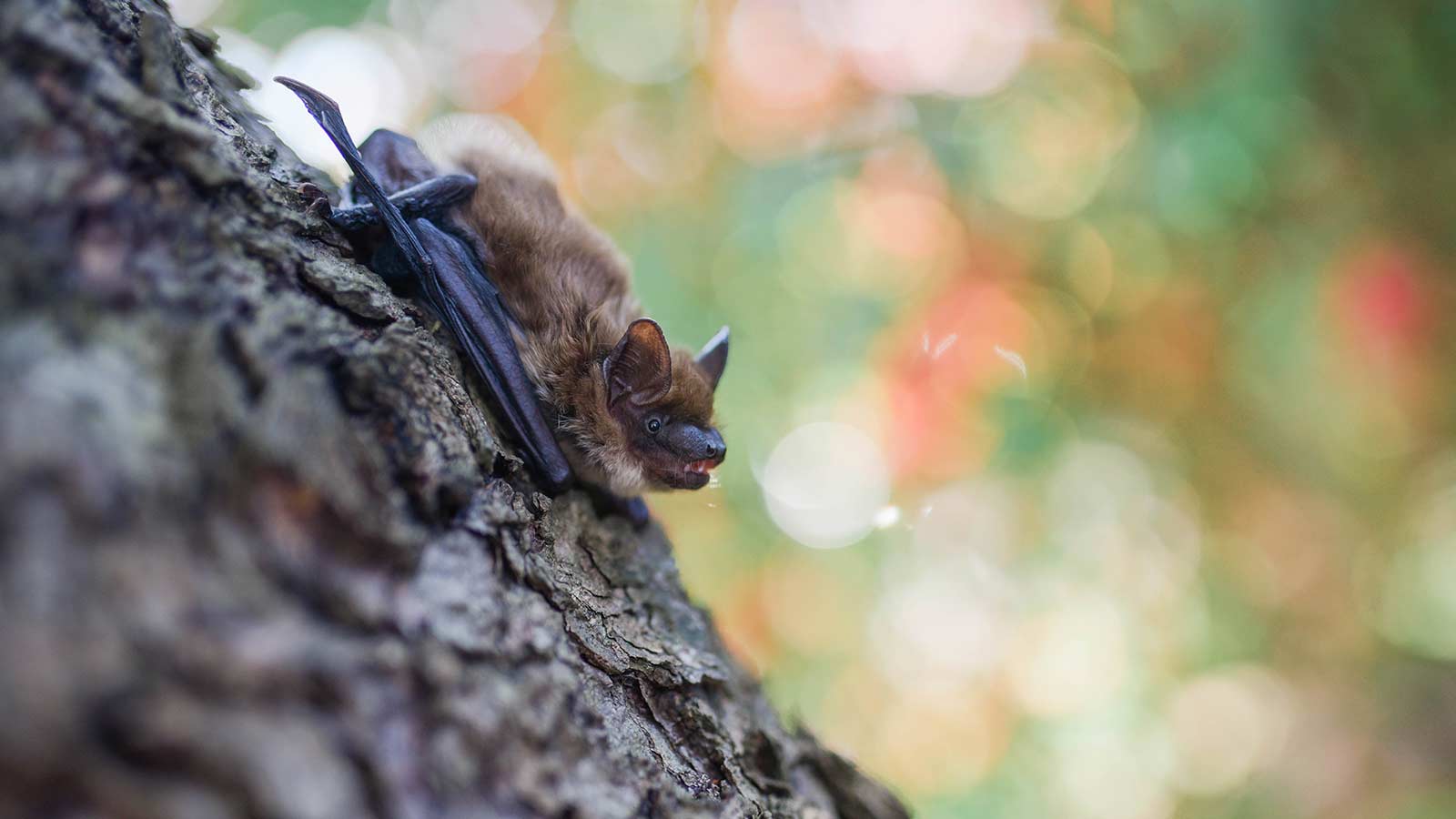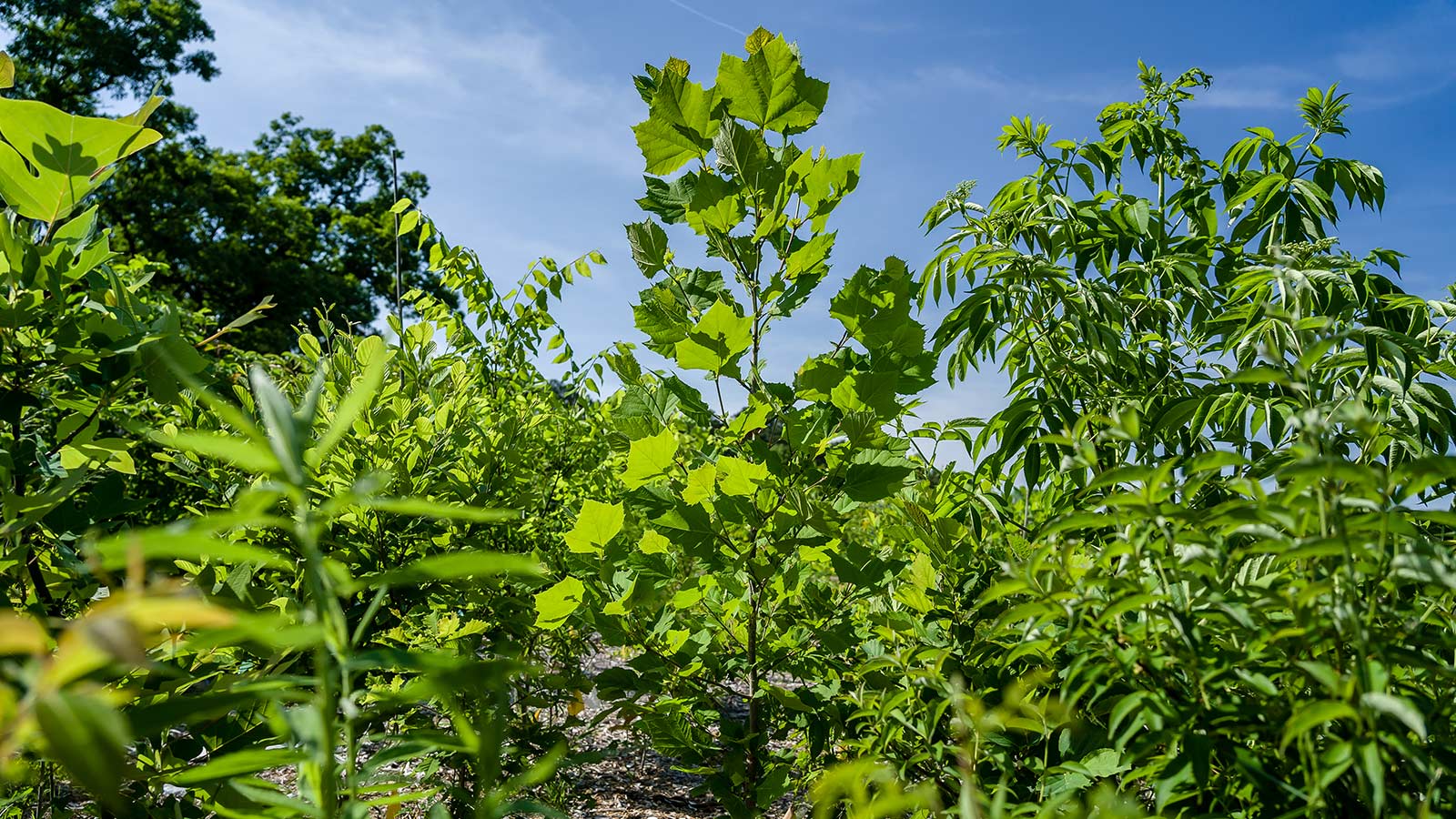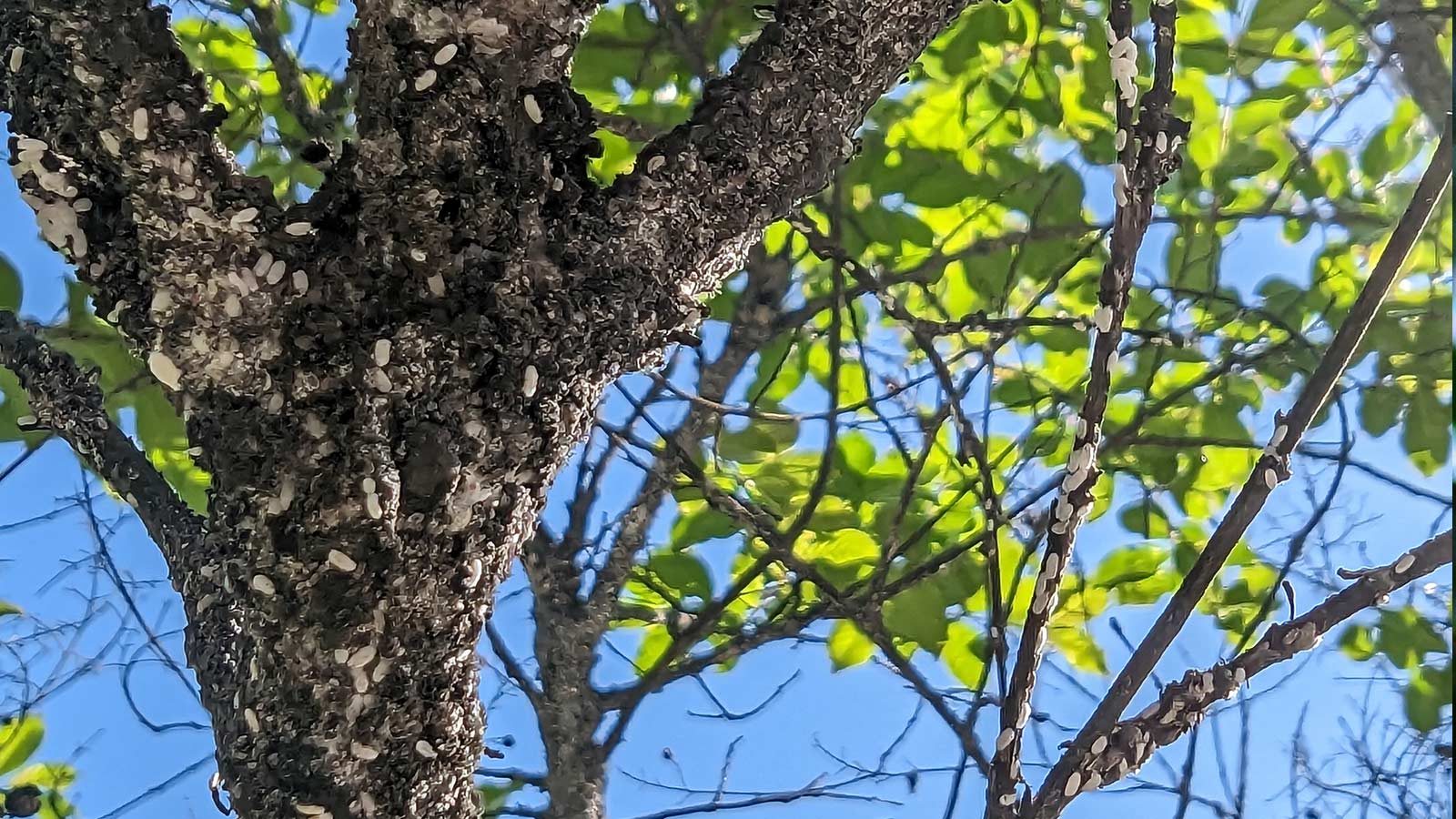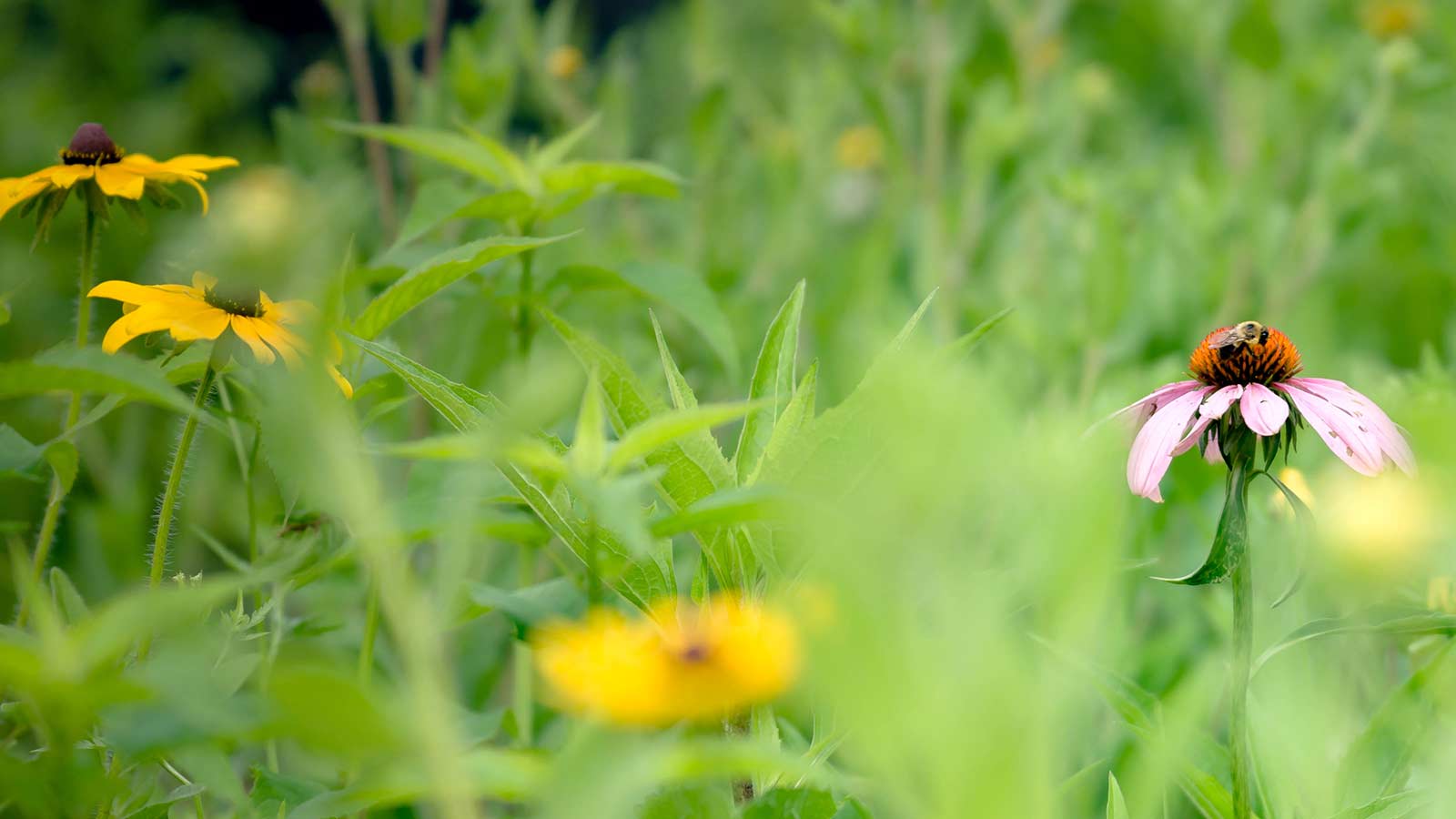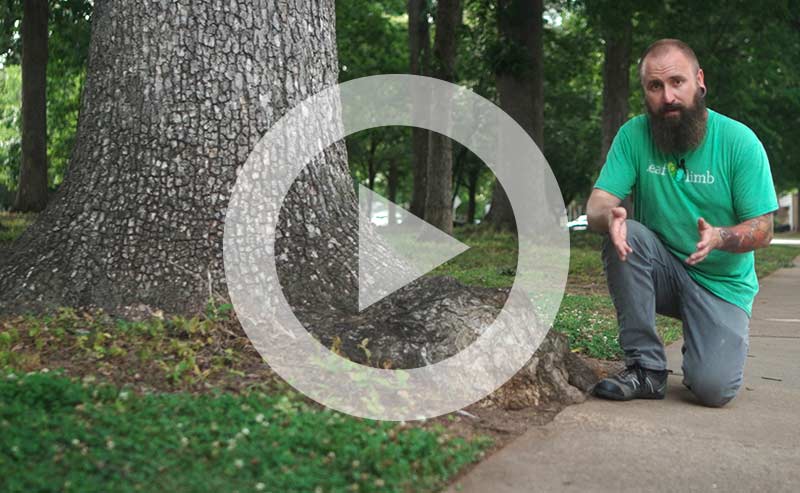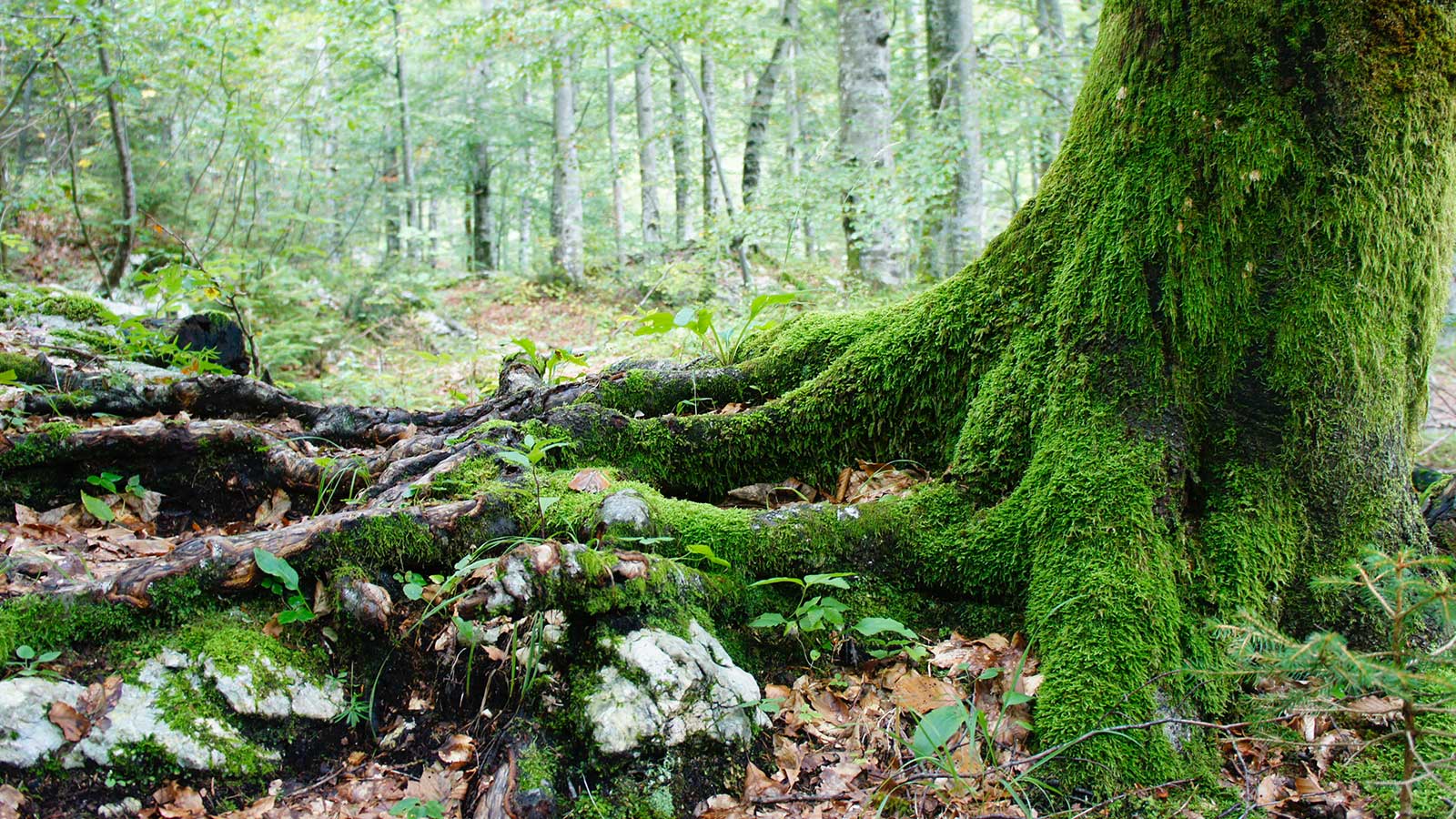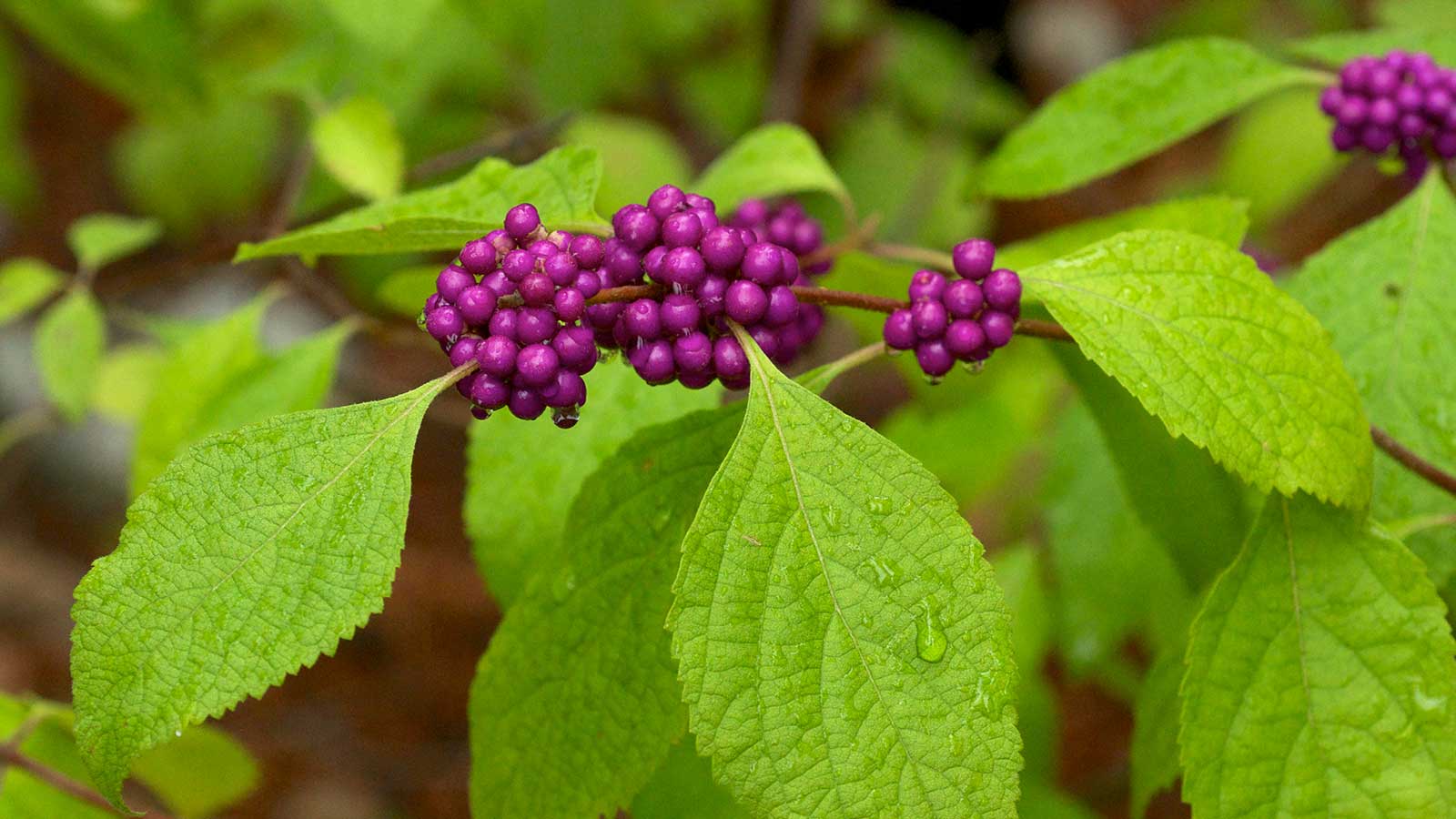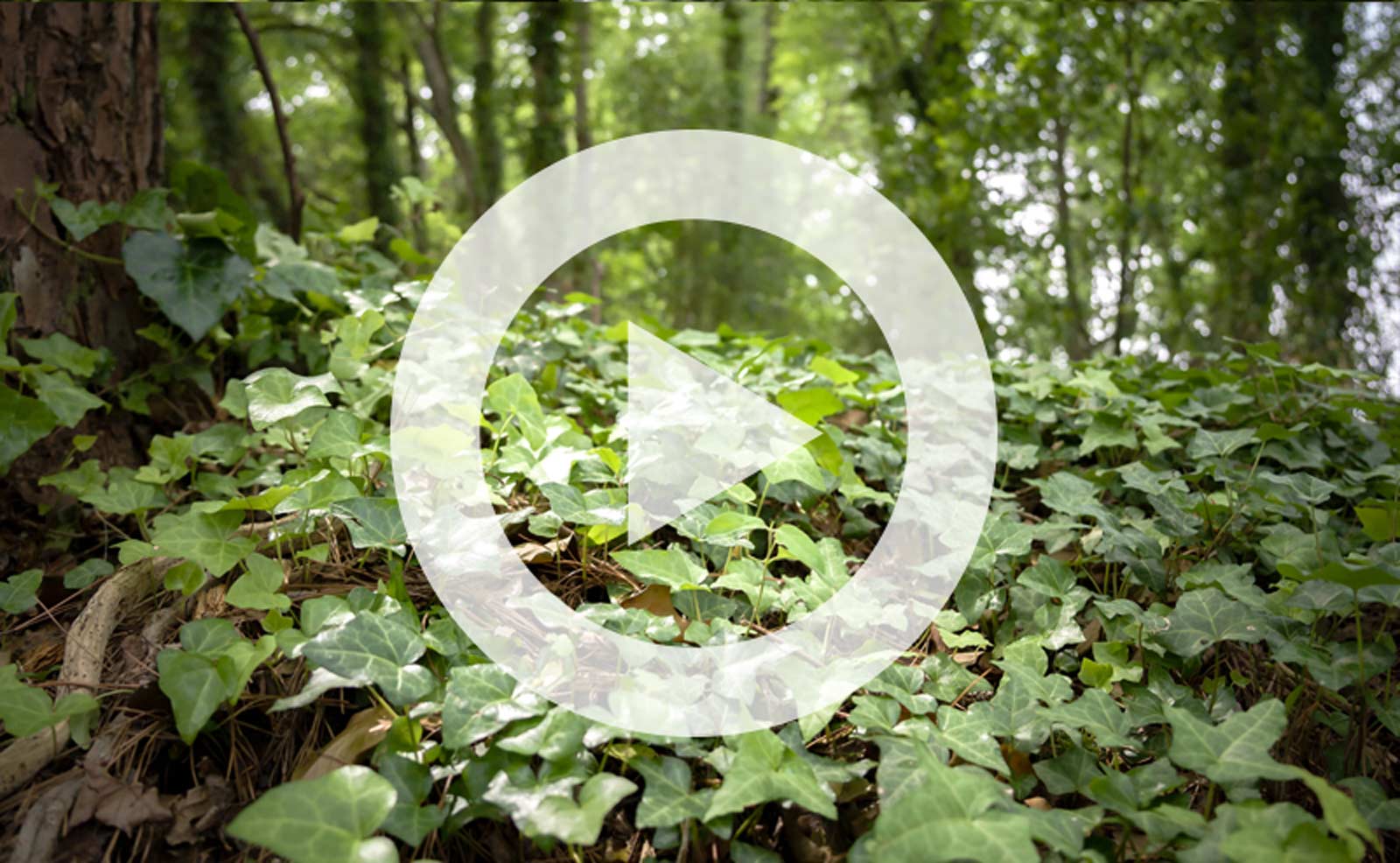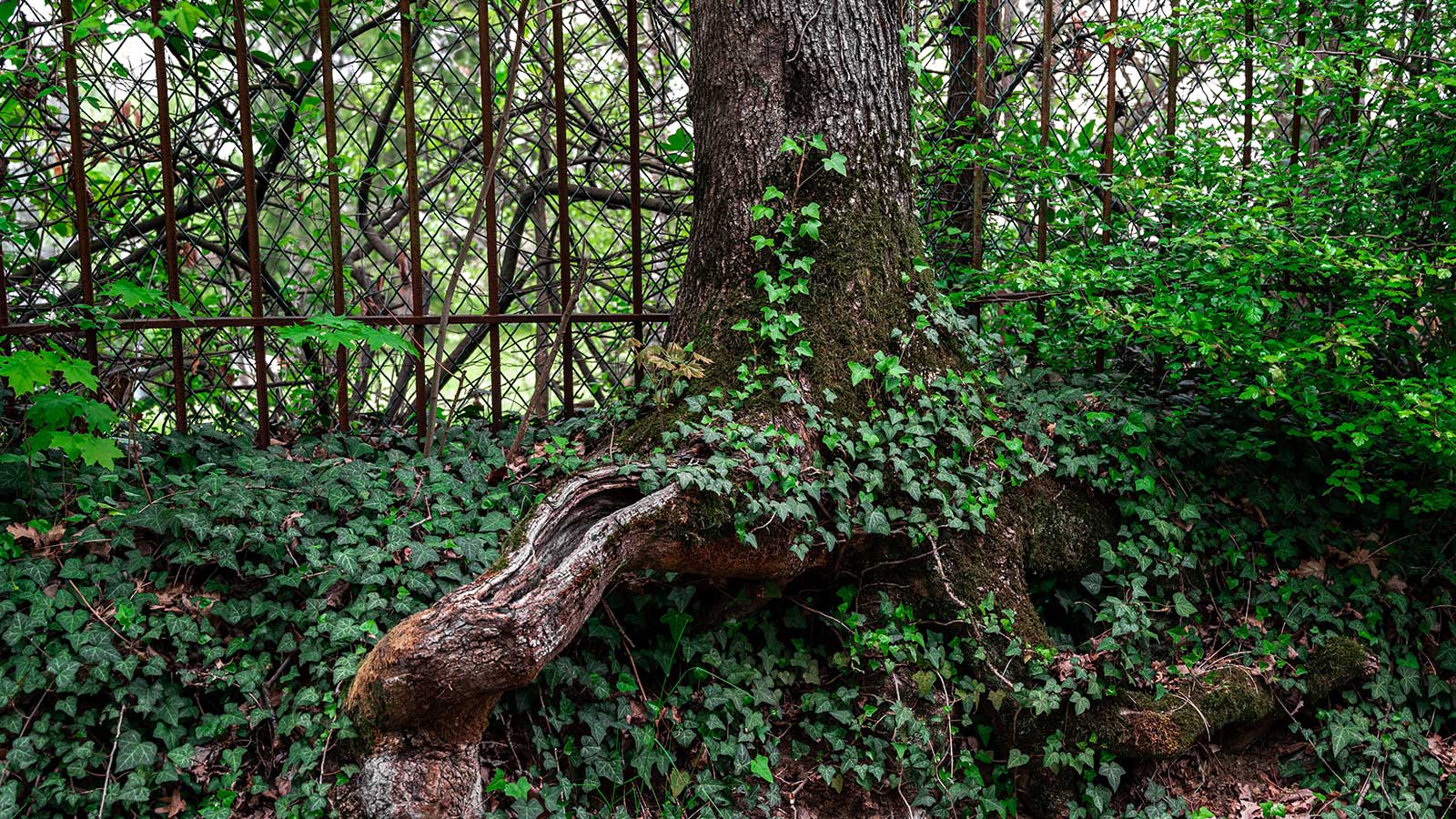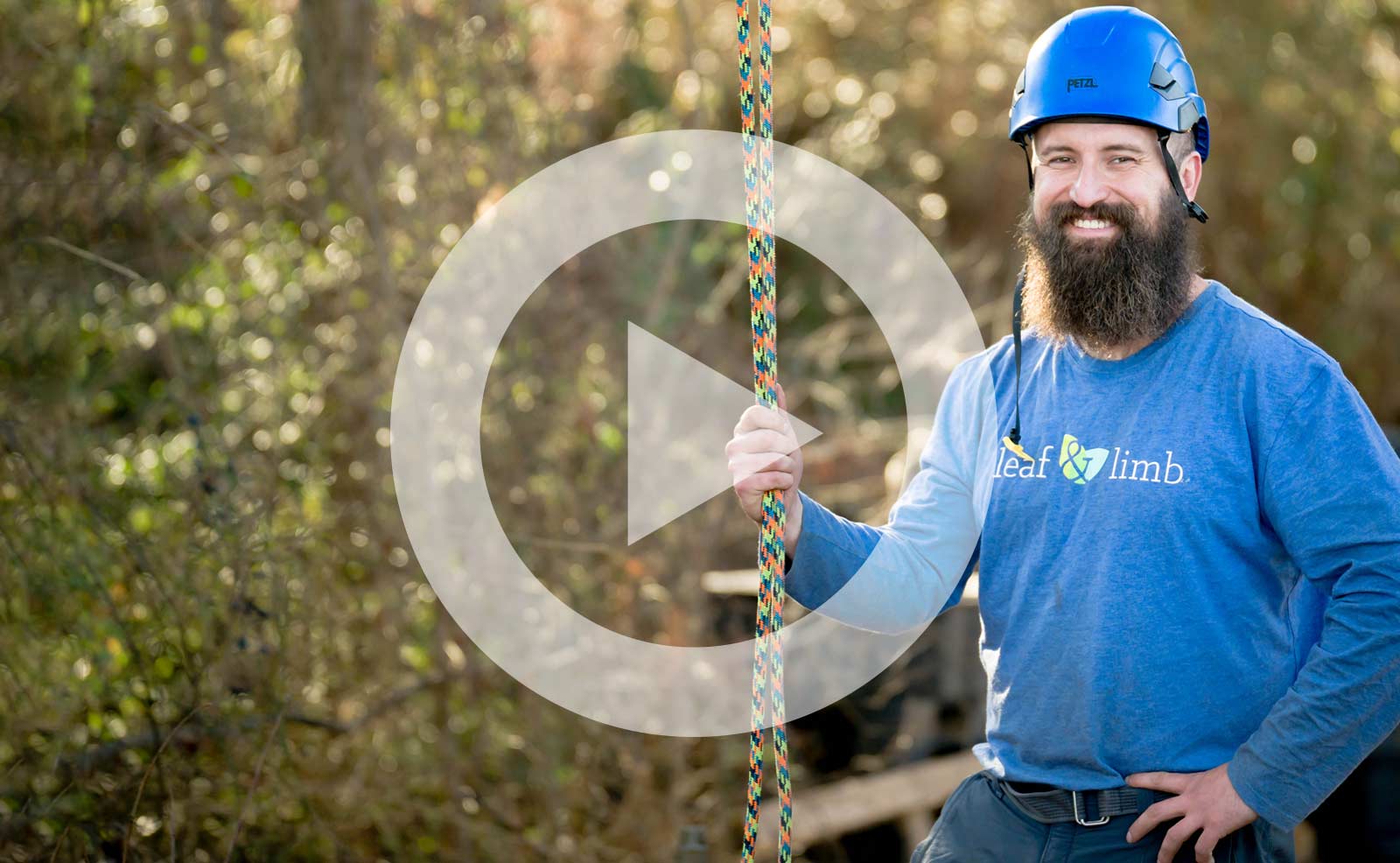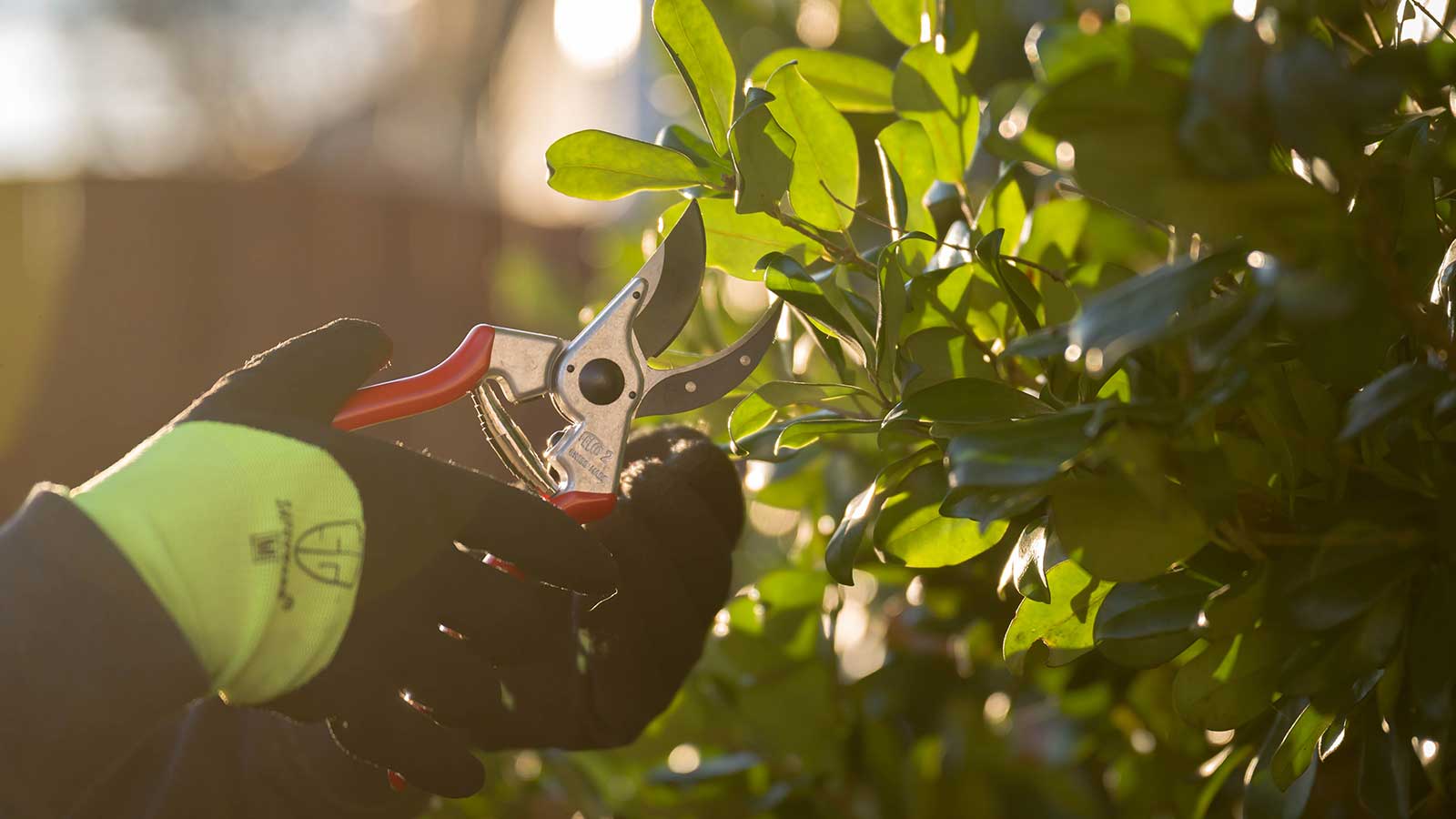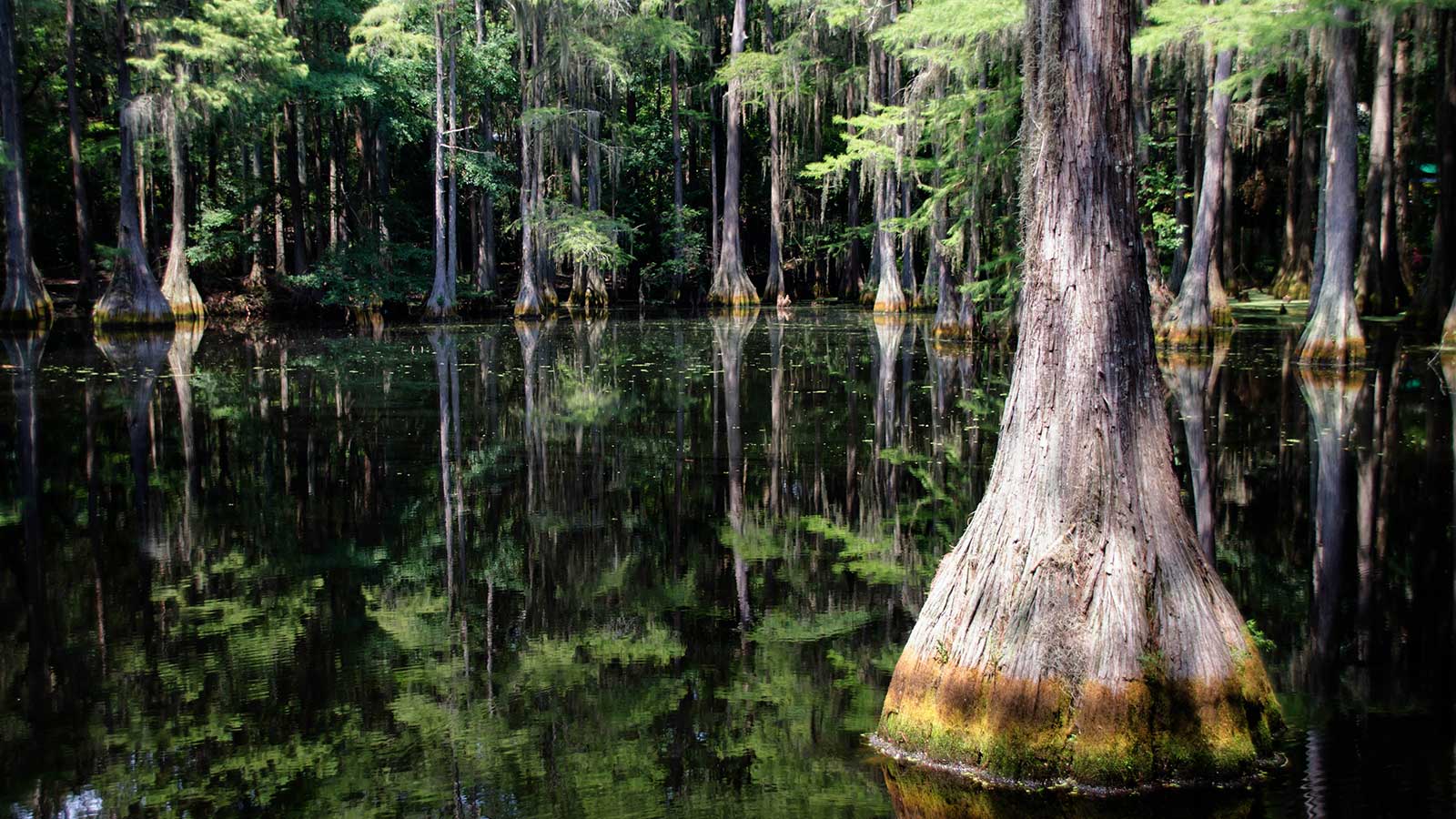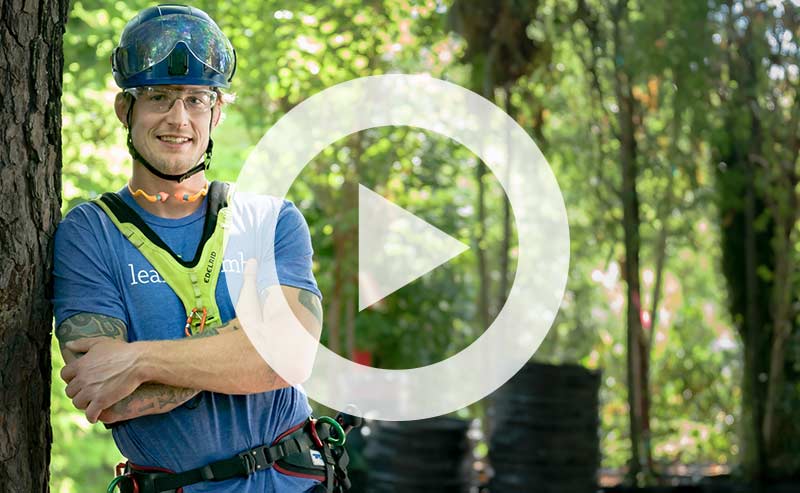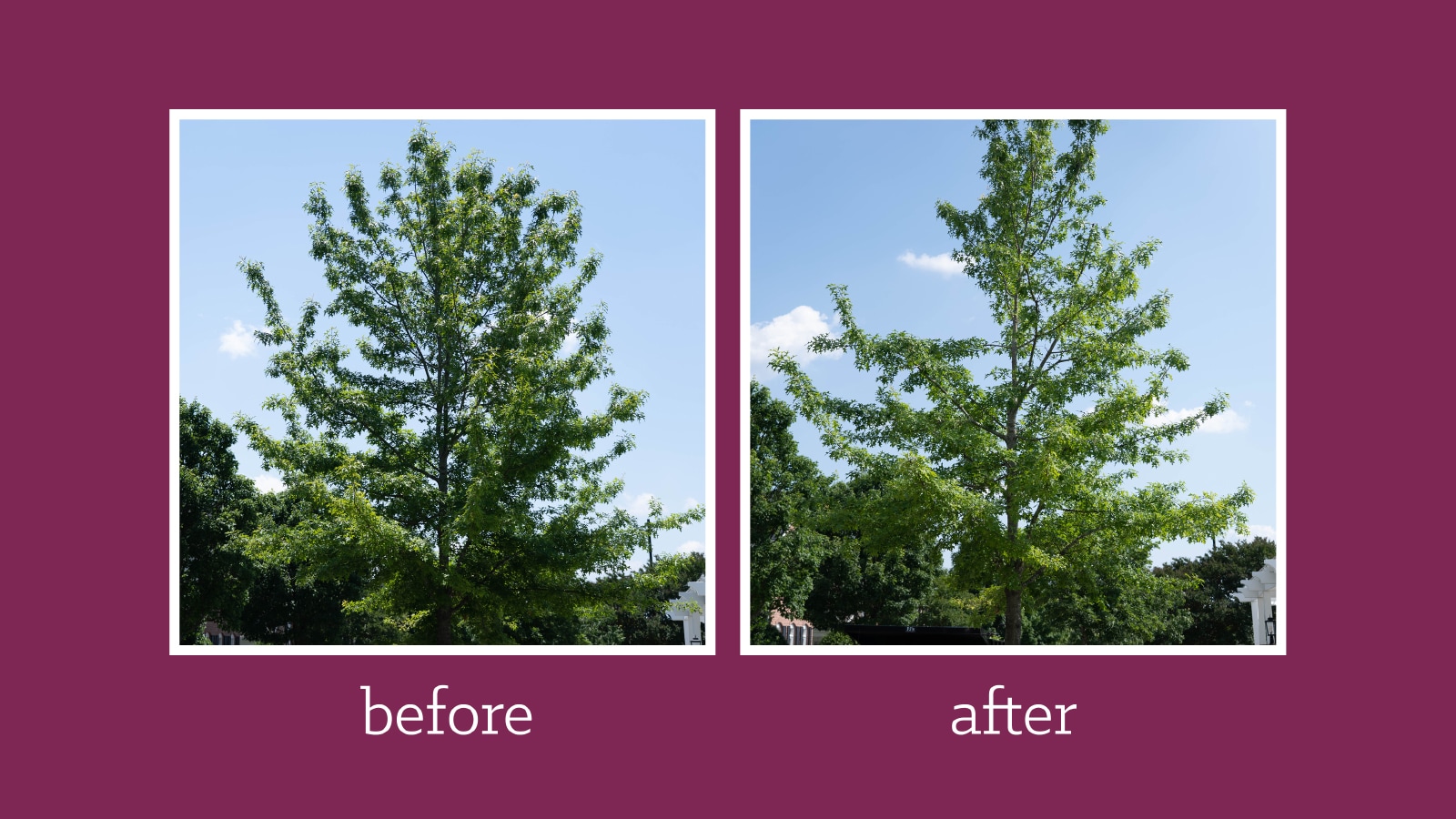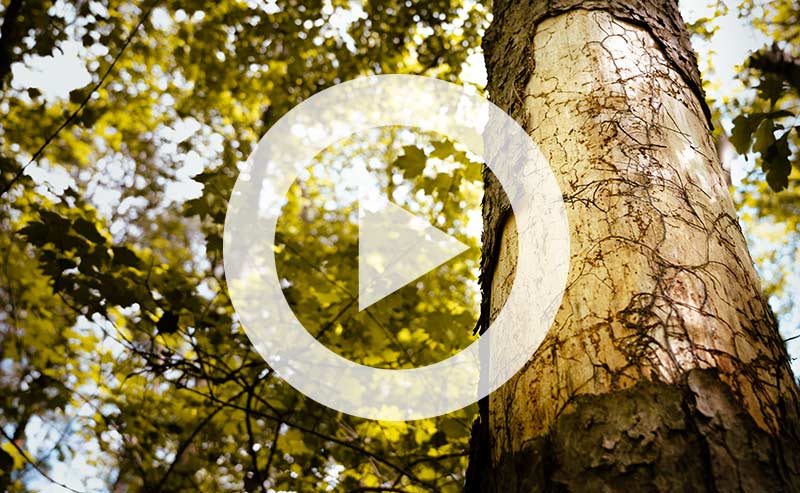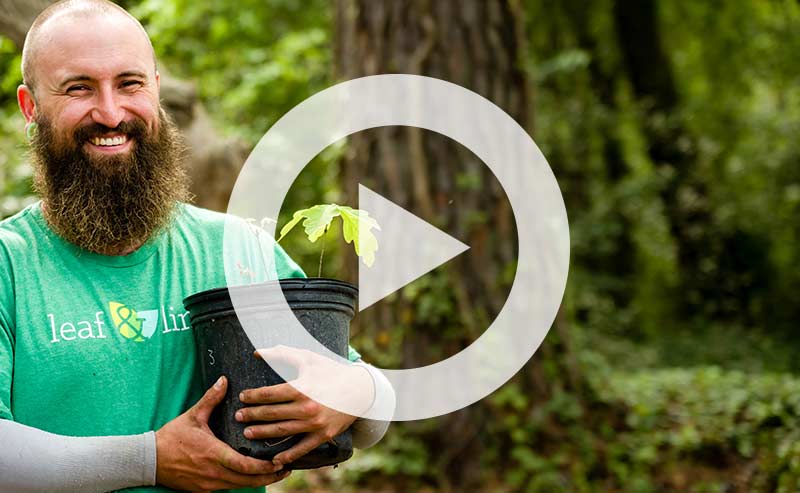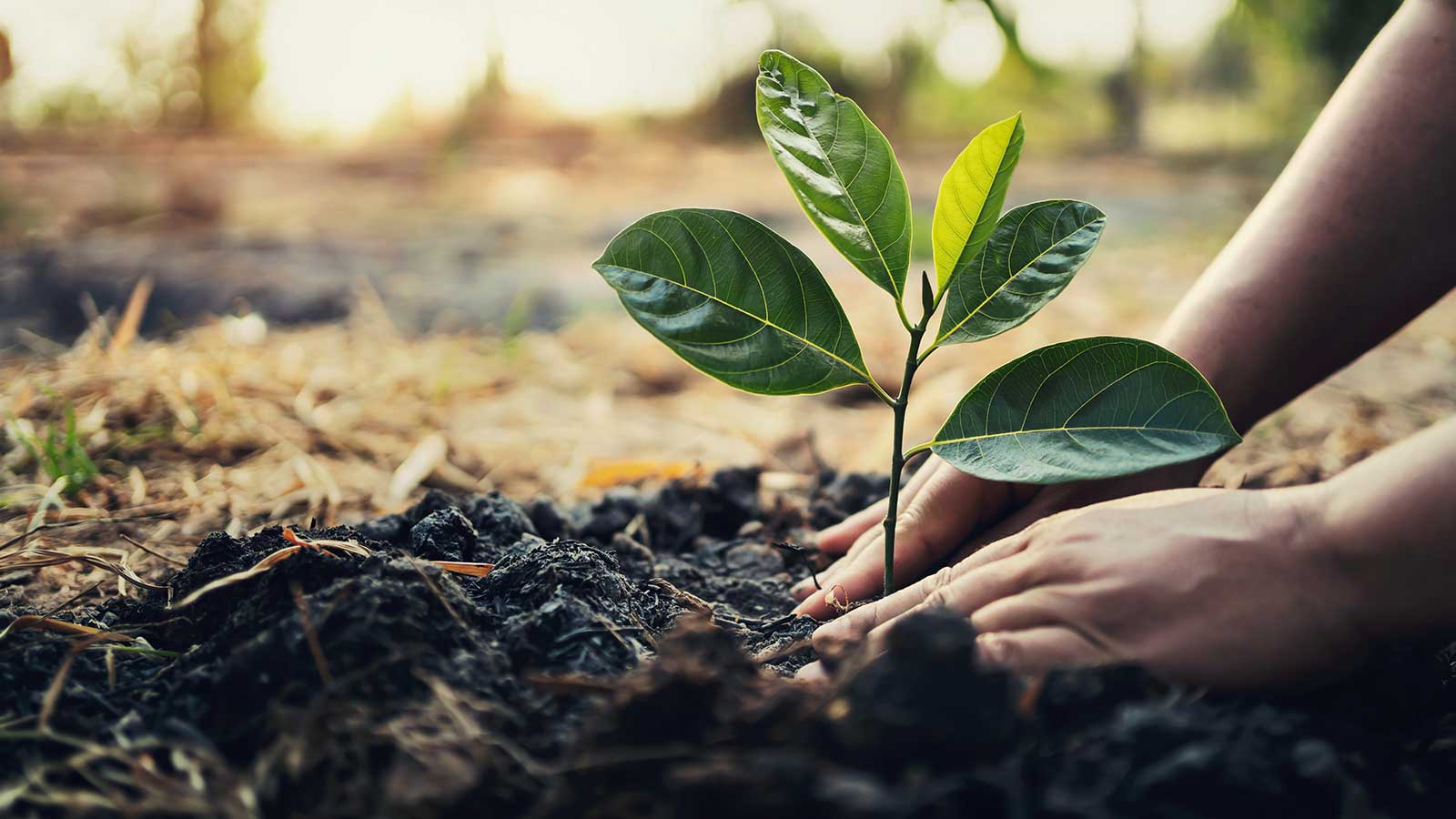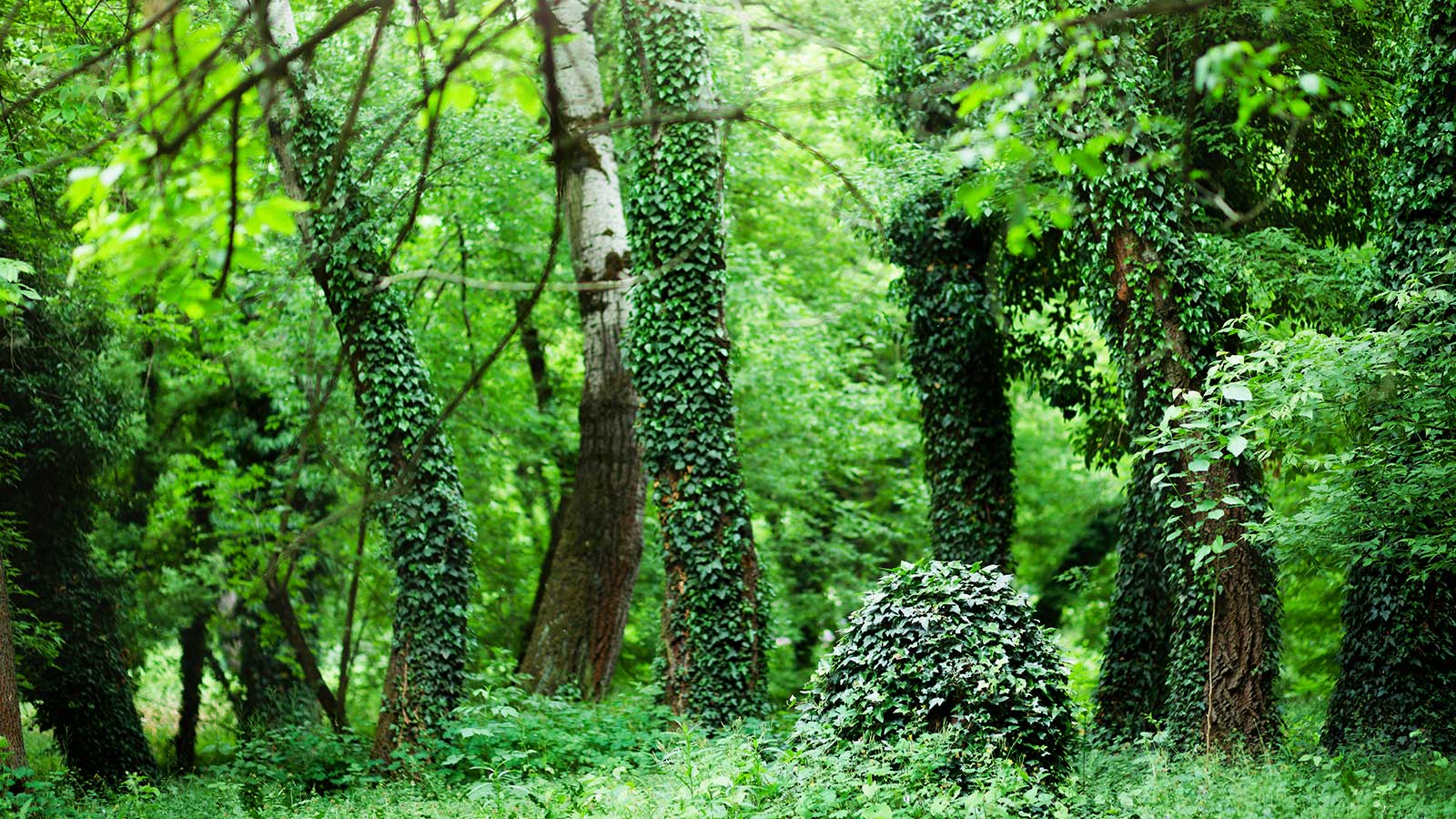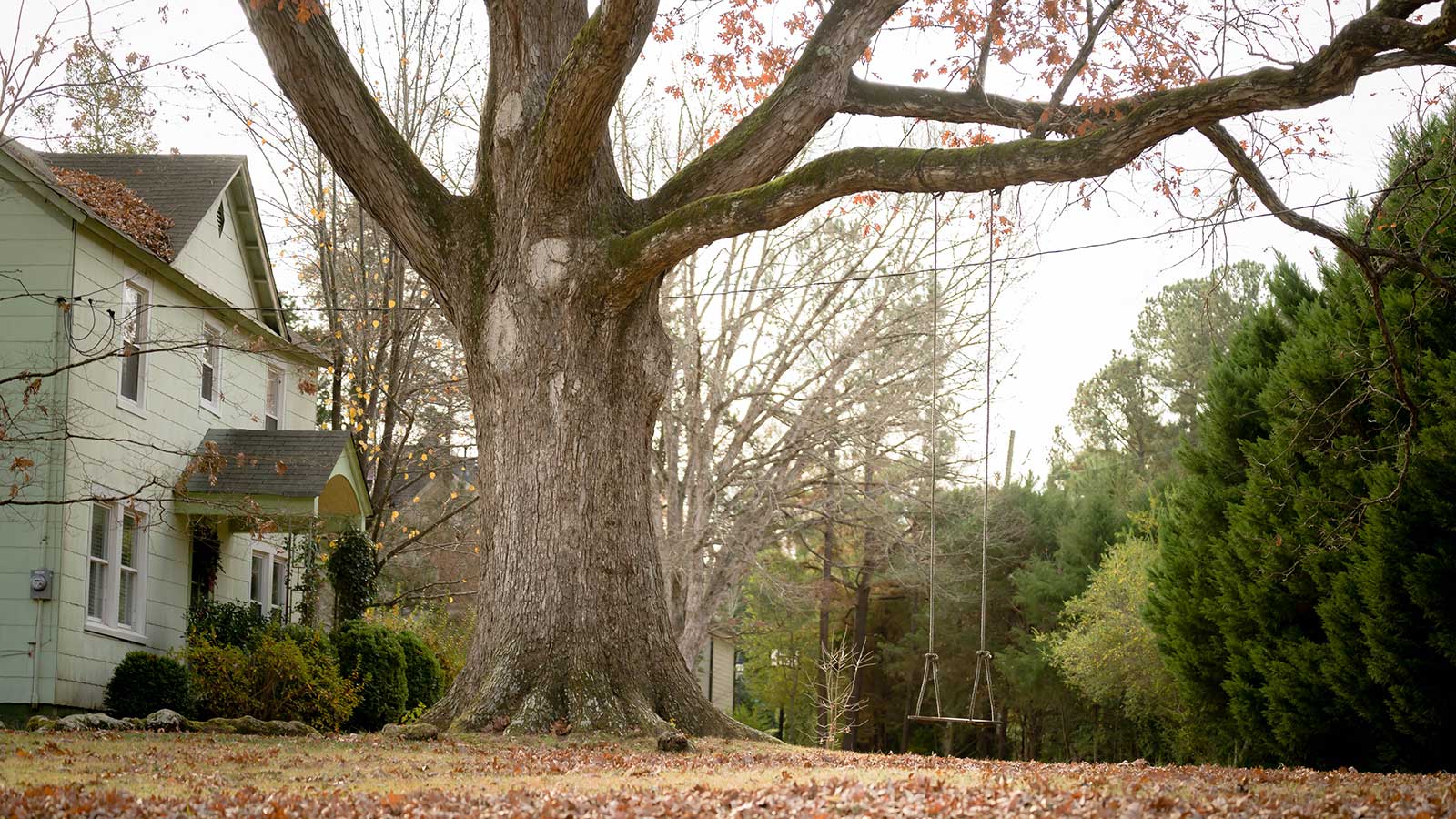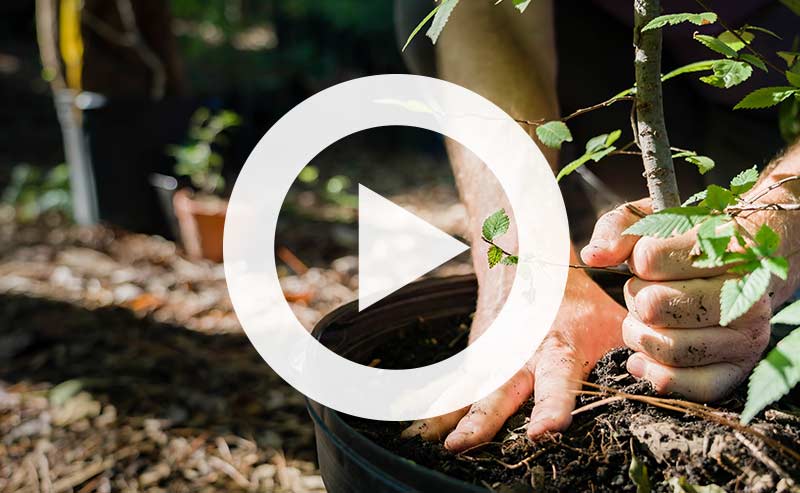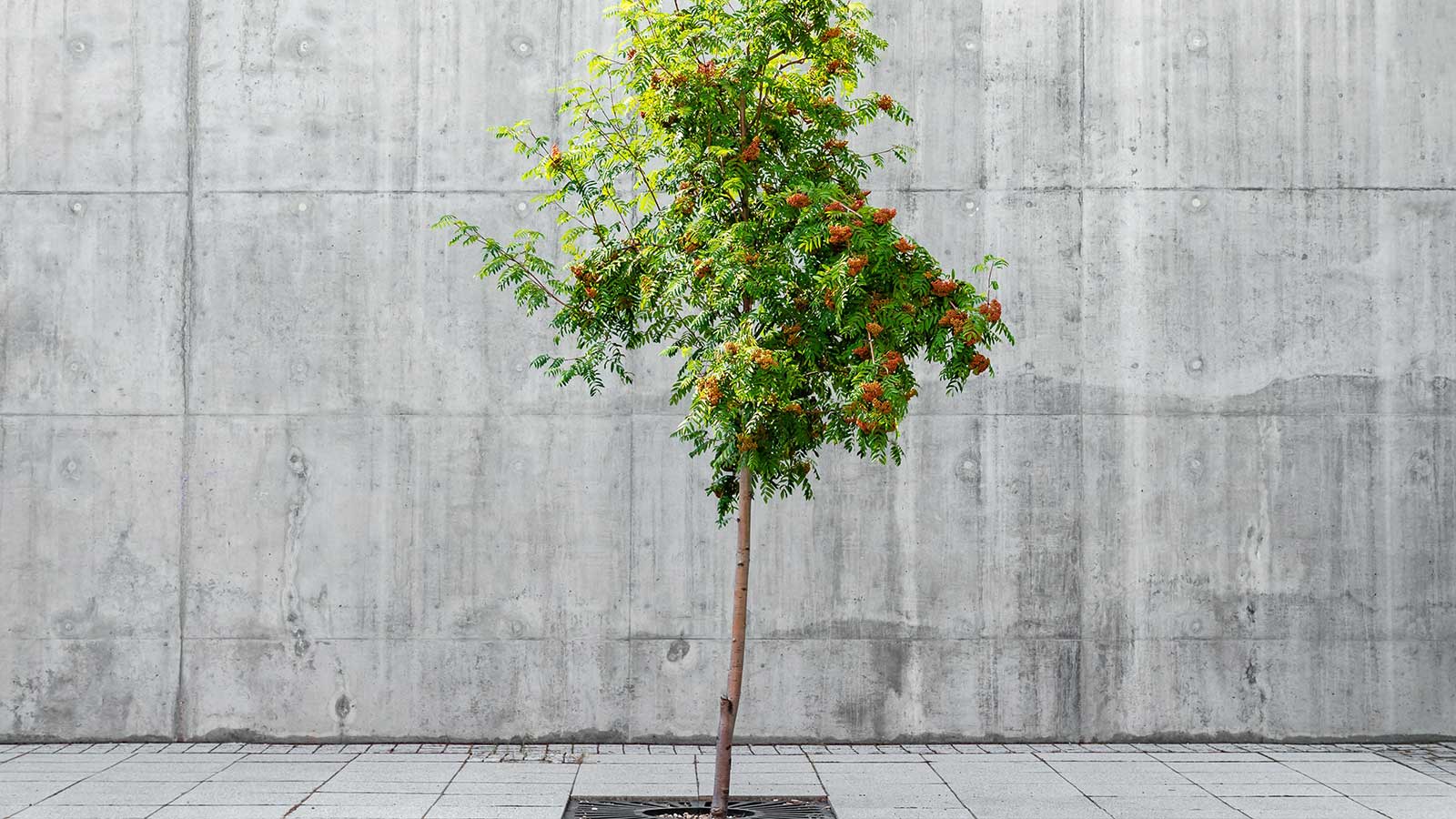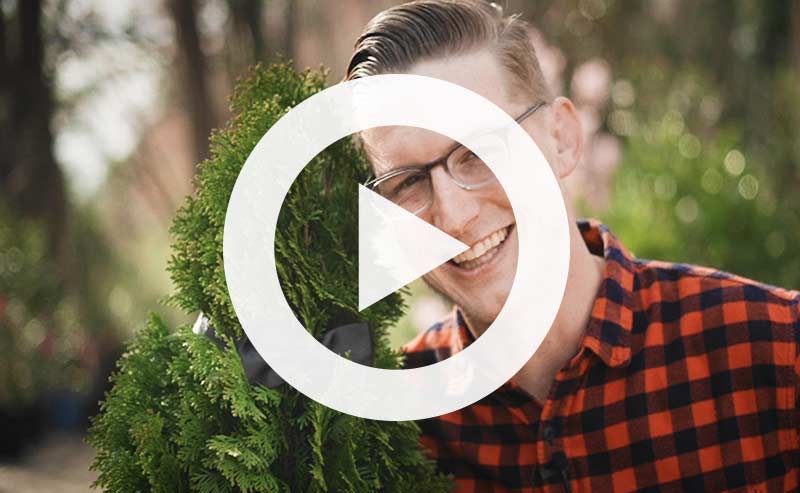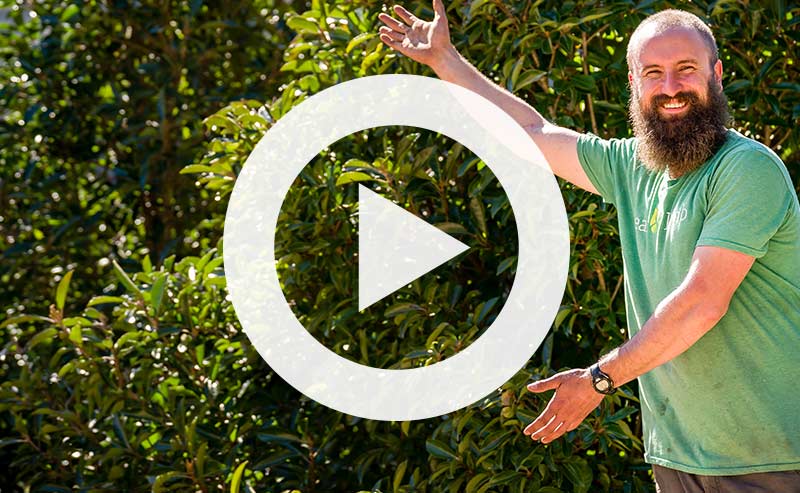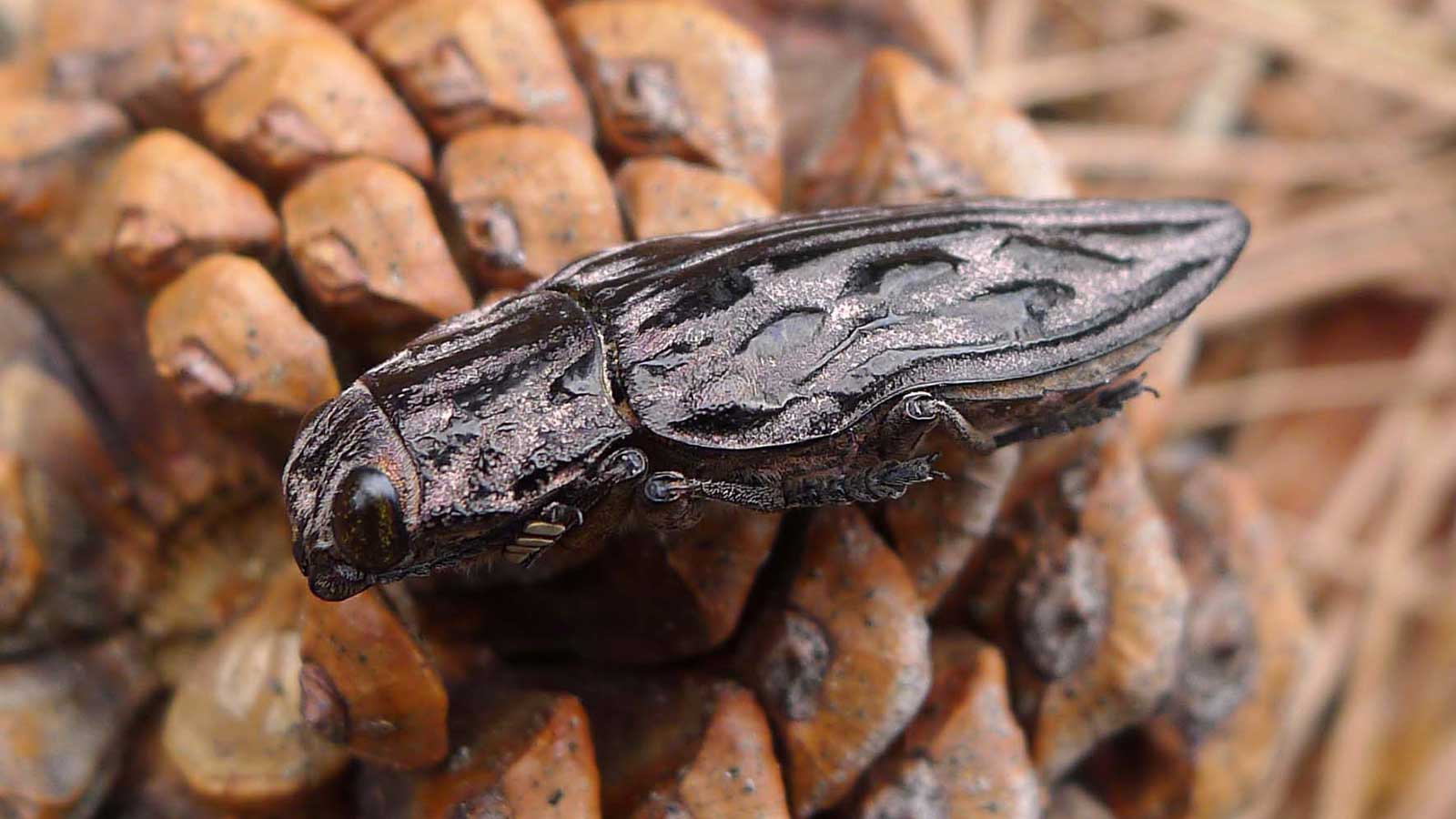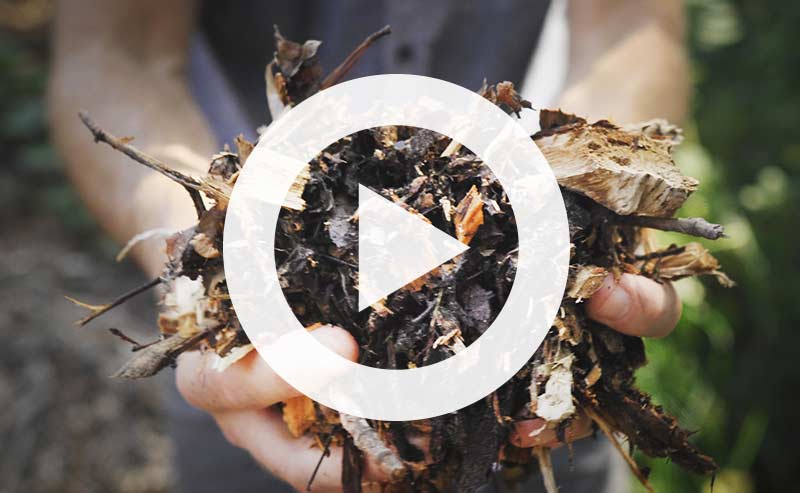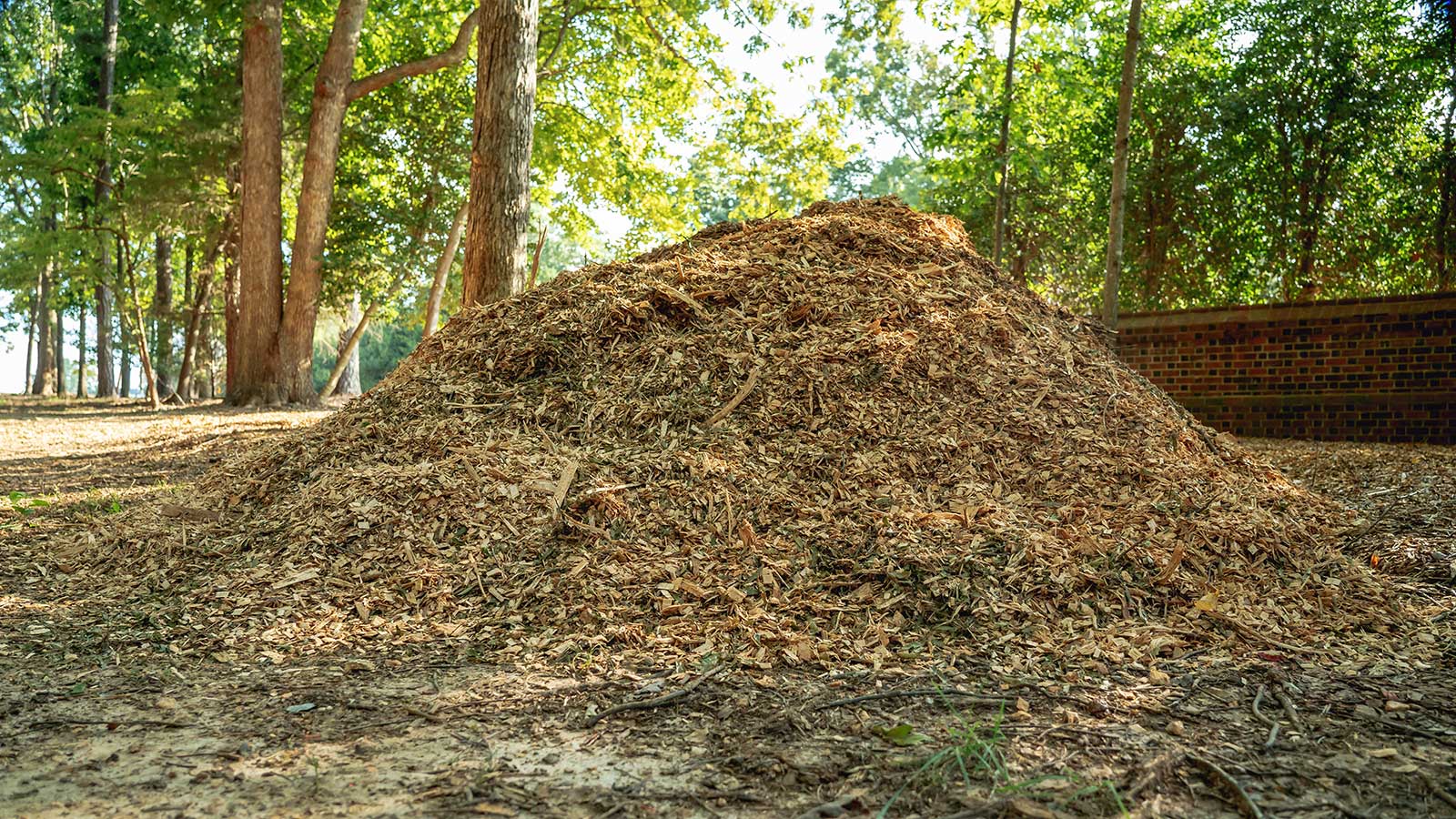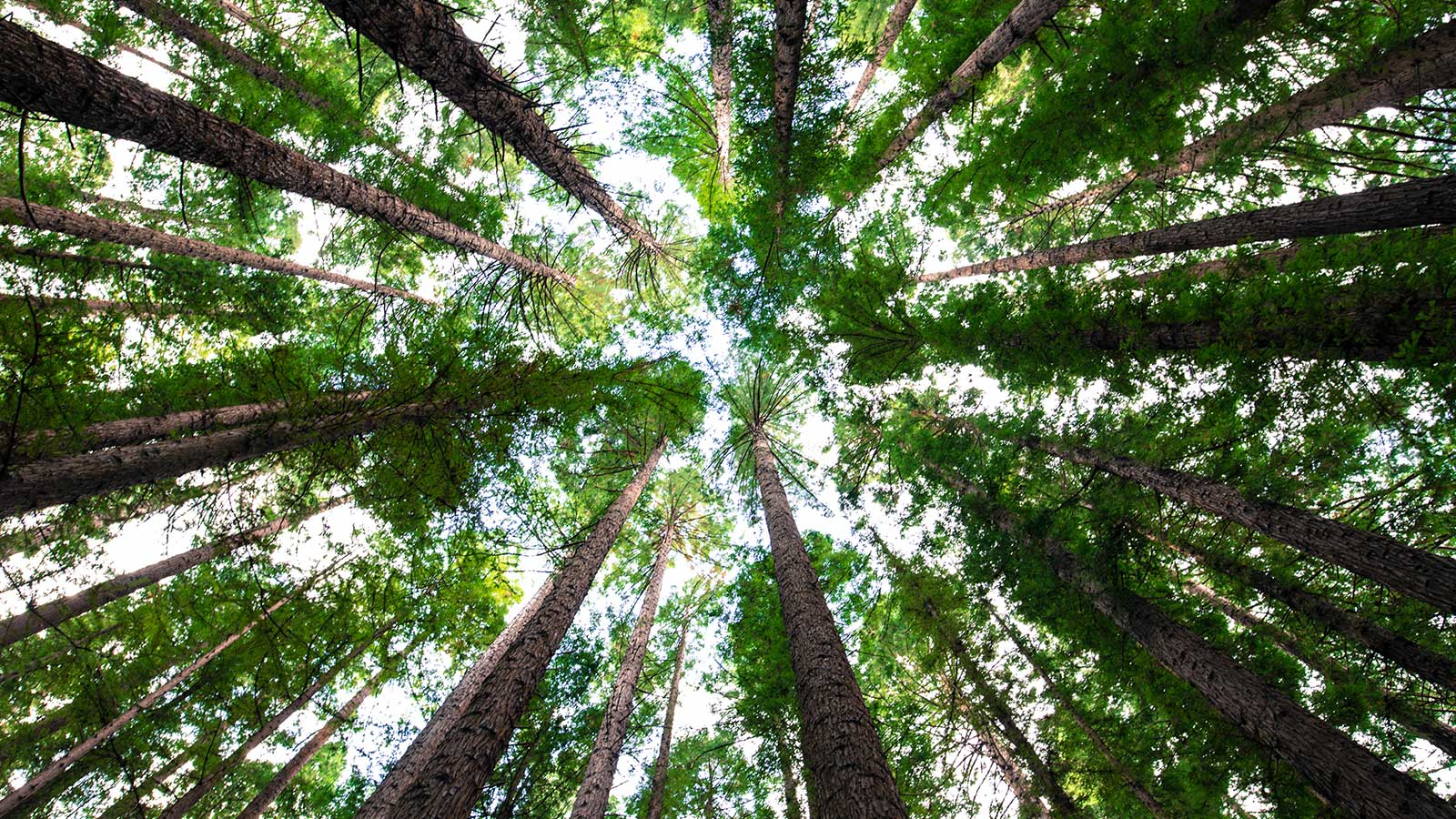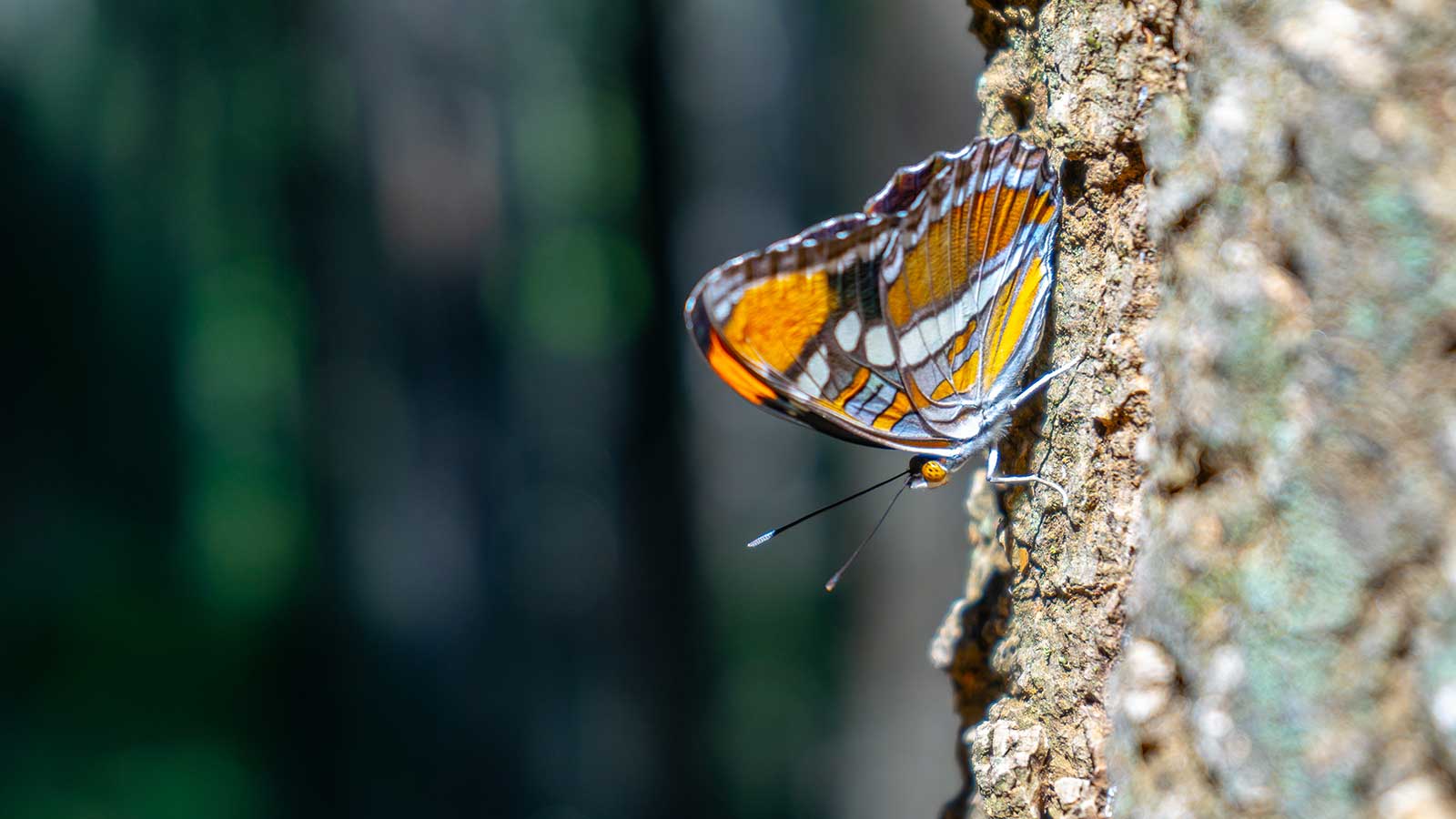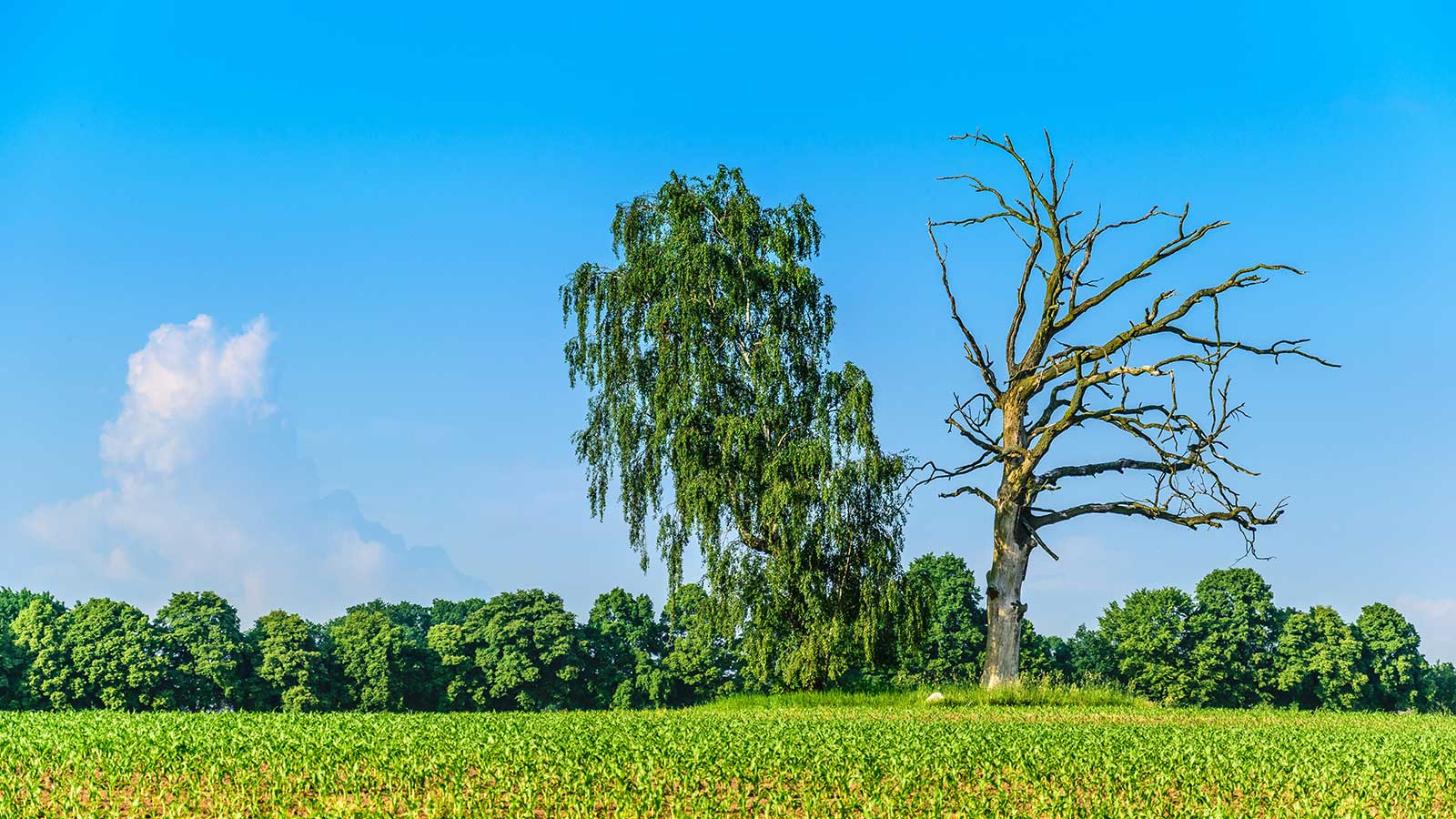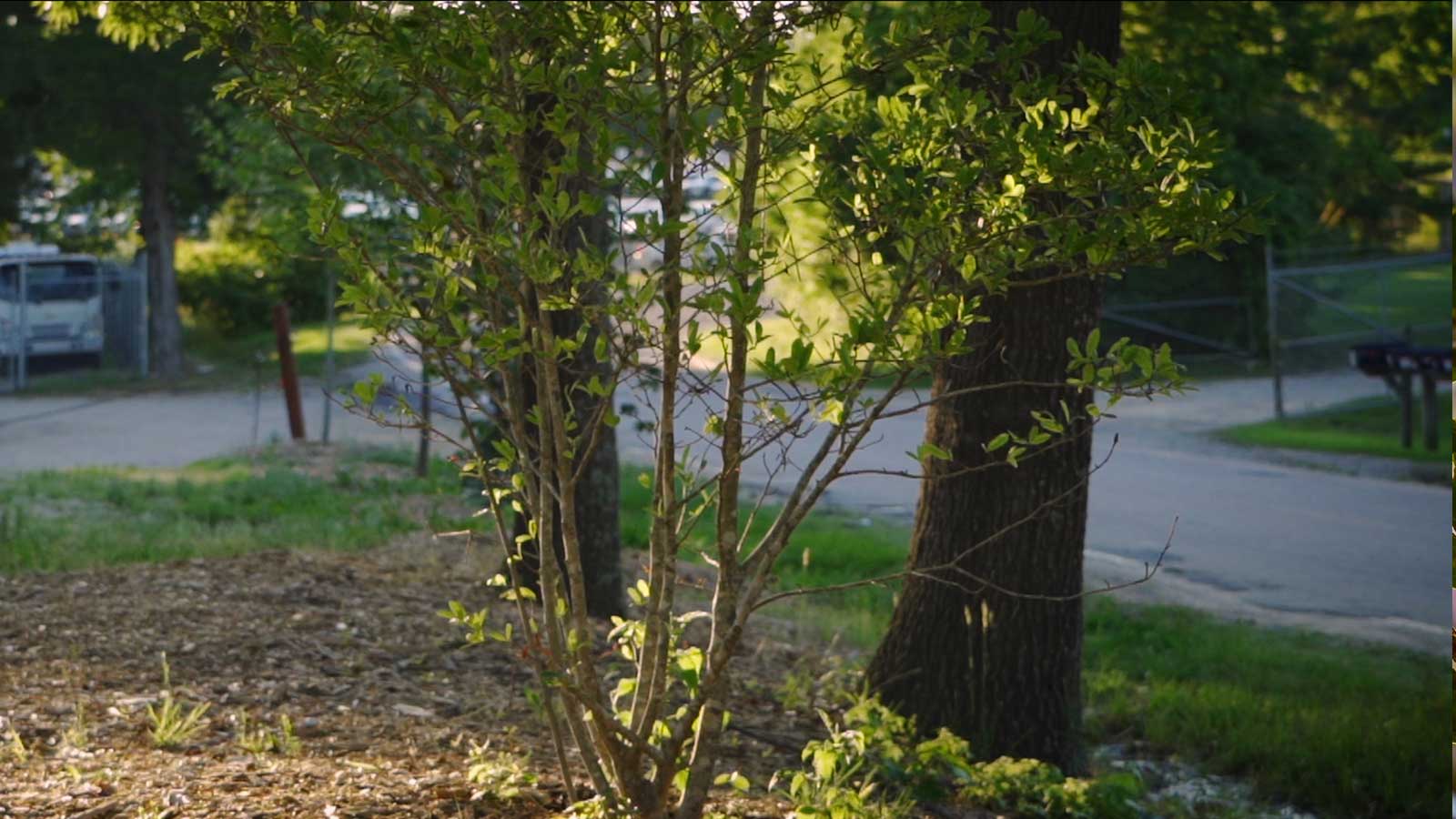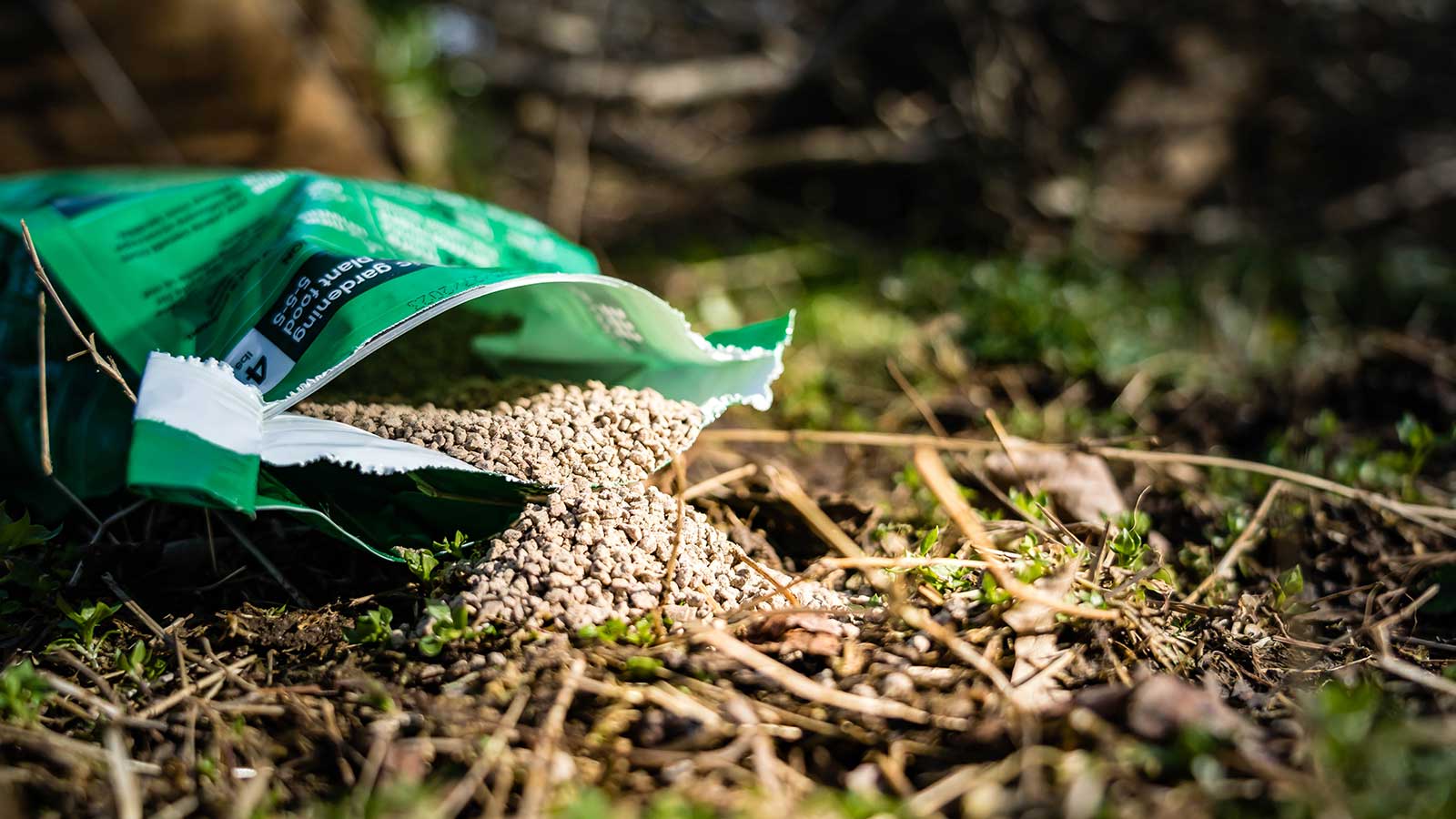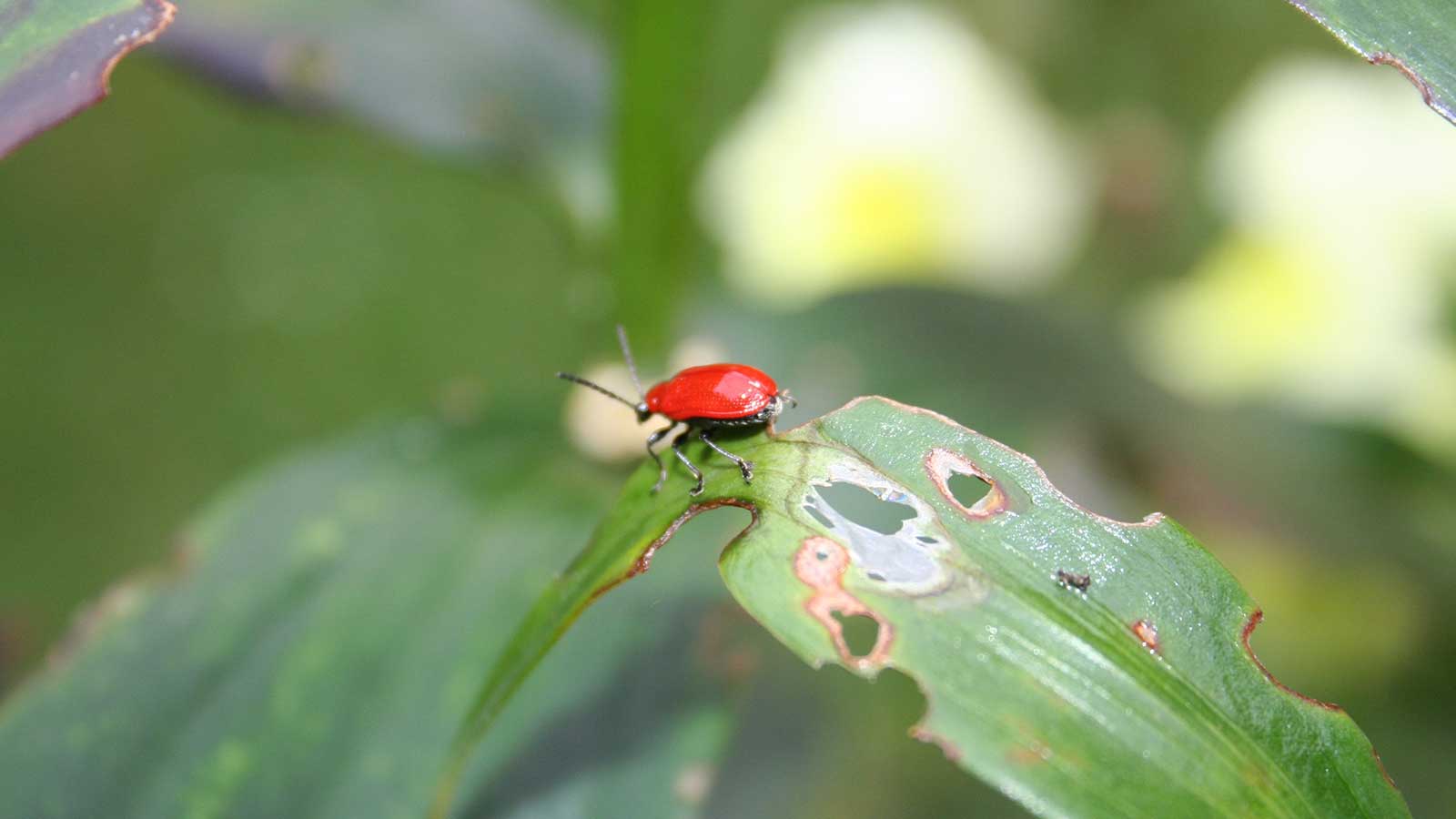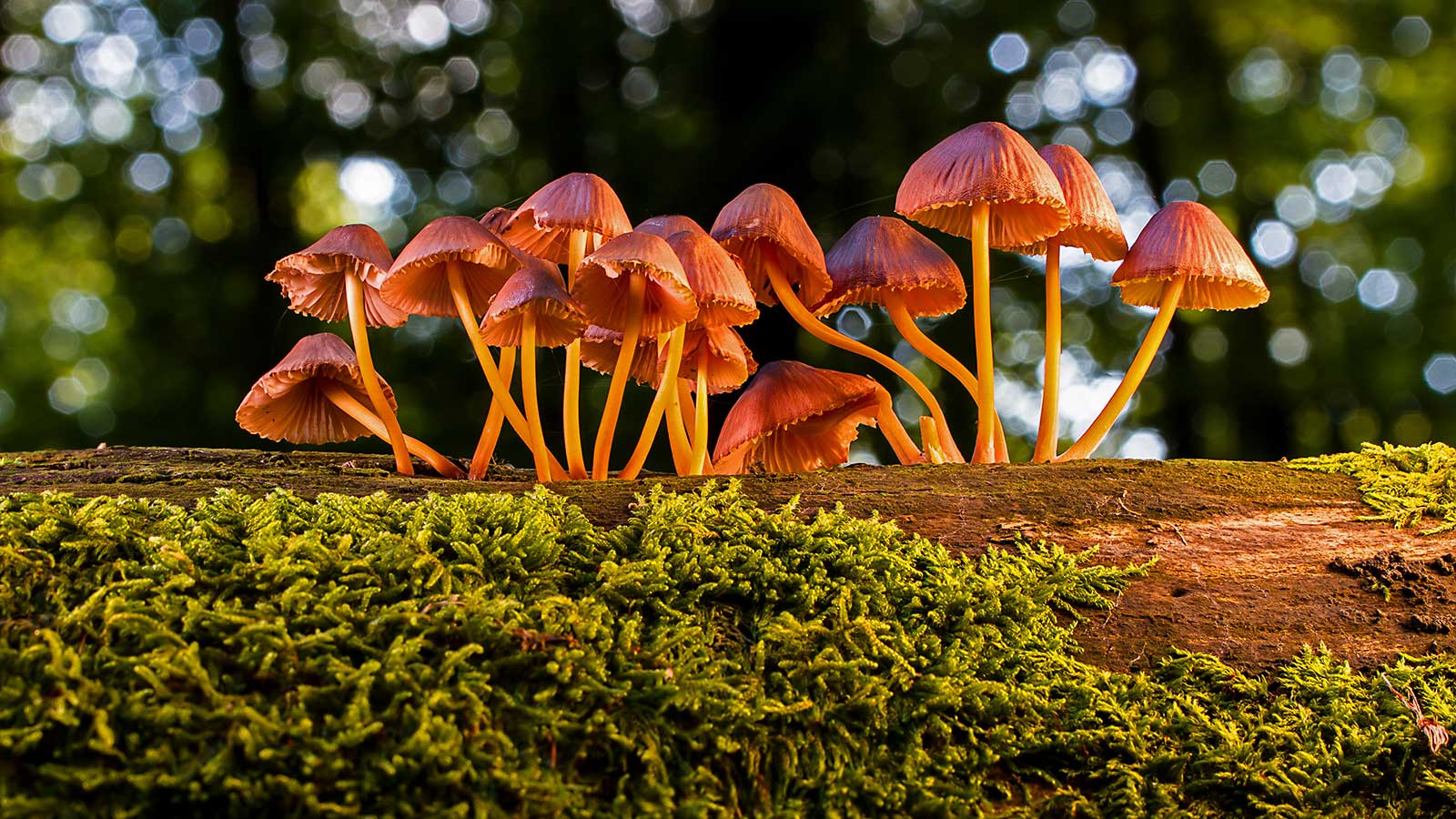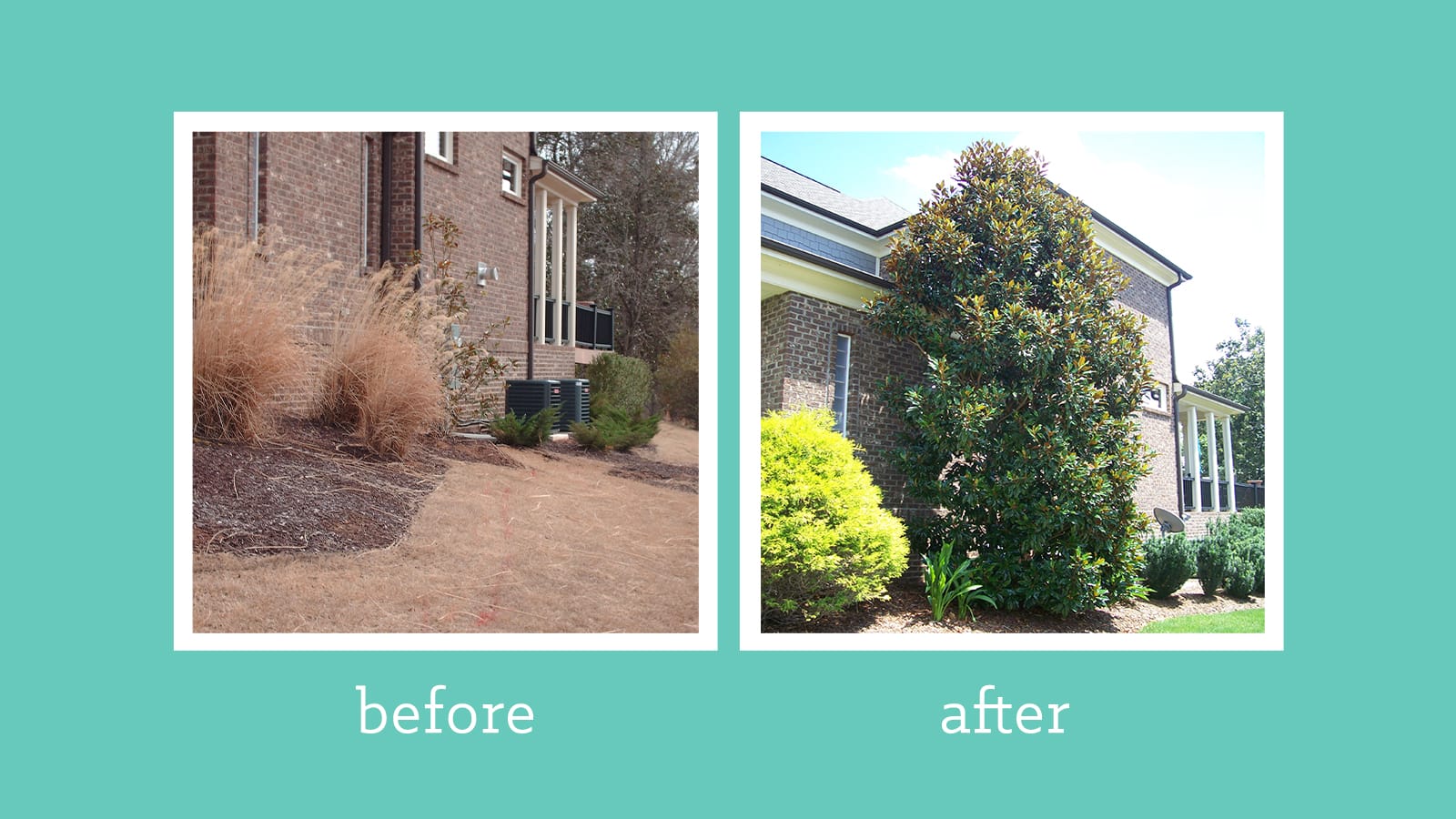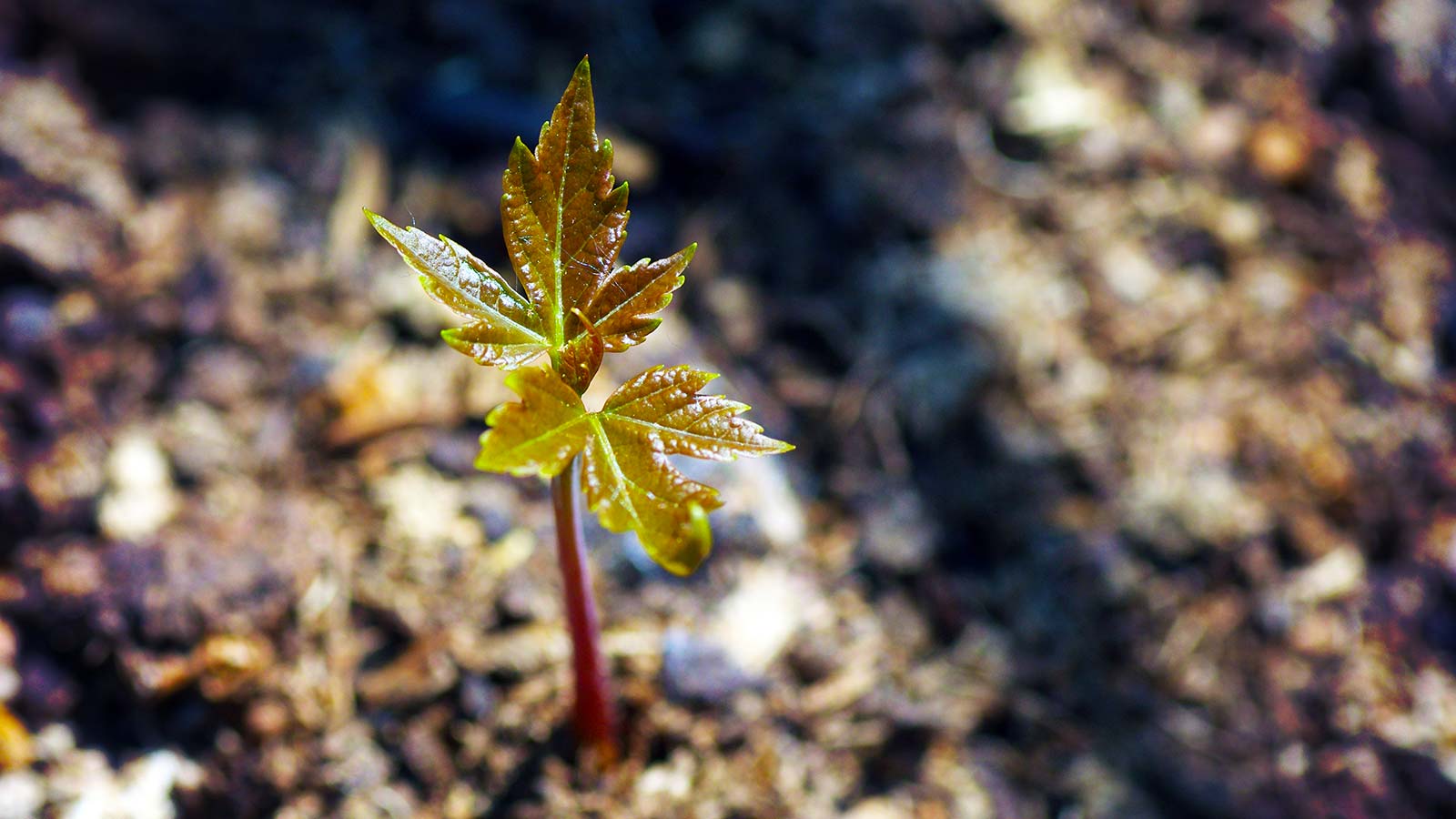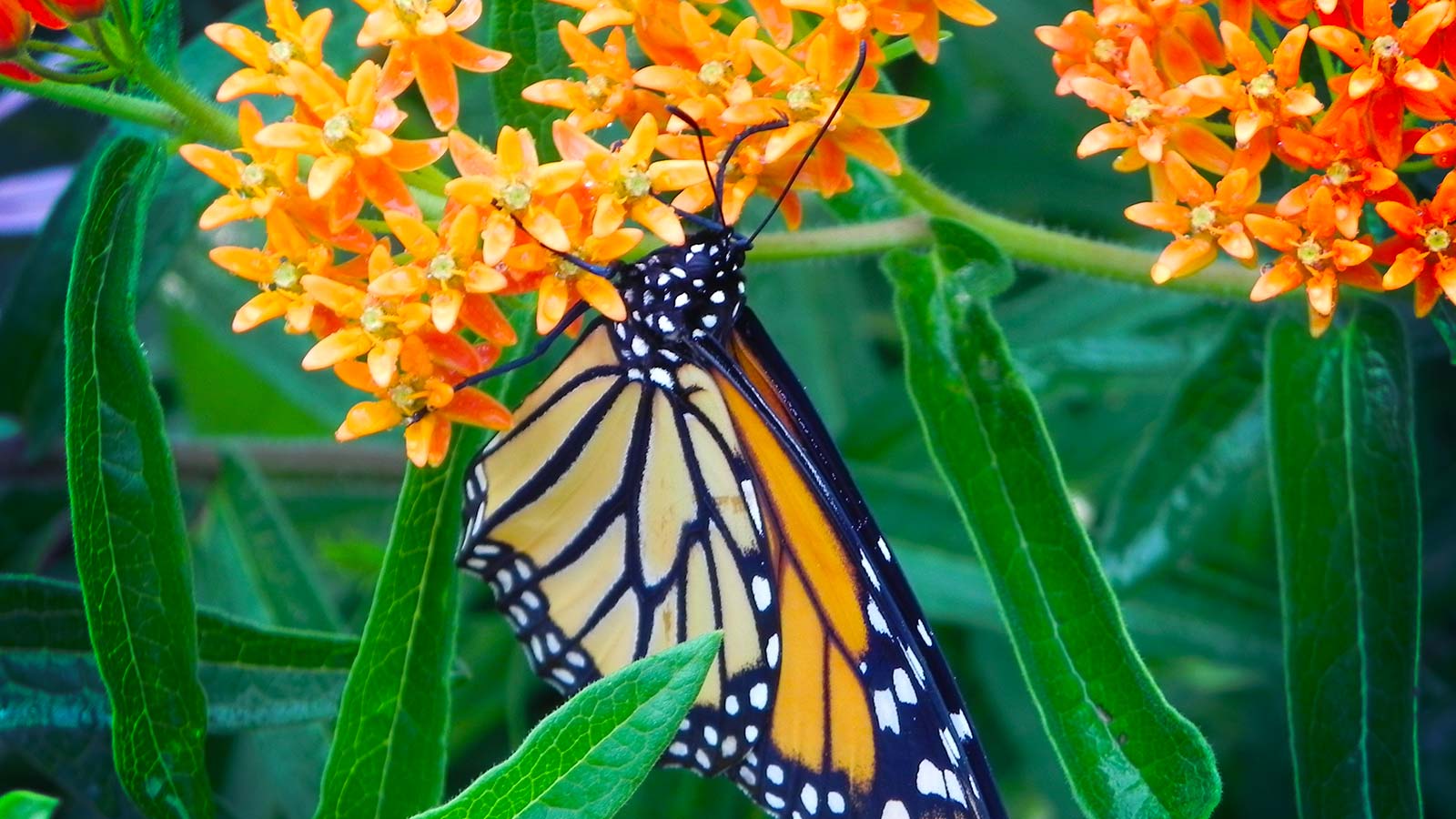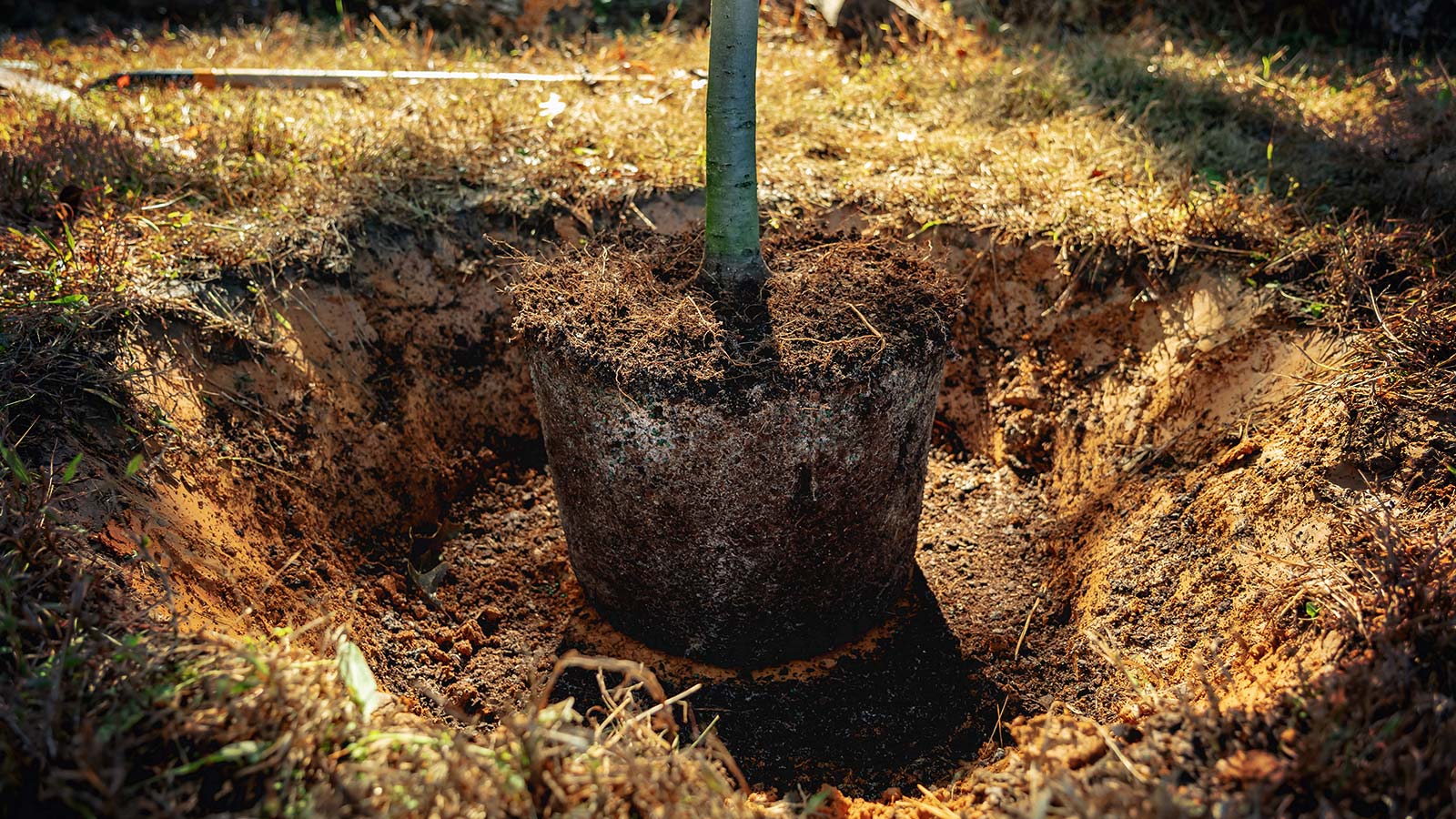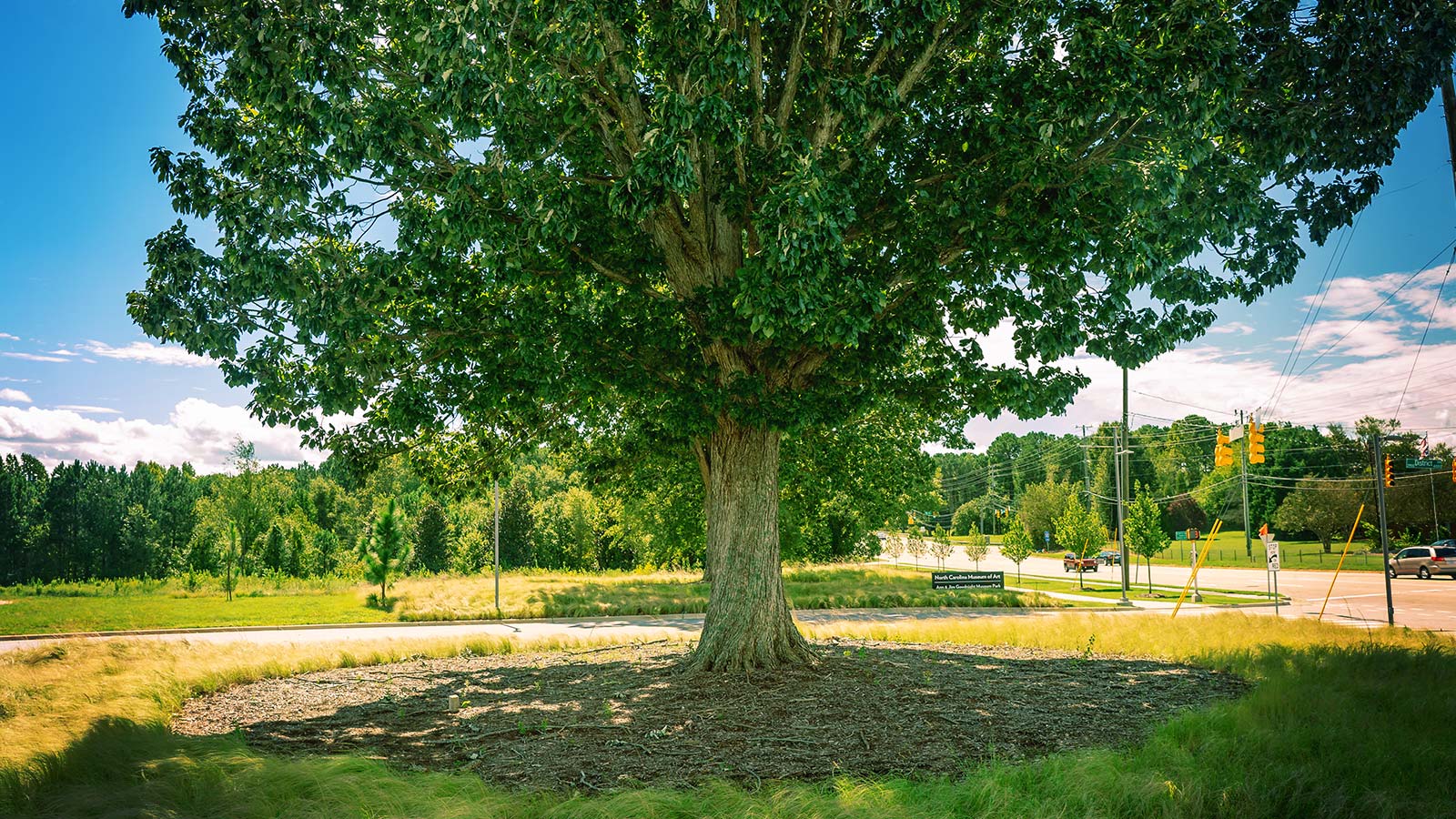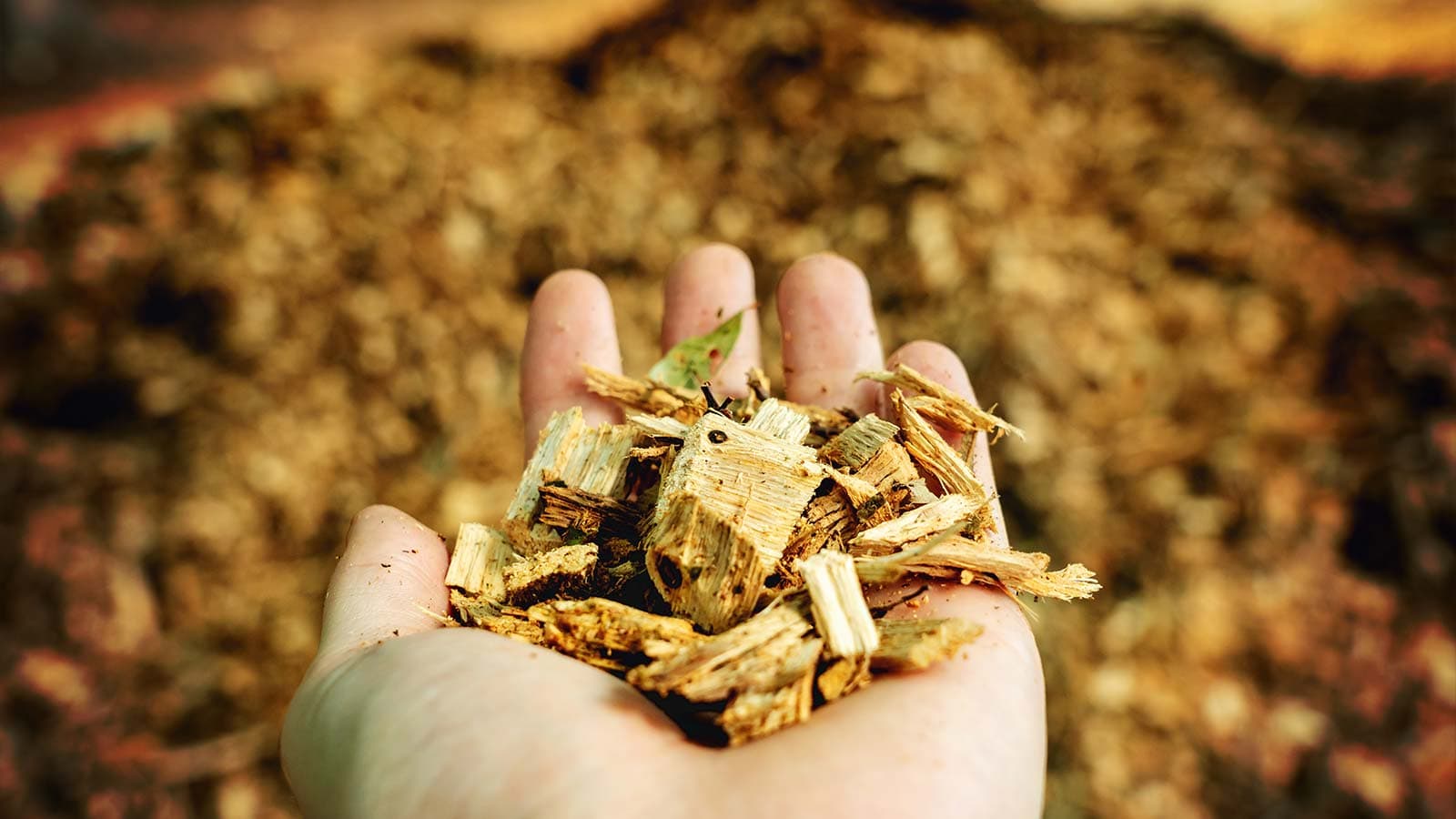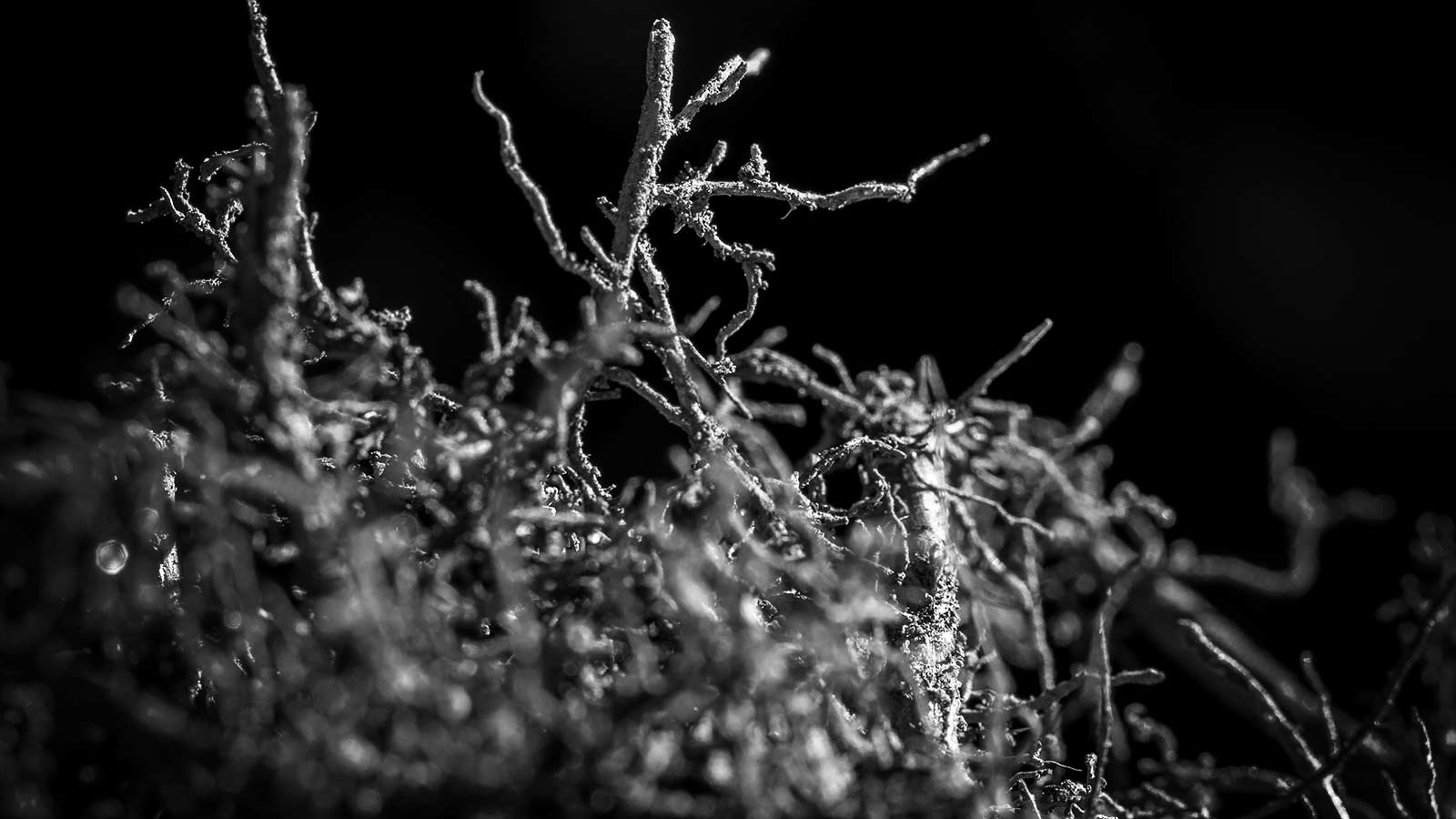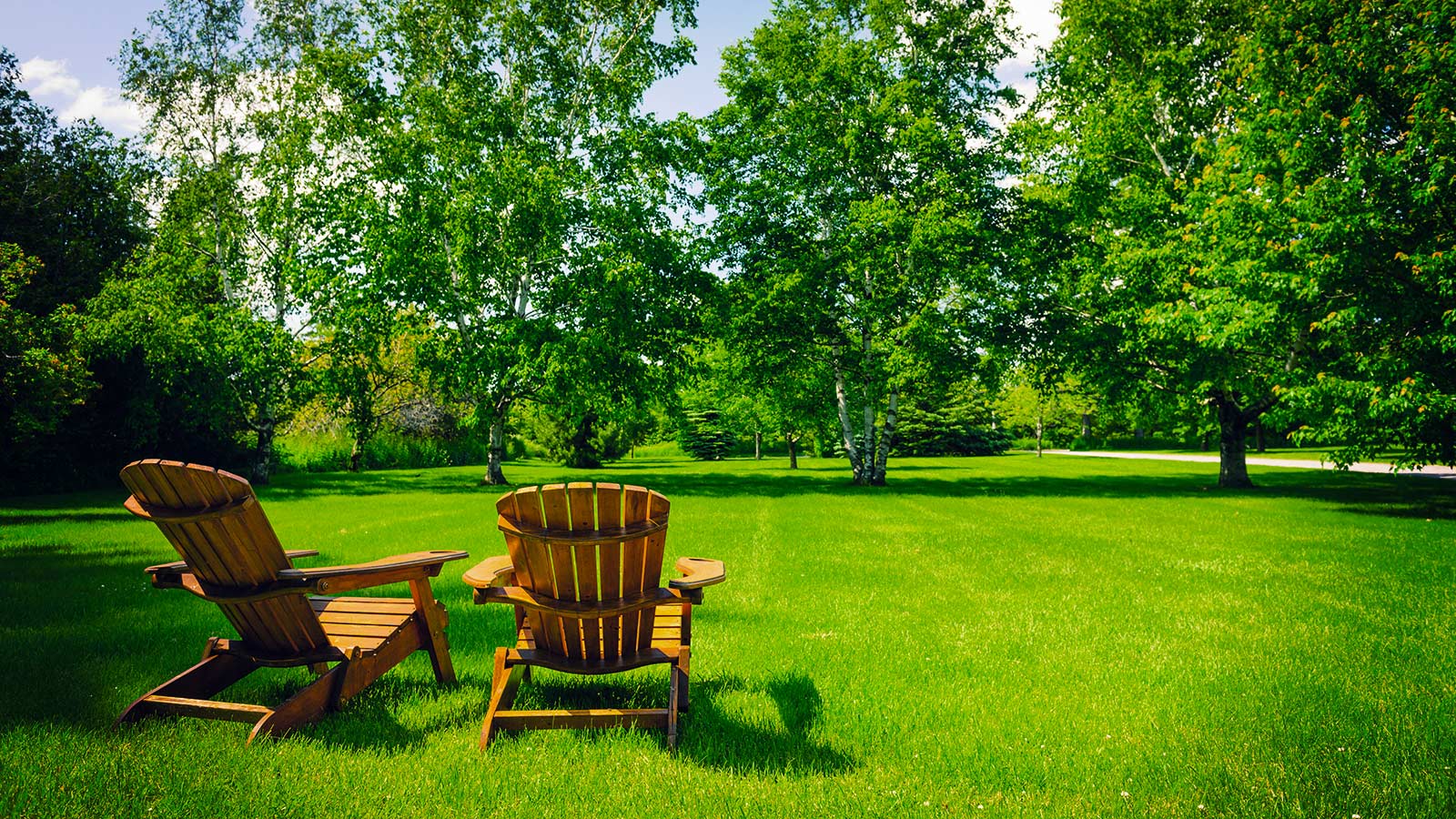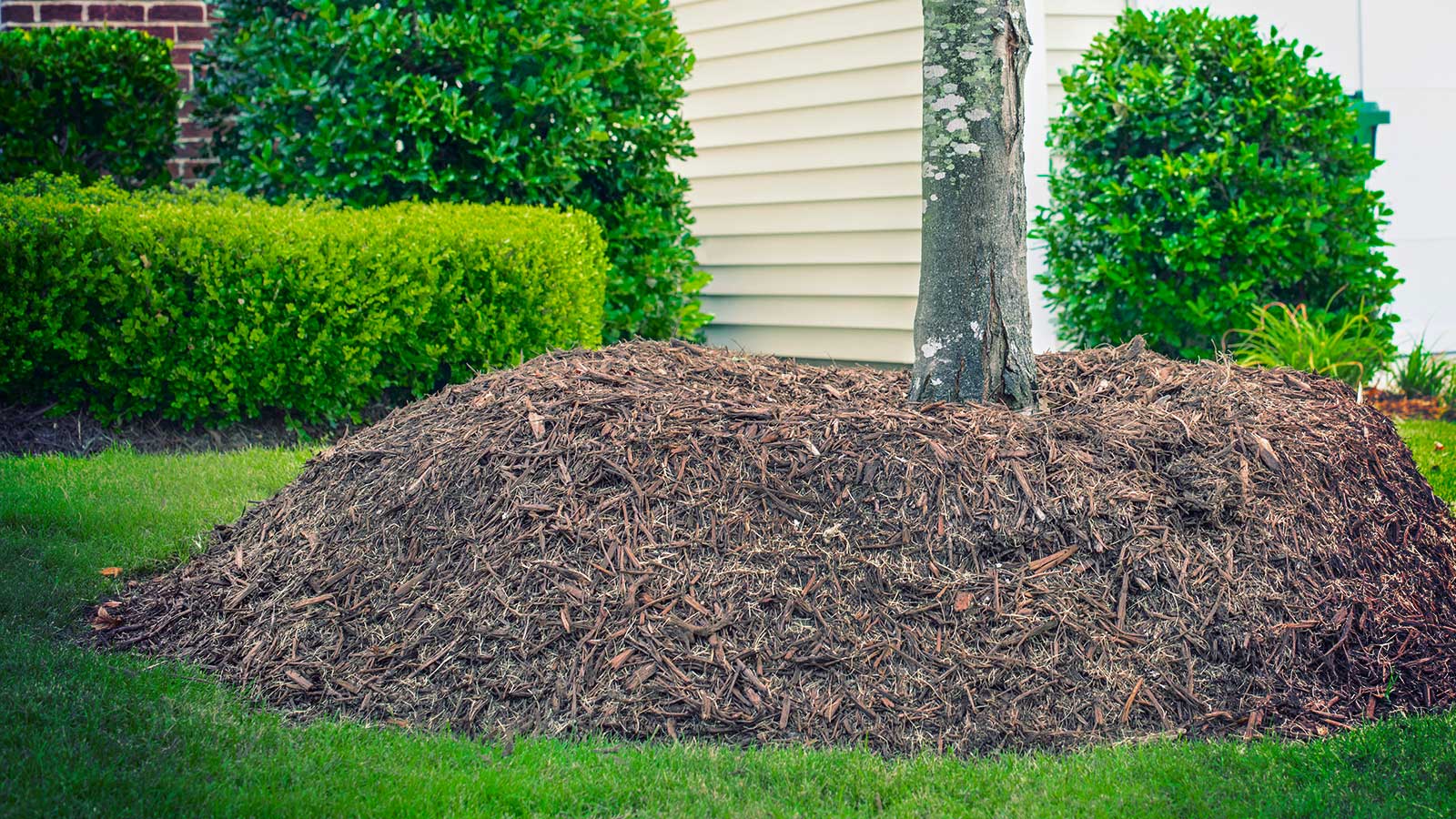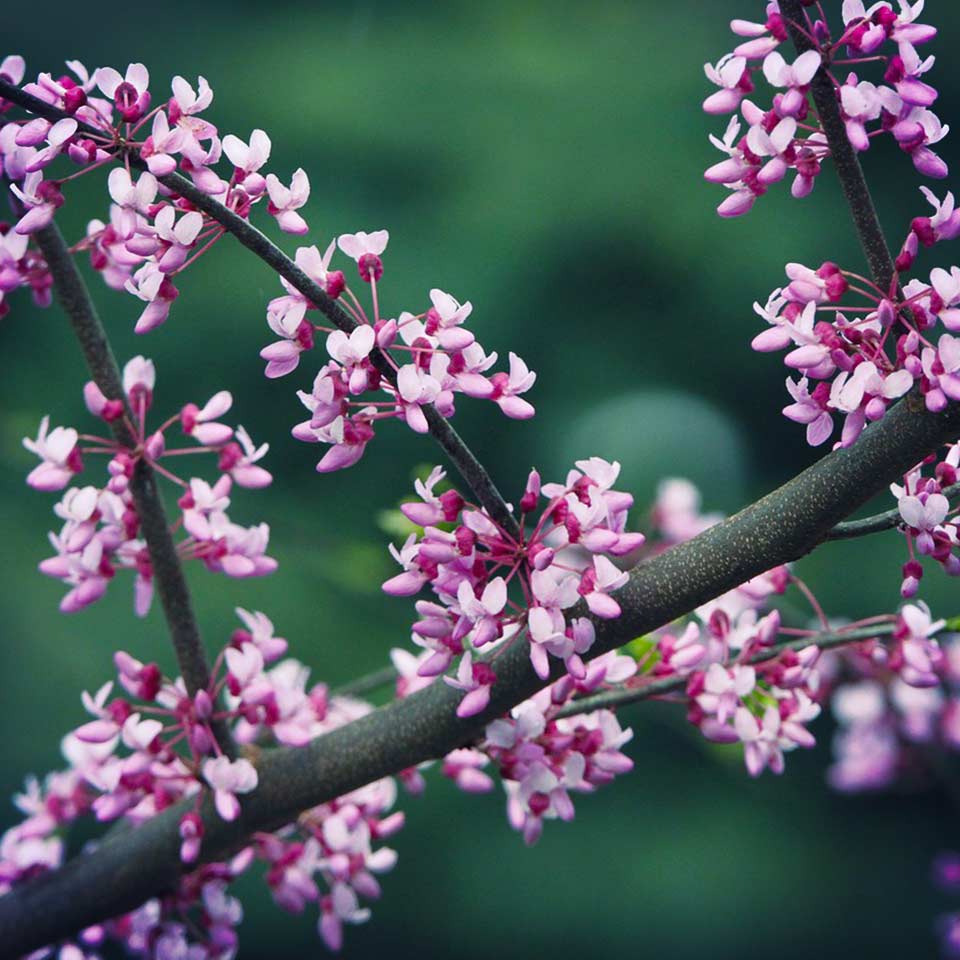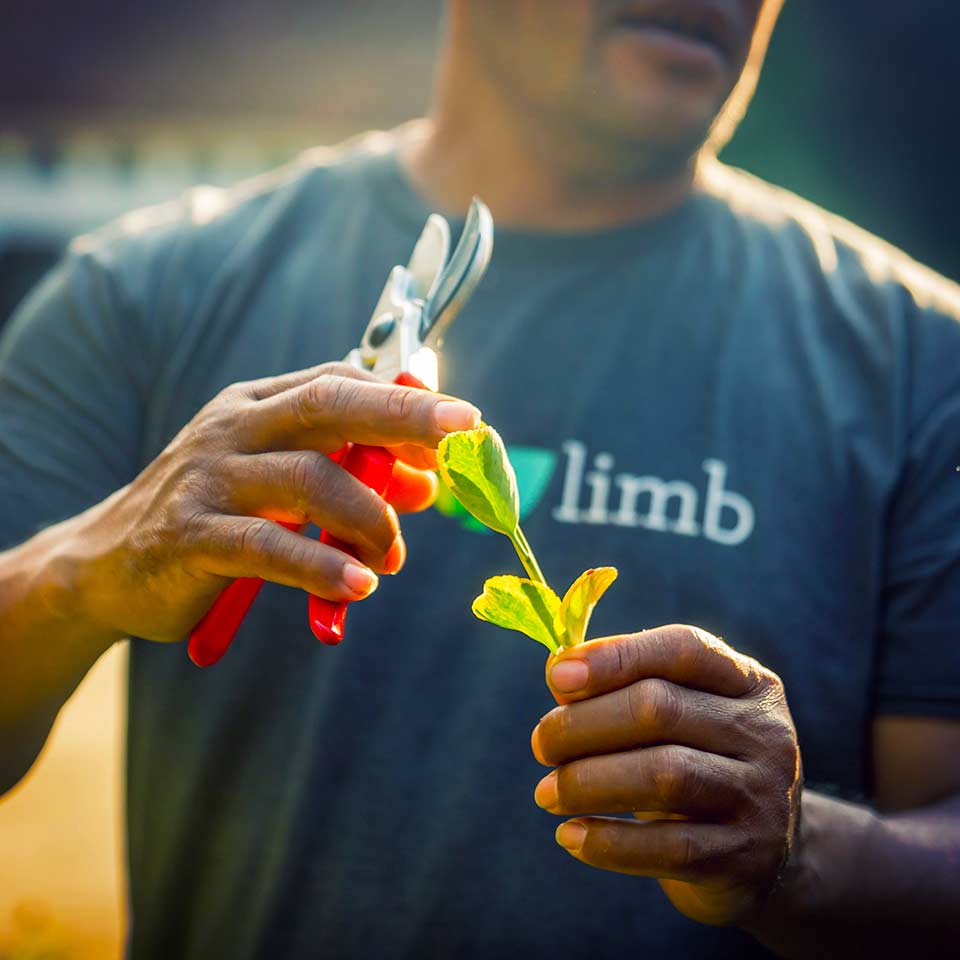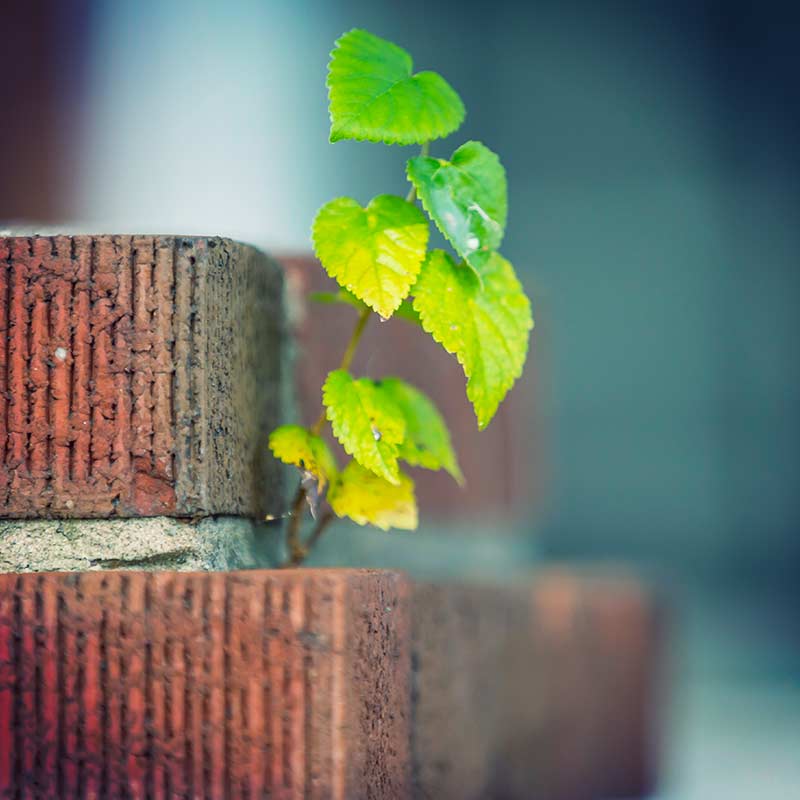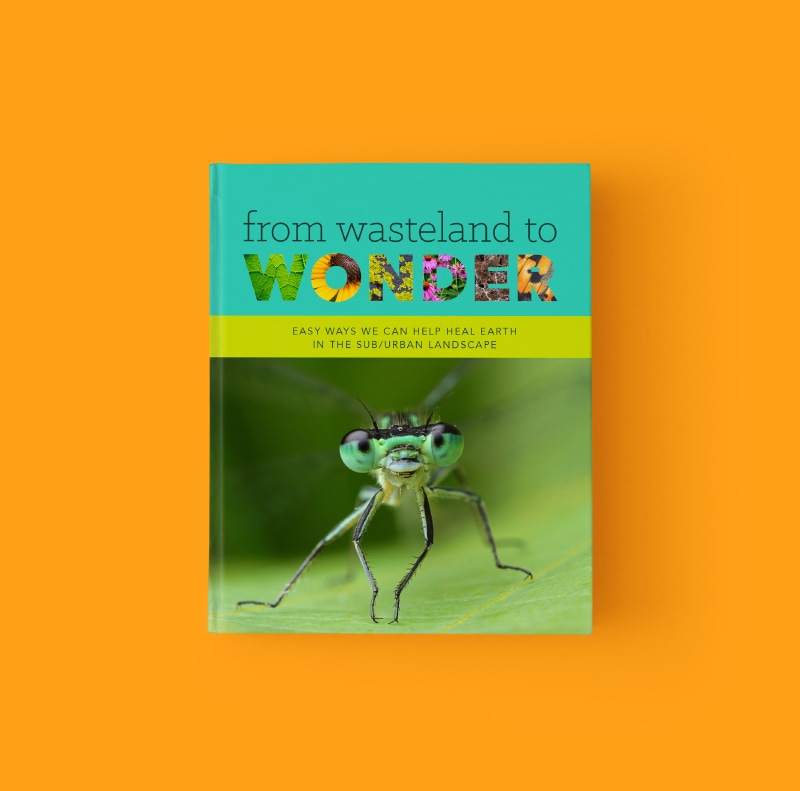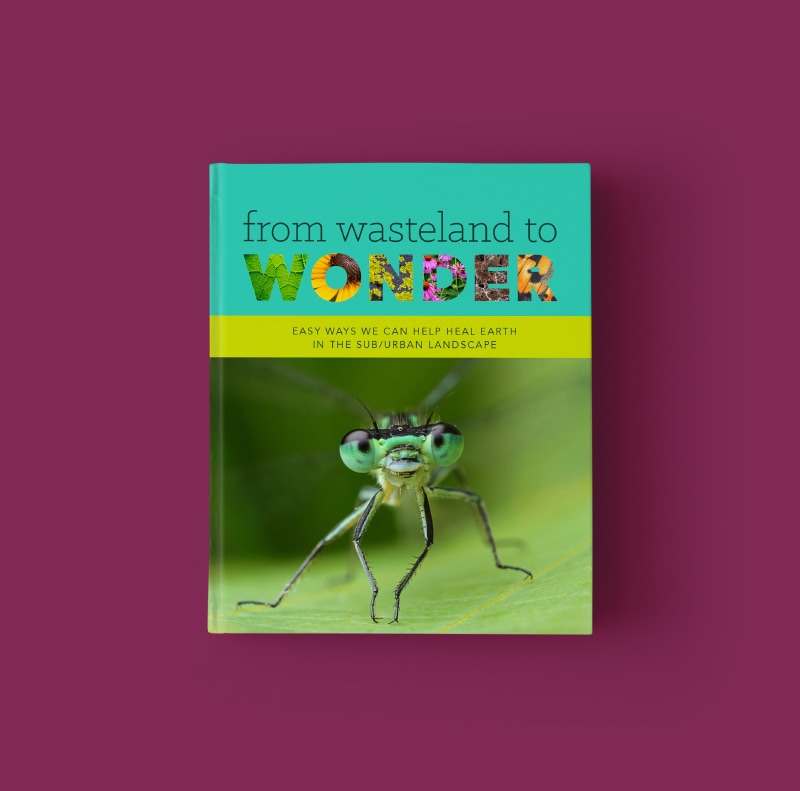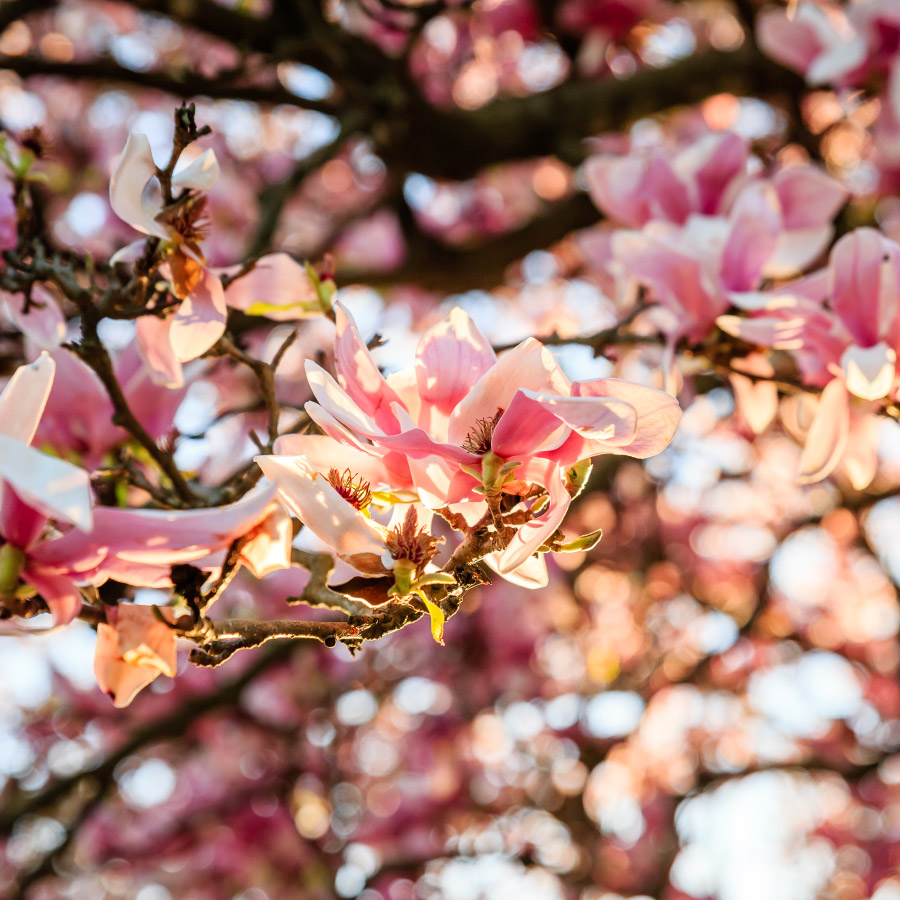Seeds of Change: 9 Ways to Foster Lasting Environmental Impact
Strategies we use at Leaf & Limb to inspire people to help heal Earth.

Below is an unused excerpt from an early draft of my book, From Wasteland to Wonder – Easy Ways We Can Help Heal Earth in the Sub/Urban Landscape, in which I teach readers how to use the spaces where they live, work, and play to save time and help heal Earth.
The art of changing systems is highly complex. I am an amateur at best. But using the strategies below, we at Leaf & Limb have successfully inspired clients, volunteers, and other members of our local community to help heal Earth. While I am no expert, I have gained personal and professional insights on this topic that I want to share with you now in the hopes that you can use these ideas to help inspire others.
Tip #1: I use implicit motivation (inspiration) and avoid explicit motivation (shame).
I learned this concept from Gabriel Grant and Jason Jay in their book Breaking Through Gridlock. Explicit motivation happens when I tell someone what they should do. This often feels like judgment and can trigger shame. Implicit motivation, on the other hand, comes from my sense of purpose and what brings me joy. It has no bearing on what someone else should or should not do. Instead, my sense of purpose may inspire others to align with my perspective because they feel drawn to it.
The challenge is that implicit motivation can be subtle. Consider these two statements:
- “I care for trees because they are essential to the well-being of Earth.”
- “I care for trees because I love this planet and think it’s beautiful.”
The first carries a subtle finger-wagging tone, suggesting that if you don’t care for trees, you don’t care about the well-being of Earth. It implies that you are an “Earth Destroyer.” This can lead to feelings of judgment or shame. The second statement simply shares my joy and personal connection to the planet, which is more likely to inspire without invoking guilt.
I have experienced so much joy on this journey. I love my meadow because it is a place where life thrives, colors flash brilliantly in the summer sun, and I can sit for hours in introspection. I love planting and raising trees because it fosters connections with people in my community and brings the satisfaction of seeing saplings grow into mature trees. I love working with soil because of its rich scent and the fascinating tiny critters I encounter.
What experiences bring you joy and purpose? What consistently taps into your passions? Reflecting on these can help you inspire others.
Tip #2: I avoid using fear to motivate because it is ineffective.
There is already so much to fear. When I hear about something new to worry about, I often feel overwhelmed and set it aside to protect my mental bandwidth. Fear-based motivation competes for space that simply doesn’t exist.
Beyond that, fear often hinges on looming, catastrophic consequences. For example, much attention is given to how our actions raise global temperatures and how things will worsen if we cross certain thresholds. But this assumes we will witness pivotal, Hollywood-style disaster moments. That’s not how geological and ecological changes usually unfold—they happen slowly, often invisibly, over long periods. The reality is that things are already far worse than most people realize. Ecological degradation has been happening for thousands—if not tens of thousands—of years. But most people struggle to perceive these changes because they are incremental. This is the essence of shifting baseline syndrome.
We are born into a world that feels normal, unaware of how much healthier ecosystems once were. Over our lifetime, environmental conditions decline slightly, but the difference feels negligible. However, if someone from 7,000 years ago could see today’s world, they would be horrified.
Because no single, defining moment signals that things are “officially bad,” fear-based messaging often fizzles out. People stop paying attention, and we continue down destructive paths. Worse, fear-driven responses can lead to rash decisions that overlook long-term consequences.
Just as explicit motivation fails to inspire, fear-based approaches overlook the joy and beauty that come from caring for life on this planet.
Tip #3: I inspire change by showing how it saves time and money.
I’ve found that if I can show how a particular action saves time and/or money, people are more likely to adopt it, regardless of whether they share my environmental concerns.
Nearly every positive change in the sub/urban landscape results in noticeable savings. This principle extends beyond our immediate surroundings to larger systems like refrigeration, industrial agriculture, deforestation, food waste, and energy production.
The real obstacles are structural—things like subsidies for industrial agriculture or the quarterly profit expectations of corporations. Drawdown by Paul Hawken highlights many solutions that save money while benefiting the environment.
Tip #4: I vote with my money.
I try to support companies that care about soil biology, trees, oceans, water quality, land conservation, and the well-being of all life. Patagonia is a perfect example. Their products cost more because they account for environmental and social costs—what economists call “hidden externalities.”
Paying more for a Patagonia jacket means I’m supporting ethical labor practices and sustainable production. In return, I get a high-quality product that lasts.
Yvon Chouinard, Patagonia’s founder, didn’t just build a company—he inspired a generation of entrepreneurs to use business as a force for good. His book, The Responsible Company, shaped my journey and influenced the evolution of Leaf & Limb.
Finding ethical companies requires effort. Greenwashing, when companies pretend to be environmentally friendly, is widespread. I look for businesses that are certified as B-Corps or those affiliated with 1% for the Planet.
Corporations and governments take notice when enough of us direct our spending toward companies that align with our values.
Tip #5: I get involved locally.
Focusing on local change is one of the most effective ways to address political and environmental challenges. Even a handful of committed people can influence elections, policies, and community projects. For example, I joined a small group in North Carolina that stopped HB496, a state bill that threatened tree protections statewide. Local ordinances, landscaping policies, and development rules are often written by a few key decision-makers. By showing up and participating, I’ve seen firsthand how one voice can make a difference.
Tip #6: I share knowledge.
I’ve found that many people and organizations are eager to adopt better practices once they understand why change is necessary and how to implement it. Often, the missing piece is simply knowledge. There are many ways to share what I’ve learned:
- I have conversations with neighbors and friends.
- I give presentations at local garden clubs, libraries, and community events.
- I create videos and post them on websites, YouTube, and social media. If a picture is worth a thousand words, a video is worth a thousand pictures.
- I distribute information through neighborhood listservs, online forums, and professional networks.
- I organize workshops and events through my religious affiliations, social groups, and hobby circles.
Another powerful way to share knowledge is by living it. Few things spark curiosity like seeing sustainable practices in action. My native meadow, for example, often draws questions from passersby. That simple act of being visible creates opportunities for connection and conversation.
As I share, I strive to improve how I communicate. Neil deGrasse Tyson inspires me in this regard. Despite being an expert in a complex scientific field, he consistently engages and excites audiences who lack his training. He simplifies without oversimplifying, making science fun and accessible.
I aim to achieve something similar. I know I’ll never be as charismatic as Dr. Tyson, but I hold onto the goal of seeing someone light up with a new “aha!” moment. I want to make learning about environmental stewardship enjoyable, enlightening, and easy to understand.
Tip #7: I use behavior to change mindset.
One of the most transformative experiences I’ve had was working directly with trees, soil, and flowers—through Leaf & Limb, Project Pando, and in my own backyard. Experiential learning, I believe, is one of the most powerful agents of change.
Planting my first tree changed how I saw the world. I became fascinated by its branches and tangled roots. As I dug the planting hole, I noticed the tiny creatures living in the soil and wanted to learn more. After planting the tree, I felt responsible for its care, which kept me coming back to water it. Each time I visited, I saw new insects and birds making homes in its canopy.
Ten years later, I biked past that tree with my children. I stopped and told them the story of when I planted it, and they were amazed by how much it had grown. That single experience, rooted in action, created a lasting connection to the tree, to the land, and to the greater ecosystem.
Reading about tree planting or donating to organizations that do this work is valuable, but nothing compares to the hands-on experience of doing it myself. I’ve seen this same transformation in others who get their hands dirty for the first time.
Mindset can drive behavior, but I believe the reverse is just as true. Sometimes, acting first leads to deeper reflection and change.
Tip #8: I keep learning.
I remind myself that ideas are like clothes; they aren’t permanent and I need to change them regularly. To continue growing, I have to keep learning.
I read books and articles on environmental policy, leadership, soil science, and the evolutionary biology of trees. I intentionally branch out into topics outside my core interests. It’s surprising how often insights from unrelated fields connect to my work.
But I don’t stop at intellectual learning. I also work on becoming a better person. I believe that to cultivate positive environmental change, I need to cultivate positive change within myself.
I do this through regular meditation, practicing gratitude, and trying to stay present. I also prioritize my well-being by getting enough sleep, eating well, exercising, pursuing hobbies, and fostering relationships. Like trees, I can only thrive if my “soil” is rich and healthy.
I’ve also learned so much simply by observing the natural world. Walking through forests, watching how ecosystems interact, and paying attention to what grows near creeks or fields has been profoundly educational. Nature is the best teacher.
Tip #9: I aim to change paradigms.
There are many ways to create change, but some approaches have more impact than others. Let’s say I want to increase the number of trees in Raleigh, NC. Here are several ways I could go about it:
- Plant a single tree.
- Help my neighbors plant trees.
- Volunteer with a nonprofit for a tree-planting event.
- Start a nonprofit to plant trees year-round.
- Create educational videos and blog posts about the importance of trees.
- Develop a curriculum to teach children about tree care.
- Run for city council and pass ordinances requiring developers to preserve and plant more trees.
Planting a tree is valuable, but changing city policy can result in thousands of new trees over time. Actions that shift paradigms—like influencing policy, education, and business practices—often create the most lasting impact.
Donella Meadows’ Thinking in Systems explores this idea in depth, explaining how systems change works and how paradigm shifts sit at the top of the ladder of influence.
That said, no action is too small. Planting one tree matters. Every step in the right direction contributes to larger systemic change.
Final Thoughts:
Whether we plant a tree or change an entire paradigm, we are sowing seeds that help heal Earth. We are all on different paths. I try to avoid judging people for doing things I once did. Years ago, my company made most of its money cutting down trees. That experience keeps me humble and reminds me to meet people where they are.
The goal isn’t perfection, it’s progress. By sharing joy, focusing on local action, and continuing to grow, I believe we can create meaningful environmental change together.

